You are using an outdated browser. Please upgrade your browser to improve your experience.
We use cookies to improve your website experience and provide more personalized services to you, both on this website and through other media. By continuing to use this website, you agree to our use of cookies as explained in our Cookie Policy . Please read our Cookie Policy for more information on how we use cookies and how you can disable them.
New User? Register
- Manage bookings
- Cancellation
- On Behalf Booking
We're unable to sign you in because the password entered incorrect.
Your request for OTP will be sent to registered email id and mobile number, if not registered please do the same.
You exceed the OTP limit. Please try again after some time
Don't have an account?
- Contains between 8-12 alphanumeric characters.
- Can add special character but not mandatory(Only !, @, #,$,%,^,&,* to be used).
- Does not contain White spaces
I would like to be kept informed of special Promotions and offers. I hereby accept the Privacy Policy and authorize Thomascook to contact me.
Already have an account?
- Your existing Google or Facebook Id will be a Thomascook ID
- No need to remember different Ids & Passwords
- One Click login
Fill in the email Address that you used to register or book with Thomascook.
We will reset and send your new password.
Please enter the valid email address
Thomascook Staff / Preferred Agents / corporate's, please enter your Login-id only. E.g. Tcil_aalok / Jaft_prakash / Rc_mumbai
Your request for new password has been accepted.
The new password would be emailed to the registered email address, if not registered please do the same
- india tourism
- best time to visit north east

Best Time To Visit North East
Best time to visit north east.
Wondering when would be the best time to visit North East? The months starting from March to June are considered to be the best time to visit North East. As these are ever-blooming days ideal for exploring the tribes, trails and teas of this magnificent region.
North East India is often referred to as a Kingdom in its own right. And, for a good reason too! The awe-inspiring landscape stands out like a solitary red apple on a giant emerald tree – so unique and special. The best time to visit is from March to June if wanderlust is what you’re craving. These ever-blooming days are ideal for exploring the tribes, trails and teas of this magnificent region. The incredible states of Arunachal Pradesh, Assam, Manipur, Meghalaya, Mizoram, Nagaland, Sikkim and Tripura hardly seem like they are part of India, but indeed we’re proud to call them Indian! With cultures so distinctive and traditions so innovative, the land beckons to intrepid travellers from the world over. From religion to cuisine, spirituality to recreation, there are endless avenues to tread. No matter the time of year, the charming cities, towns and villages of each sister state, continue to excite and thrill locals and foreigners.
So, to help you decide on the best time to visit North East India, we’ve put together a simple guide of its seasons and accompanying weather. Now, you don’t have to waste time and energy mulling over this decision.
Peak Season – If wanderlust is what you’re craving, then North East India during the golden months of March to June is the best time to visit. These ever-blooming days are ideal for exploring the tribes, trails and teas of this magnificent region.
Shoulder Season – October to February
Low Season – July to September
North East in Winter (October to February)
Temperature – The air temperature during the season of winter fluctuates between 0°C and 22°C.
Weather – The weather of North East India in winter ranges from chilly to biting cold, depending upon the State in question. Higher altitude regions such as Arunachal Pradesh and Sikkim drop to sub-zero temperatures, with accompanying snow fall and icy landscapes. Lower altitude regions such as Mizoram and Tripura are blessed with mild winters that exude pleasant temperatures and enable you to navigable plains. In general, this season sparkles with crisp air and a rejuvenating atmosphere.
Significance – The season of winter is the absolute perfect time for individuals to explore the quaint mountain villages and country sides of North East India. When blanketed in snow, the plains take on breath-taking beauty like no other. The fascinating tribes, bold culture, thrilling wildlife and blooming flora stand out fiercely. Roing and Tawang, in Arunachal Pradesh, are particularly ethereal winter spots to traverse. With its sacred monasteries and abbeys, amidst spectacular natural sky lines, one may never want to leave!
Why you should visit now – Winter is perhaps the best season to visit North East India in, if you’re looking to navigate the national parks and wildlife sanctuaries. In fact, the world famous Kaziranga National Park is especially thrilling during this time. Imagine spotting the one-horned rhinoceroses and Ganges River Dolphin, while the air fizzles with a delicious chill. Safaris are best taken when the atmosphere is cool. Furthermore, this season bustles with colourful celebrations such as the magnificent Hornbill Festival.
Things to know before the visit – The upper regions of North East India experience snowfall in the months of November, December, January and early February. If you’re looking to experience the wonders of this weather, you might want to plan your trip during the former months. However, there is a risk of landslides and road blockages during this time. This season is deemed as shoulder season, with a flood of tourists streaming in. As such, it is recommended that all travel and accommodation be booked well in advance. Expect larger crowds and a general bustle in the air.
Tips – Irrespective of the state you’re traveling to, your attire needs to account for extreme weather. Which means you need to throw in woollen sweaters, vests, scarves, gloves, beanies, socks, a winter jacket and thermals. Throw in some moisturizer and lip balm as you don’t want your skin to shrivel up or dry.
North East in Summer (March to June)
Temperature – The air temperature during the season of summer fluctuates between 10°C and 38°C.
Weather – The climate of North East India during summer is variable. It ranges from cool to scorching, depending upon the region and elevation. While the northern-most parts face pleasant and friendly summers, the lower altitude regions can get particularly hot. All in all, this period is considered to be the best climate to visit North East India in, due its crystal-clear skies, amber sunshine and blooming flora!
Significance – From learning about amazing tribal cultures to meditating at ancient temples and tasting traditional cuisine, summer enables diverse experiences. Individuals can be out and about, without the hassles of rain, slate or snow. This is the most ideal season for one to meander along the off-beat paths and trails. Ziro Valley, Jaintia Hills and Dawki River are some of the natural wonders that are especially beautiful during the summer.
Why you should visit now – The season of summer is conducive for all kinds of adventure sports and thrills. Trekking, hiking, mountain biking, picnicking and kayaking are some of the most exciting activities to engage in, amidst mountains, valleys and endless blue sky. Furthermore, there are vibrant festivals to partake in, that give rare insight into the unique tribal culture.
Things to know before the visit – Summer is deemed as peak tourist season. This means, you’ll be greeted with larger crowds, longer queues and significantly slower service. It’s imperative to make hotel, fight and tour bookings well in advance, to avoid any last-minute obstacles. Also, certain regions experience hot weather during the day, which can get very uncomfortable during sight-seeing trips.
Tips – When exposed to the sun’s rays, especially at high altitude regions, it’s important to take precautions. Sunscreen, sunglasses and a hat/cap are important carry items. When it comes to your attire, light cotton clothing will suffice. However, it’s also important to pack long pants, cardigans and sweaters. Depending on the region you’re visiting, you will need to layer up or shed down.
North East in Monsoon (July to September)
Temperature – The air temperature during the season of monsoon fluctuates between 9°C and 35°C.
Weather – North East India during monsoon is a tropical affair. Rainfall ranges from moderate to heavy, while temperatures vary from hot to cold. The climate is contingent upon the state in question. Higher altitude regions experience chilly weather while regions closer to the equator remain balmy. From stickiness to freshness, monsoon dons many hats. In general, the atmosphere is friendly and the landscapes are lush and plush.
Significance – Regions such as North East India are particularly exquisite during the monsoons. The hills, valleys, lakes, rivers, waterfalls, plantations and forests glisten with emerald beauty. This is a wonderful time to enjoy the tranquillity, serenity and immense beauty of Mother Earth. In fact, Meghalaya is considered to be the world’s rainiest state! Imagine experiencing the magic and mystique of nature!
Why you should visit now – The season of monsoon is a delightful time to enjoy heritage bungalows, boutique hotels and enchanting resorts. Individuals can visit green tea plantations, where they can pick the leaves and drink the delicious concoction too! Furthermore, this period is perfect for relaxing spa days and scenic drives.
Things to know before the visit – It’s important to bear in mind that regions in North East India are susceptible to natural disasters such as storms and landslides. Due to unforgiving and unrelenting rainfall, road blockages may occur and communication can get hampered. Take note of this while planning your itineraries. Also, all adventure sports are inoperable during this time.
Tips- It’s always better to be safe than sorry. Which is why we’d recommend the following things – umbrella, raincoat/windcheater, gumboots/sandals, mosquito repellent, waterproof backpack. Always pack extra pairs of dry clothing and shelter all those electronic gadgets in plastic bags. Lastly, refrain from eating or drinking at unhygienic road-side food stalls.
North East India is a gateway into a wholly different universe. Are you ready to experience the sheer brilliance of one of India’s most unique regions? If you’ve decided your best time to visit, look through Thomas Cook’s excellent tour packages!
Recommended north east Holidays
Best domestic packages.
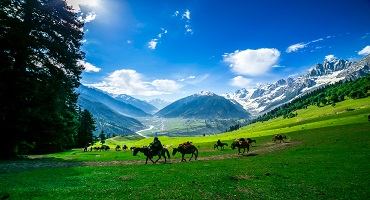
Best International Packages
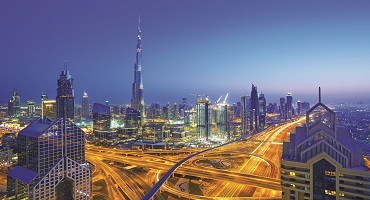
Our Featured Blogs

50 Goa Beaches, Including The Ones You Don’t Know
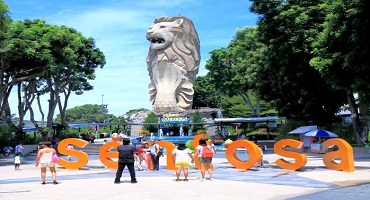
Sentosa Island – Everything You Need To Know About
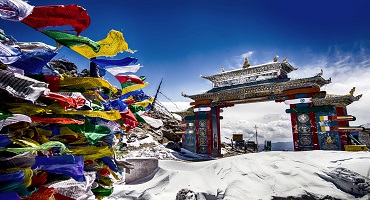
10 Things You Probably Don’t Know About North East India

Top 5 Magnificent Canadian Cities: You Must Visit
- International Honeymoon Packages
- Popular Tourism Destinations
- Most Trending International Holidays


The Best Time to Visit North East India – Month-by-Month Guide

Surrounded by great ancient monasteries, dense forests, snow-covered mountains, calming lakes, beautiful valleys, and gushing waterfalls, every corner of North East India seems like magic. Taking you very close to heaven, every individual who is a tourist lover should go for a North East India trip once in their lifetime to explore various secrets of the area. But, confused about the best time to visit the place? Scroll through the article to know the best time to visit North East India.
North East India boasts of its ravishing beauty that is untouched by the everyday life of plains and offers a great trip experience. Enjoy its lush greenery and various other beautiful views that invite tourists from all over the world. Experiences at home like feeling in the cleanest villages, trekking on ancient root bridges, getting cozy in various gorgeous hill stations, exploring several monasteries, experiencing boating, and many more. Explore the unexplored North East India with your friends or family or solo.
Table of Contents
Best Time to Visit North East India
Well-known for several unique cultures and tribes, the stunning land of North East India serves as the best place that offer you a relaxing vacation. Although the wonderful beauty of the seven sisters could be seen at any time, the best time to visit North East India entirely depends on the place that you wish to visit. However, November-May seems to be the best time to visit the beautiful place. These months entirely lie in transitional zones when you can enjoy glorified hills or have enough playing time with snow near hill slopes.
Search for peace in the aura of glorious monasteries in North East India during November and December. Experience winters, when hills are entirely covered in a blanket of pristine snow that seems like white brushstrokes over the landscape. Experience clouds just above the peaks, that cover the entire city with pleasant shade.
Although the monsoon in North East India is unpredictable and wet, visiting the area during this season is a treat. The lush greenery of beautiful valleys enhances manifold along with a touch of emerald green leaves that glisten with raindrops. Enjoy the lakes and streams filled to the brim, that showcase stunning beauty. Explore the mesmerizing beauty of hills, however, could be done in any of the months for a memorable trip.
- 10 Days North East India Tour Package
- North East India Tour for 13 Days
- 5 Nights 6 Days North East India Trip
- North East India Itinerary for 8 Days
- 16 Nights 17 Days North East Package
- Check More Packages for North East India
Month-by-Month North East Weather Guide
- January and February serve as the best months to visit Meghalaya , Nagaland , and Assam which possess average temperatures at low elevations. But, in Gangtok, it is cold, with a temperature of 6℃, but with a clear sky.
- High areas of Arunachal Pradesh receive heavy snow, making it tough to reach there during January and February month.
- Late February , March , and the first week of April are the best times to visit Kaziranga National Park, as during these months controlled fires are lit to burn elephant grass, which makes the visibility clear.
- Experiencing trekking around Darjeeling and Sikkim is best in, March & April, October , and September . Moreover, enjoy the clear sky and sun during your trekking experience.
- The best time to visit Assam, Nagaland, and Gangtok is during May as the places possess pleasant temperature that makes the trip memorable.
- Enjoy The Hornbill Festival of Nagaland which happens in the first week of December every year.
North East India Peak visiting months: April-June
Months between April and June mark the beginning of the summer season in North East India and the climate turns into a pleasant one all around. The pleasant climate permits you to view nature’s glamorous beauty along with calm strolling around towns. Hence, these months seem to be the perfect time to make a trip to North East India, as the temperature remains between 22℃-23℃. You can experience a clear sky along with the bright sun, engulfing the beautiful landscape in its hue. The lakes and rivers flowed calmly, under the sun’s rays and the wildlife came out of their home to enjoy the summer sun.
If you are planning for a trip to North East India during these months, you could spot vibrant colored birds chirping around flowers or any animal walking across the forest’s borders. Also, enjoy various adventurous activities, like kayaking or boating. Enjoy hiking and biking across the hills and make your trip the most memorable one. Try out some other exciting activities that can make your trip more joyous.
- Visit Kaziranga National Park in Assam and view the majestic Rhino.
- Feel the calming aura of Tawang monastery in Arunachal Pradesh .
- Witness the wonderful view of the sunset behind the Khangchendzonga range.
- Visit NathuLa Pass, Jaintia Hills, and Dawki River for a lesson in nature’s awesome beauty.
- Explore various mountain caves along hill slopes to achieve a memorable trip.
- Take a photography tour to grab nature’s pictures.
The North East from October to March
Winter comes over the hills of North East India at the end of October and lasts till the beginning of March. Although certain regions experience harsh winters, yet, certain places are worth visiting during these months. The temperature during the daytime might fluctuate between 12℃-22℃ , and as night comes, the temperature almost reaches zero degrees or minus. North-East India hill stations are covered with a thick layer of snow that offers visitors a paradise. So, if you wish to view snow during your Northeast journey, these months serve as the best time to visit. Apart from this, you can enjoy various other things.
- Take part in various colorful festivals like the hornbill festival occurring during these months.
- Ensure to visit various monasteries to experience a serene atmosphere.
- Enjoy walking on ice at Tsomgo Lake which is entirely frozen during these months.
North East off-season months from June to September
Marked by bountiful rain and wet climate, monsoon season in the hills of North East India begins during June’s end and lasts till September. The entire region witnesses heavy downpours throughout the day, resulting in landslides in various slopes that block travel routes. Thus, it is not recommended to visit the region during these months. However, this season acts as an offbeat gateway, where you can view gushing waterfalls and fresh blooming leaves and flowers. Besides this, make sure to enjoy other things if you visit the region during these months.
- Enjoy cascading waterfalls from hills.
- Enjoy the smell of fresh sprout buds and lush greenery all over the valley.
More Information North East India:
- North East India Travel Places to Visit in November 2024
- 10 places in North East India to enjoy spectacular sunset Views
- Top Destinations North East India to See in September 2024
- Visit North East India Tourist Destinations in October 2024
- 10 Most Famous Food in North East India
- North East India 8 Most Popular Homestays
- Trekking in North East India For Adventure Lovers
- Top 9 Must-Explore Hill Stations in North East India
- North East India’s 10 Famous Snowfall Destinations
About The Author
Tusk Travel Team
Related posts.

The 13 Most Popular Places to Visit in Gangtok

20 Amazing Places to Visit in Assam – The Land of Pride
Leave a comment cancel reply.
Your email address will not be published. Required fields are marked *
Save my name, email, and website in this browser for the next time I comment.
You will be redirected to your dashboard shortly. We will also call you back in 24 hrs .
- North East Trip: Explore The Seven Sisters, One Brother, And A Neighbor In 2024
26 Mar 2023
Encompassing the best of dense forests, ancient monasteries, snow-capped mountains, pristine valleys, glistening lakes, and cascading waterfalls, every bit of North East India feels like magic. Taking you one step closer to heaven, every person who’s a traveler by heart, must go on a North East trip at least once in their lifetime to unravel the secrets of North East India! Make sure to check out our guide to know more about these awesome destinations.
Feel at home at the cleanest villages in Asia, trek on the oldest root bridges, chill in the most beautiful hill stations, encounter the one-horned rhinoceros, explore the numerous monasteries, enjoy boating in one of the river islands, and much more. Whatever your reason may be, the fact remains intact that a major part of North East India still remains unexplored. It doesn’t matter whether you’re traveling solo, with friends, family, or your better half, a North East vacation is an experience which should definitely be included in every traveler’s bucket list.
If you’re expecting a safe North East trip during coronavirus, then the below discussed destinations will come in handy. Even during this time of pandemic, they are getting quite frequent visitors.
Table Of Content
- States In North East India
Best Time To Visit North East India
North east india trip: places to visit, total states in north east india.

Image Source
Ever asked that question to yourself? We did too and it turns out, that the North East India comprises of seven sister states, i.e., Arunachal Pradesh, Assam, Manipur, Meghalaya, Mizoram, Nagaland, Tripura, and one brother state of Sikkim. Not just that, you’ll discover on your trip to North East India that the region also comprises of the North Eastern area of West Bengal which happens to be the famous Darjeeling.
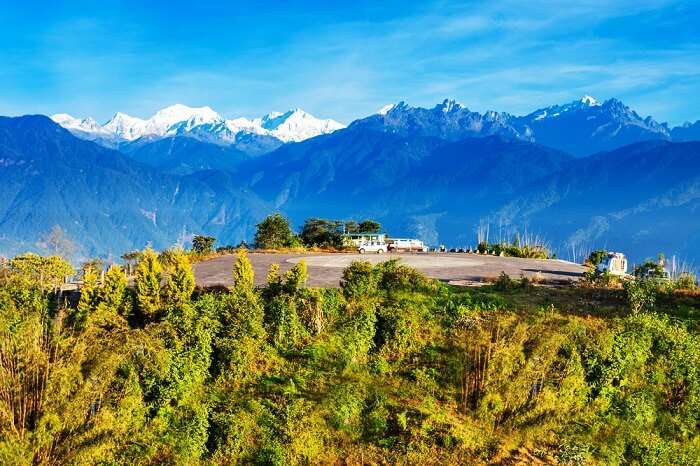
Owing much to its stunning location wherein North-East India shares its borders with the neighbouring countries of Tibet, Bhutan, Bangladesh, and Myanmar, the whole region is dominated by hills and mountains to a large extent. Due to this, the climate in North East India generally remains cool while winters do get extremely cold.
Having said that, it is advised that travelling to North-East regions should be avoided in the rainy season from May to September-end. Hence, the best time to visit North East India is from the months of November to April, which also happens to be the peak season for travellers. The weather is at its best at this time, which also makes it perfect for heading out and witnessing the true charm of the states.
Must Read: 60 Best Honeymoon Destinations In India
The famous northeast tourist attractions are a mix of nature, adventure, and romantic getaways. With picturesque views of the snow-bound mountains, these attractions are sought mostly by families, couples, and adventure enthusiasts as a holiday in Northeast India are sure to be a hit:
1. Darjeeling – Get Lost Amidst Stunning Mountains

Located on the foothills of the Himalayas, Darjeeling is the quaint, little, yet one of the famous hill stations in India . Much famed to have served as the summer getaway during the times of the British Raj, Darjeeling is known for its aromatic tea plantations, the famous toy train, and offers breathtaking views with Mount Kanchenjunga in the backdrop. If you’re a nature lover who loves a quaint vibe during a holiday, then is the place to be!
Must Experience: Enjoy a ride on the Darjeeling Himalayan Railway or the toy train Places To See: Batasia Loop, Peace Pagoda, Padmaja Naidu Himalayan Zoological Park, and more. Things To Do: Cycling in Senchal Wildlife Sanctuary , Trek to the Tiger Hills, explore the Rock Garden, boating in Mirik, Tenzing Rock climbing, and more. Key Attractions: Rock garden, Observatory hill viewpoint Famous Food: Aloo dum, Thukpa, Momos, Churpee Best Time To Visit: April to June
Sikkim-Gangtok-Darjeeling Holiday Packages On TravelTriangle
Visit Sikkim and explore Yumthang valley, Tsomgo Lake, Gangtok, Nathula Pass, and Pelling. Experience peace and tranquility while exploring Buddhist monasteries, snow-capped mountains, and wildlife sanctuaries. Book packages inclusive of airport transfers, cab, resort, sightseeing, and meals.

Gangtok & Darjeeling Tour Package 5D/4N @ Rs 13,000
Plan your trip today!

Scintillating North-East Family Tour 6D/5N @ Rs 16,065
Get quotes from multiple travel experts.
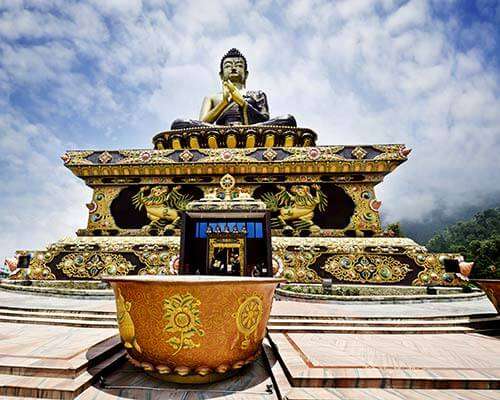
Fun-Filled Gangtok & Darjeeling Family Tour 6D/5N @ Rs 18,000
Compare & customize quotes before booking.
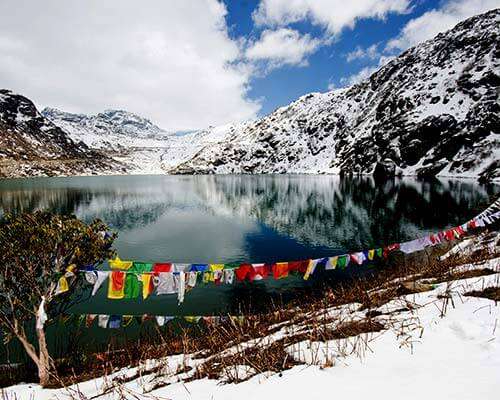
Darjeeling Gangtok Family Package 7D/6N @ Rs 20,783
Have Questions? Talk to our travel experts today.
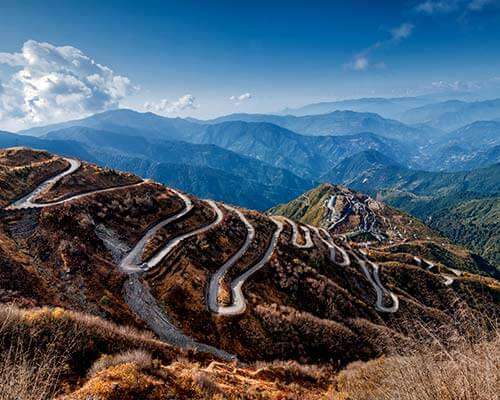
Gangtok & Darjeeling Family Tour 7D/6N @ Rs 41,265
Best prices guaranteed. EMI option available.

See more at TRAVELTRIANGLE.COM
2. Sikkim – Fall In Love With The Mountains

Popularly known as the brother state in the North East states , travelers find it very easy to fall in love with the great mountainous kingdom of Sikkim . Home to the famous Pemayangtse Monastery and the highest motorable roads of Nathula Pass, Sikkim serves as a peaceful getaway for every traveler alike. No matter how long or short your trip is, this is one place that ought to be a part of your North East trip itinerary.
Must Experience: A bike trip via Nathula Pass – the highest motorable road at a height of 4,310 metres Capital City: Gangtok Places To See: Lake Tsomgo, Rumtek Monastery , Gurudongmar Lake, Zemu Glacier, Pemayangtse Monastery, and more. Things To Do: Backpacking through the Yumthang Valley of Flowers, explore the Singalila National Park, camping at Goecha La Pass, and more. Key Attractions: Zuluch, Tsongmo Lake, Gangtok Famous Food: Sikkim tea, Gundruk, Sael Roti Best Time To Visit: Between October and mid-December
Suggested Read: 48 Places To Visit In Sikkim
Soul-Stirring Seven Sisters
Apart from the above, there are a total of seven sisters in the northeast that oozes eternal charm and beauty. Take a look below to know all about them and plan a magical North East India tour amidst nature with your loved ones:
3. Arunachal Pradesh – Mystic Views

Literally translating into the “land of dawn-lit mountains”, Arunachal Pradesh is the lesser known North East states which is yet to be explored to the fullest on an epic 5 days trip to North East India . Located in the North Eastern-most extreme of India, Arunachal Pradesh also happens to be the largest state of all seven sisters which is truly blessed naturally. While it may not be as famous as the other sisters, it is definitely worth a visit at least once in your life.
Must Experience: Explore the natural beauty of Tawang – the largest monastery in India, second to the world-largest Lhasa Monastery in Tibet, and the birthplace of Dalai Lama. Capital City: Itanagar Places To See: Pakhui Wildlife Sanctuary, Namdapha National Park, Dirang, Parasuram Kund, Daporijo, and more. Things To Do: Trek to Ziro, trek to Sella Pass, indulge in Ziro music festival, and more. Key Attractions: Nuranang falls, Bhalukpong Famous Food: Pika Pika, Chura Sabzi, Marua Best Time To Visit: October to March
Suggested Read: 16 Beautiful Places To Visit In Mizoram
4. Assam – Treat Your Taste Buds

Rich in flora and fauna alike, Assam is one of the most famous North East states that is all about positive vibes and good feels. Famous for its vast tea plantations, and archeological sites, Assam is also home to one of the greatest UNESCO World Heritage Sites of Kaziranga National Park which is one of the best places to visit when traveling to North East . Be it pampering the wildlife lover in you or treating your taste buds to a soothing cup of chai, Assam will amaze you.
Must Experience: Encounter one-horned rhinoceros at Kaziranga National Park, and enjoy boating in Dawki River near the Indo-Bangladesh border. Capital City: Guwahati Places To See: Kamakhya Temple, Manas National Park, Assam State Zoo & Botanical Garden, Pobitora Wildlife Sanctuary, and more. Things To Do: Brahmaputra river cruise, Wildlife safari at Manas National Park, experience the ecotourism of Majuli, shopping in Jorhat, and more. Key Attractions: Majuli Island, Guwahati Planetarium Famous Food: Duck Meat Curry, Aloo Pitika, Ou Tenga Best Time To Visit: October to March
5. Manipur – Explore Natural Marvels In Abundance

Famous for being a multicultural society and offering natural marvels in abundance, Manipur is a little jewel in the heart of North East India. Popularly known as the land of festivals, Manipur is also eminent for its majestic hills, indigenous games, rich culture, handicrafts and handlooms, and martial arts. If you’re looking for a budget trip to North East India , this is one place you can definitely consider exploring.
Must Experience: Taste Bhut Jolokia (Ghost Pepper) – world’s hottest pepper, and shop at Khwairamband Bazaar – a local market with a matriarchal setting and run wholly and only by women Capital City: Imphal Places To See: War cemetery, Shri Govindajee Temple, Sendra Island, Keibul Lamjao National Park, and more. Things To Do: Boating in Loktak Lake, watch a great performance in the theatre, explore the ancient Andro village, chariot ride in Moreh near the border, and more. Key Attractions: INA session, Kangla Fort, Loktak Lake Famous Food: Paaknam, Chak Hao Kheer, Morok Metpa Best Time To Visit: Between September to April
Suggested Read: 20 Perfect Reasons To Visit India
6. Meghalaya – Home To The Cleanest Village

True to its name, Meghalaya is indeed an abode of clouds, which gained much fame for being home to the cleanest village in Asia, Mawlynnong. Considered to be the Scotland of the East ever since the times of British Rule, Meghalaya is filled with natural attractions like that of living root bridge , cascading waterfalls, and some of the longest caves in Asia. Visiting this place is undoubtedly a must, especially with a kick-ass camera. Meghalaya is a must-visit place and should be included in your North East trip plan.
Must Experience: Explore Mawlynnong – the cleanest village in Asia and let the charm of living root bridge cast a magical spell on you. Capital City: Shillong Places To See: Laitlum Canyon, Double Decker Living Root Bridge in Cherrapunjee, Balpakram National Park, Umiam Lake, and more. Things To Do: Trekking on David Scott trail, rafting in Barapani Lake, kayaking on Kynshi River, camp on Khasi hills, and more. Key Attractions: Umiam Lake, Elephant Falls, Famous Food: Bamboo shoots, Jadoh, Jaintia Best Time To Visit: April to June,
7. Mizoram – Place Of Hilly People

Renowned to be the “land of the hill people”, Mizoram is not only a destination but a whole experience in itself. Featuring mighty mountains that are nestled in north-south ways and numerous narrow rivers, Mizoram offers countless opportunities for adventure enthusiasts to quench their wanderlust. Make sure you include this place in your North East trip itinerary for a mesmerizing holiday experience with your loved ones.
Must Experience: In case you visit Mizoram during the spring season, do take part in the Chapchar Kut Spring Festival which happens to be the oldest festival of the state Capital City: Aizawl Places To See: Murlen National Park, Dampa Tiger Reserve, Phawngpui Hills, Vantawng Falls, Luangmual Handicrafts Centre, and more. Things To Do: Visit the Palak Lake, enjoy mountain biking in the Hmuifang Hills, trekking in the Blue Mountain National Park, and more. Key Attractions: Mizoram State Museum, Solomon Temple, Rih Dil Famous Food: Chhum Han, Bamboo Shoot Fry, Misa Mach Poora Best Time To Visit: November to March
Suggested Read: 31 Reasons Why You Should Never Visit Northeast India
8. Nagaland – Witness The Vibrant Views

Encompassing striking beauty, lush greenery, massive mountains, and quixotic valleys, Nagaland is one North Eastern state that never fails to bedazzle everyone. Housing some of the aboriginal Naga tribes, Nagaland also is famous for the most lively, vibrant, and colorful festivals of India , that celebrate the diverse culture and traditions of its tribes. Perfect for a good long 10 days trip to North East India along with its sister gems, this place would surely leave you in awe.
Must Experience: Usually held in December, it is a must for everyone to witness the joys, and colors of the Hornbill Festival in Nagaland Capital City: Kohima Places To See: The war cemetery, Kohima Museum, Tuphema Village, Kachari Ruins, Triple Falls, Veda Peak, and more. Things To Do: Trekking in Dzoukou valley, enjoy birdwatching in Khonoma, wildlife safari at Intanki Wildlife Sanctuary, hike the Japfu Peak, and more. Key Attractions: Dimapur, Khonoma Village, view at Dzoukou valley Famous Food: Zutho, Smoked Pork, Akini Chokibo, Fish Best Time To Visit: July to October
9. Tripura – Beautiful Haven For Art

A lesser-known paradise in the heart of North East, Tripura is yet to receive the attention that it deserves for housing some of the most artistic, and royal palaces, and enchanting temples. Having said that, Tripura is indeed a haven for art, architecture, and history buffs, and also a great place to visit on a trip to North-East India if you love exploring the lesser-known gems. With beauty that you may have never seen before, Tripura will surely take you by surprise.
Must Experience: Every traveler must visit the royal Ujjayanta Palace which takes one back into the historical past of Tripura Capital City: Agartala Places To See Neermahal, Unakoti, Gumti Wildlife Sanctuary, Jagannath Bari, Rowa Wildlife Sanctuary, Tripura Government Museum, and more. Things To Do: Explore the Trishna Wildlife Sanctuary, trek to Jampui Hills, shop the famous bamboo and cane artefacts, boating in Sepahijala Wildlife Sanctuary, and more. Key Attractions: Tripurasundari Temple, Jampui Hill, Unakoti Famous Food: Apong, Mui Borok Best Time To Visit: April to July
Further, Read: Travel To These Buddhist Monasteries In India
Did you know of all these amazing places to visit and incredible things to do on a North-East trip? If your answer is a no, then you’re not alone in this. And as it is believed that it’s never too late, pack your bags and embark on an unforgettable journey to discover a paradisical place by planning a trip to North East side of India. The trip will feel like nothing less than pure magic!
Frequently Asked Questions About North East Trip
What is the best time to visit North East India?
For a better experience, it is recommended to travel to North East India during the months from late October to March. The temperature is cooler and sunny which is quite favourable compared to the summer season.
Which is the most beautiful state in North East?
The most beautiful state in North East is Meghalaya. It is one of the popular tourist attractions and is best known for its food, sites, and festivals. If you are planning an unforgettable North East tour, then adding Meghalaya to your itinerary is a must.
How to plan a trip to northeast India?
While planning a trip to the northeast might seem like a task, it is not if you follow this handy guide. The first step to begin planning is checking the best time to visit the northeast and picking your holiday dates. Keeping the duration of your trip in mind, you can choose the places you wish to visit during your trip and prepare an itinerary for the same. With all that done, a pocket-friendly northeast package is all you have to book and you’re then set to head out!
Which is the best place for family travel in North East India?
There are two best places to visit in North East India with family, Gangtok and Darjeeling. You will witness the gorgeous views of the Himalayas, meadows, tea plantations, etc. If you are seeking a natural landscape and panoramic vistas on your family trip to North East India then these destinations are for you.
Which part of Sikkim is best to visit in December?
Yumthang Valley, nestled 3,600 meters above sea level and popularly known as the Valley of Flowers is among the best places to visit in Sikkim in December. On your trip to North East in December, you can plan a visit to discover the splendours of Sikkim with your group.
How many days are sufficient to visit Northeast India?
Depending upon your itinerary, if you are planning to explore states one by one then you will need 5 to 7 days to cover the destination and its major attractions but if you are planning a 1 week trip to North East India, then you can only discover the highlights rather then a proper excursion. An overall North East tour will take around 15 days or 2 weeks.
Is December a good time to visit North-East India?
Having a North East trip in December in India is the best option to pick. The major cities like Assam, Tripura, and Mizoram in the North East side, these cities are chill and comfy during the winter season.
What gift to buy from Darjeeling?
You can buy souvenirs like woolen carpets, jackets, and shawls from the Tibetan Refugee Self-Help Centre. It is the best place to shop the quality stuff in Darjeeling.
Looking To Book A Holiday Package?

Spellbinding Cochin Family Tour 2D/1N Package @ Rs 2,750

Himachal Family Tour Package 4D/3N @ Rs 8,750

Exciting Andaman Family Trip 5D/4N @ Rs 10,250

Wonderful Goa Family Package 3D/2N @ Rs 6,500
Best prices guaranteed.

Riveting Rajasthan Vacation 3D/2N Package @ Rs 6,499
EMI option available.

Enchanting Uttarakhand Tour 4D/3N Package @ Rs 7,199
Explore best destinations with our experts.

Delightful South Weekend Tour 3D/2N Package @ Rs 4,999
Thrilling weekend full of fun.

Marvelous Gujarat Tour 3D/2N Package @ Rs 4,999
Talk to our experts today.
Recent Posts

17 Meilleurs endroits à visiter en Hongrie en 2024, le joyau de la couronne d’Europe!
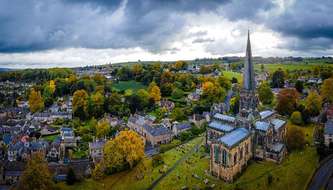
12 Amazing Small Towns In UK That You Must Visit
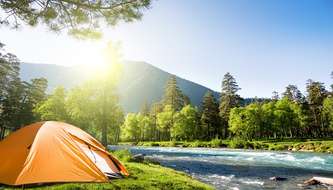
13 Extraordinary Camping Sites in Wisconsin: Experience The Thrill!
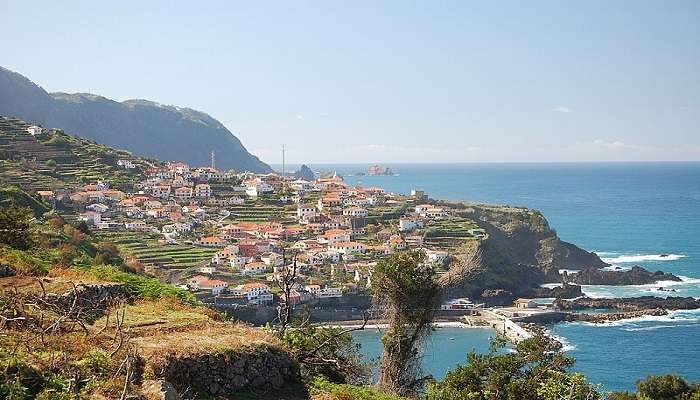
10 Prettiest Small Towns In Portugal That You Must Visit
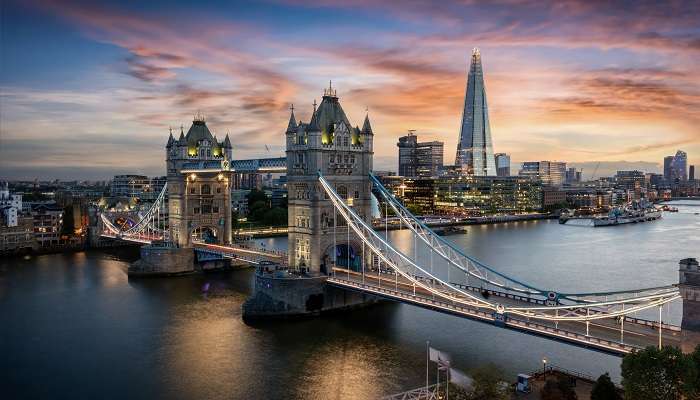
5 Endroits à visiter en Europe en juin pour une expérience merveilleuse
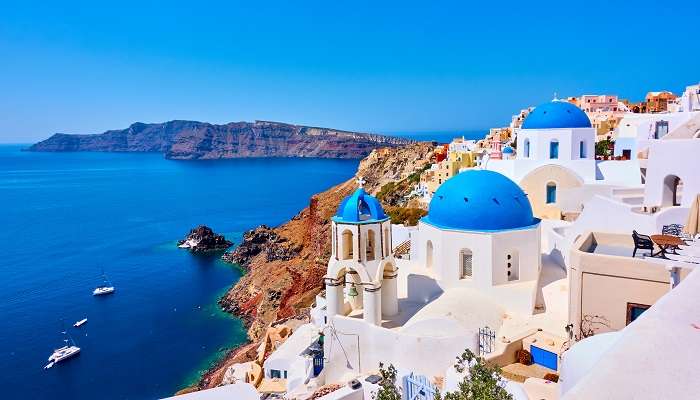
Les meilleurs 27 des endroits à visiter en Grèce en 2024 pour des vacances parfaites en Méditerranée
Trending Blogs

20 Mysterious Places In India To Visit In 2023 More Bizarre Than The Bermuda Triangle

10 Scariest Roads In India That Are A Driver’s Nightmare

101 Places To Visit In India Before You Turn 30 in 2024

35 Exotic Places To Visit In December In India 2024 To Enjoy A Surreal Vacation

60 Best Honeymoon Destinations In India In 2024

95 Best Honeymoon Destinations In The World In 2023 For A Romantic Escape!
Best Places To Visit In India By Month
Best places to visit outside india by month.
- TravelTriangle
- North East »
- Tour Packages
- Honeymoon Packages
- Family Packages
- Budget Tour Packages
- Luxury Tour Packages
- Adventure Tour Packages
- Group Tour Packages
- Kerala Tour Packages
- Goa Tour Packages
- Andaman Tour Packages
- Sikkim Tour Packages
- Himachal Tour Packages
- Uttarakhand Tour Packages
- Rajasthan Tour Packages
- Tour Packages From Delhi
- Tour Packages From Mumbai
- Tour Packages From Bangalore
- Tour Packages From Chennai
- Tour Packages From Kolkata
- Tour Packages From Hyderabad
- Tour Packages From Ahmedabad
- Kerala Tourism
- Goa Tourism
- Sikkim Tourism
- Andaman Tourism
- Himachal Tourism
- Uttarakhand Tourism
- Rajasthan Tourism
- Hotels in Kerala
- Hotels in Goa
- Hotels in Sikkim
- Hotels in Andaman
- Hotels in Himachal
- Hotels in Uttarakhand
- Hotels in Rajasthan

Best Northeast India Travel Guide – Things to Know Before You Go (FAQs Answered)
Northeast India , Featured

Last Updated on: Jul 16, 2023
This is the place for those who want to go a little off-the-beaten-track. For travel to Northeast India is definitely going to be one of the most amazing experiences of your life. Here, the landscape is as varied as the culture. It is a land full of surprises. Jaw-dropping sceneries, the gracious hospitality of the locals, the diverse traditions and culture along with a rich history and the eco-friendly way of life have made Northeast India one of the most unique and special travel destinations in India .
Northeast India is undoubtedly one of our favourite destinations and we keep going back there whenever we can. We have been often asked by our readers about Northeast India Tourism and travel. The result of all such questions is this article, the comprehensive Northeast India travel guide where we have tried to answer the travel related queries and have given important tips regarding travel to Northeast India.
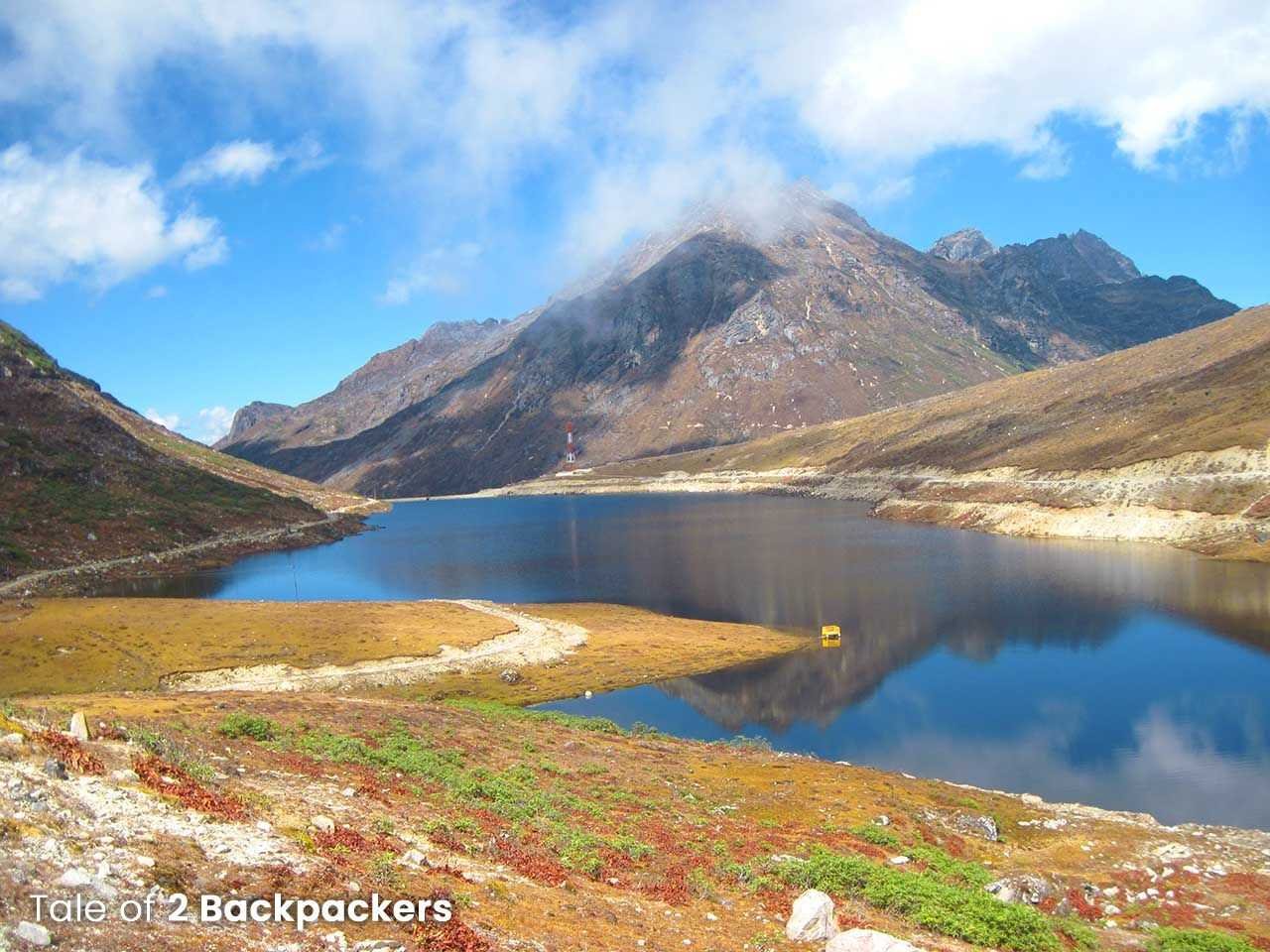
Northeast India travel has never failed to surprise us. Be it chasing the clouds and waterfalls of Meghalaya or attending the colourful festivals of Northeast, each time we visited the land we were overwhelmed by the natural beauty, tribes and culture of the northeast Indian states. And the best thing is that Northeast India is one of the few places where the people still respect nature and live in perfect harmony with them. Of late, the states of northeast India has come on the tourist map because of various annual festivals like Hornbill , NH7 Weekender, Ziro Music Festival, Sangai, Dambuk Orange Festival and others. But believe me, northeast is much more than these colourful festivals.
You must have understood by now that we love Northeast India. Agni also has his roots in Assam, one of the northeast states. Our first trip to the northeast was in 2012 when we visited Tawang in Arunachal Pradesh . That was the first time I was introduced to this exotic and brazen land that is so rich in history and culture.
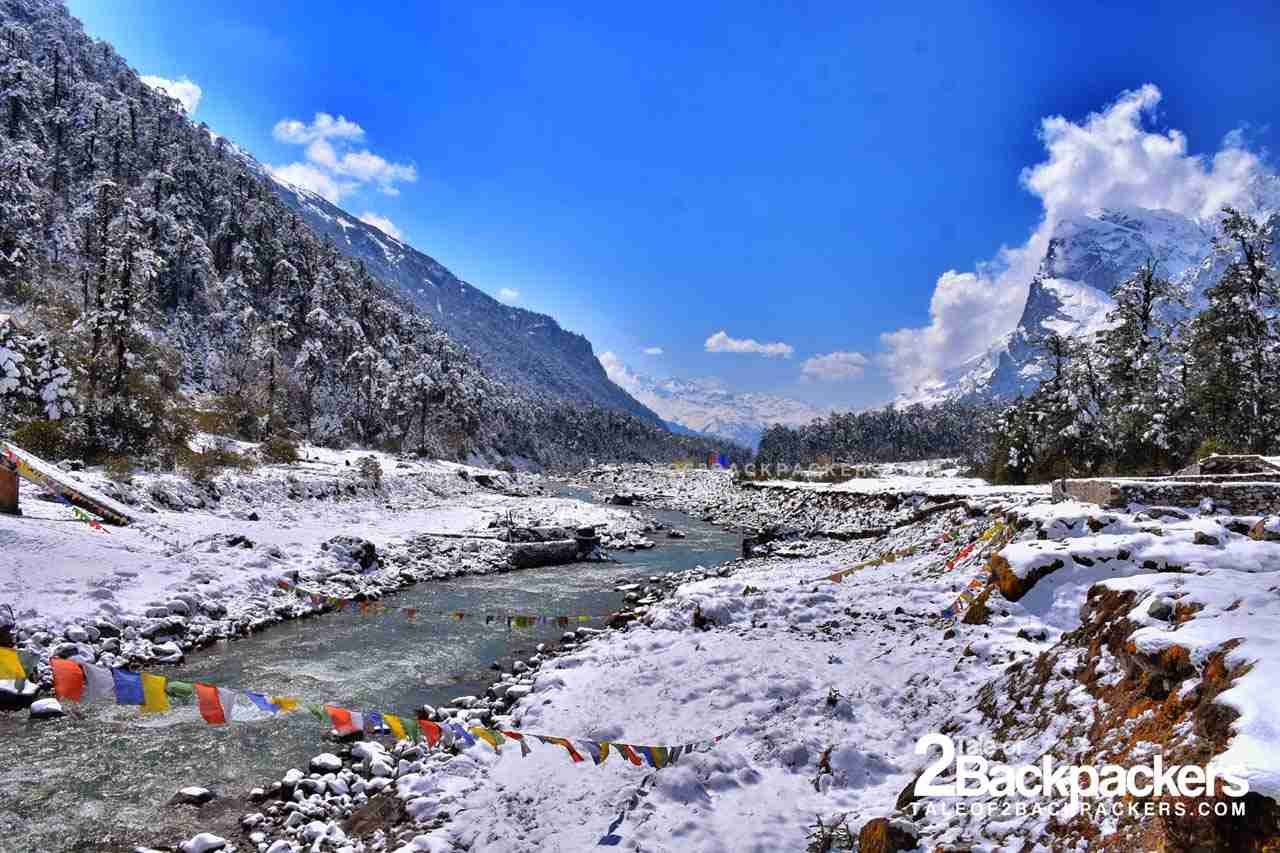
Where is Northeast?
Northeast India consists of 8 states – Arunachal Pradesh, Assam, Manipur, Meghalaya, Mizoram, Nagaland, Tripura and Sikkim. Earlier the northeast Indian states were known as the Seven Sisters and included Arunachal Pradesh, Assam, Manipur, Meghalaya, Mizoram, Nagaland and Tripura. It was only in 2002 that Sikkim was added as the member of Northeast Council and became the eight state of Northeast India and is known as the only Brother of the Seven Sister States.
The Indian Prime Minister has also regarded the eight northeast Indian states as the Ashta Lakshmi , which means the eight forms of goodness and wealth.
The 8 northeast states have a common border with foreign countries like Bangladesh, Myanmar, Bhutan, China and Nepal.
Northeast India states only 2% of their border with mainland India and the remaining 98% is linked with international boundary.
Quite obviously, the influence of these neighbouring countries is more in this region than that of mainland India. And so it might also seem that this region is quite different from mainland India as well. The Seven Sister States are connected with the rest of India by a thin strip of land of about 22 km (14 miles) known as Chicken’s Neck of Bengal or the Siliguri Corridor. Nepal and Bangladesh are on either side of the Chicken’s Neck. Sikkim lies on the other side of the Chicken’s Neck.
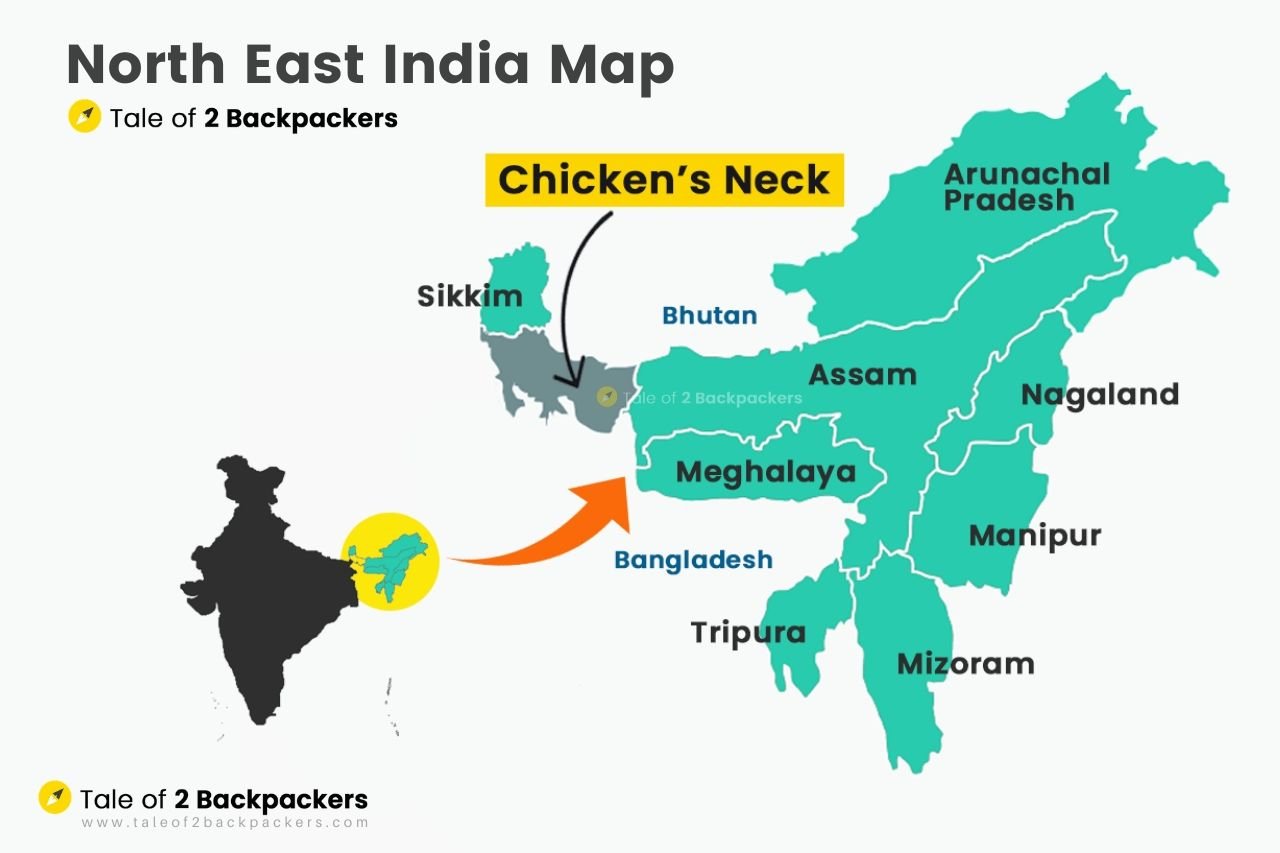
A Very Brief History of Northeast India
I believe that a place and its people cannot be fully understood if we do not know its history. So here is a little bit of history about the land.
Northeast India is considered to be a Neolitic enigma for the archaeologist. The area is yet to be mapped and documented in a proper way by the archaeologists mainly because of the wild forests and rugged terrains that make excavation difficult. It is now known that the Neolithic life in the region dates back to at least 6000 years !
Coming back a little later in time, the Ahom kingdom was established in the Brahmaputra valley in the first half 13th century by the Shans who had migrated from Upper Burma. The Ahoms were the undisputed rulers in the region for almost 600 years and even the Mughals were unable to invade the region.
The Mughals tried to capture the Ahom kingdom time and again and failed miserably each time. They tried for the last time in the Battle of Saraighat in 1671 when the Mughals were beaten by the Ahoms.
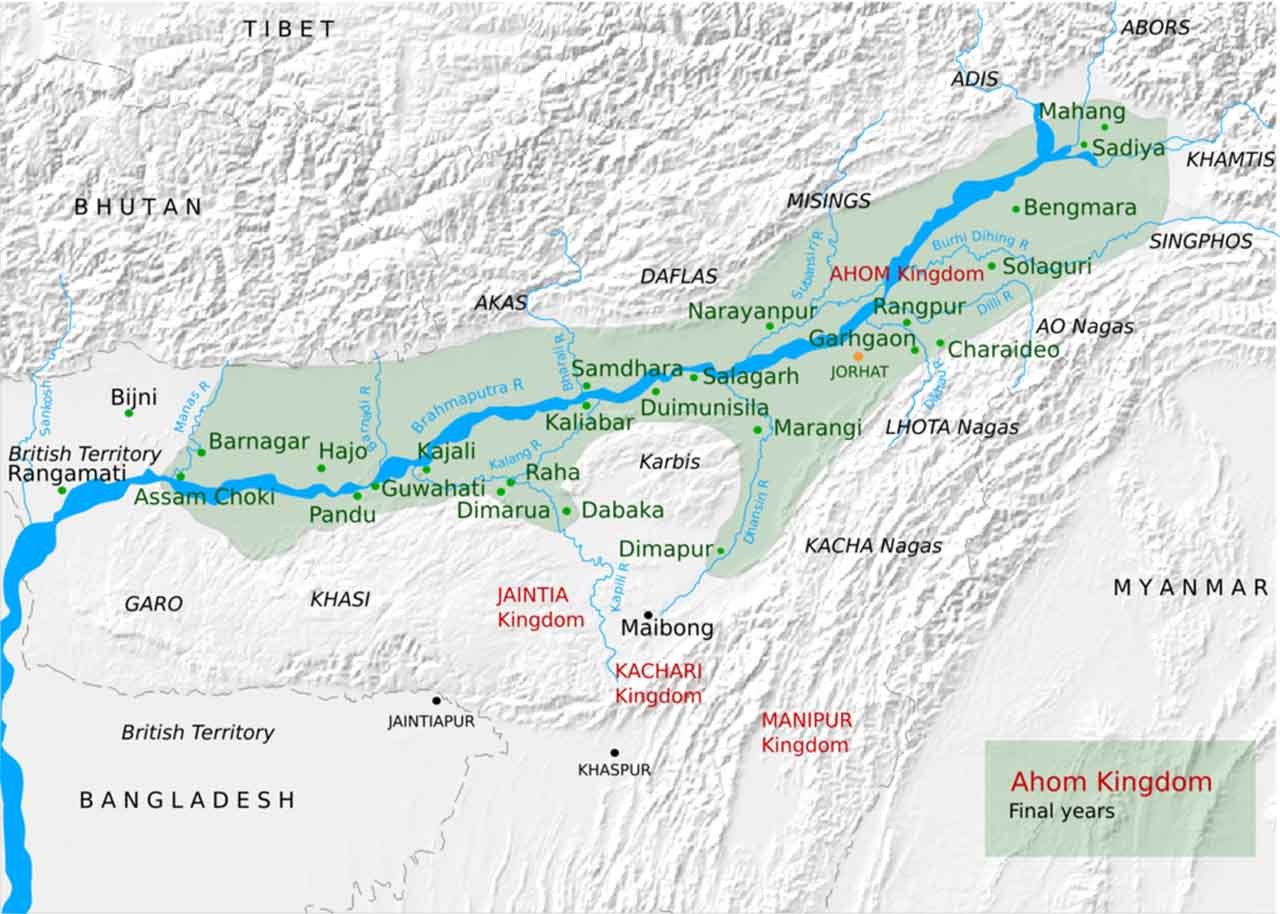
However, with time, the might of the Ahom rulers waned and in 1818, disturbed by the repeated Burmese invasions, the Ahom King requested the assistance of the British East India Company to teach the Burmese a lesson. The British East India Company fought the war and defeated the Burmese resulting in the Treaty of Yandaboo , by which the Burmese agreed to withdraw from Assam and the Ahom Kings ceded a part of their territory to the British East India Company. This is how the British finally entered the Northeast region. Till 1947, the northeast region faced the expansion of the British rule along with social, economic and political changes in the region.
At that time, all seven states did not exist. Assam existed as a large land region and was known as the Assam province. Later the hill kingdoms of the Khasi and Jaintia were annexed and hilly areas like the Lushai Hills (Mizoram) and Naga Hills (Nagaland) were added to the Assam Province.
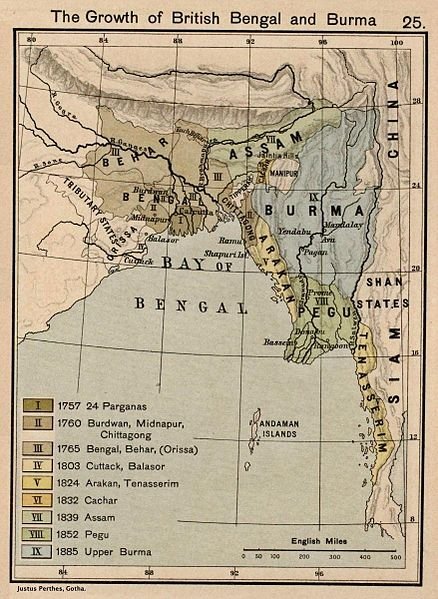
After the Indian independence, the northeast region consisted of the Assam province and the princely states of Manipur and Tripura. The first state to be carved out of Assam was Nagaland in 1963. Later Meghalaya became a separate state in 1971 and Arunachal Pradesh and Mizoram were carved out of Assam in 1987. Sikkim was once a princely kingdom and was annexed to India in 1975. Later in 2002, Sikkim was made a part of the Northeast Regional Council.
The northeast India had always been a part of major and minor trade routes from India to various other countries like Tibet, Myanmar and China.
That was quite a bit of history lesson. Now let us delve into all the necessary and relevant information about Northeast India trip that nobody had told you before.
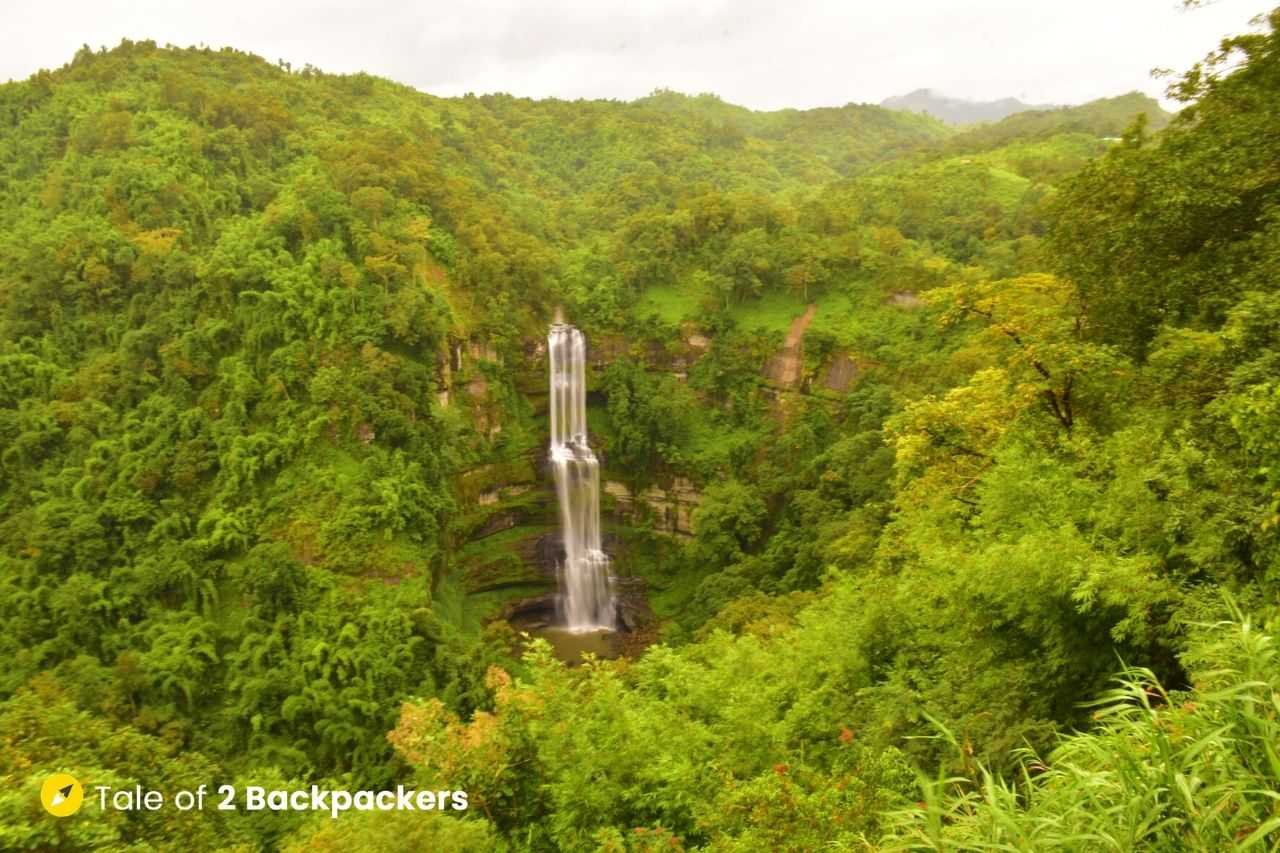
Northeast India Travel Guide
Northeast India is still considered remote and difficult terrain. The roads are a bit difficult and there is a lot of space for improvement of the infrastructure. As for the accommodations, you will get good hotels and resorts in the main cities. Homestays are also available. You can check Cozycozy to look for stays in the main tourist destinations. The remote areas, however, has basic stay options.
What the region lacks in luxurious comfort is totally fulfilled by the stunning and virgin landscapes, friendly locals and the vibrant culture. No two states in the Northeast are the same. You will find a variety in every state, every part of the region. It is like visiting a different place in every single state of the northeast. You might be tempted to call it the hidden utopia of India.
However, if you are planning a Northeast India travel and a visit this untouched paradise of India, there are certain facts and things you must know before your Northeast trip. So if you are thinking of adding Northeast India in your India guided tour , then simply read on!
What is the best time to visit North East India?
The best time to visit the northeast region is from October to mid-May. This is the dry period though you can get occasional showers in this time as well. Due to its varied geography, the temperature of the region varies drastically depending on the altitude. The northern part is influenced by the Himalayas and the temperature usually remains cold. Arunachal Pradesh and Sikkim are mostly influenced by this and have a colder climate.
The summer temperature in the hilly areas remains around 15 to 20 degrees while it can go to subzero during the winters. The higher altitudes of Arunachal Pradesh and Sikkim often witness snowfall in the winters.
The plains of Assam, Meghalaya and Tripura have warmer climates. In summer, the temperature ranges from 30-35 0 C and about 20 0 C in the winters. The hilly areas of Nagaland and Mizoram have a cooler temperature.
The monsoon in Northeast India can be quite heavy with torrential rains in most of the areas. The monsoon coincides with the summer season and is from June to September. The latter half of May can also witness rainfall. Monsoon is not a very good time to visit the region as landslides are common during the monsoon. Roads can also be disrupted during the monsoon.

However, Meghalaya is a good place to visit during the monsoon. Meghalaya is one of the wettest places on the earth with Mawsynram receiving the highest rainfall in the world. We had visited Meghalaya in August and had a great time chasing the rains and waterfalls of Meghalaya.
I would not say the same thing about Arunachal Pradesh, Assam and Sikkim. Landslides in monsoon are very common in Sikkim and Arunachal. Sometimes, you can be stuck for a day due to landslide and bad roads in Arunachal. The Brahmaputra plains of Assam gets flooded every year in the monsoon and hence best avoided during this time.
How do I get permits for Northeast India?
To visit some of the Northeast India states, you need to get an Inner Line Permit (ILP) for Indian nationals. Foreign tourists also need ILP and Protected Area Permits (PAP) or Restricted Area Permits (RAP) for visiting the northeast India states. These permits are required because of the strategic and sensitive positions of these states as they share their border with other countries. However, in recent days, the government of India has relaxed some of the rules of ILP and PAP to promote Northeast India tourism.
There are some places which are completely off bound to both Indian and foreign tourists while in some places, foreign tourists are not allowed. Here I will provide the information about each of the states.
Arunachal Pradesh : ILP is required for Indian tourists and PAP for foreign tourists.
Assam : No ILP and PAP is required to visit Assam
Manipur: ILP is not required for Indian tourists visiting Manipur. However, wef January 2020, the ILP system came into effect in Manipur. The process and procedure to obtain ILP for Manipur is still not clear. I will update it as soon as we come to know about this. Foreigners do not require PAP to visit Manipur.
Meghalaya: No ILP and PAP is required to visit Assam
Mizoram: Indian tourists require an ILP to visit Mizoram. Foreign tourists do not require any PAP to enter Mizoram.
Nagaland: Indian tourists require an ILP to visit Mizoram. Foreign tourists do not require any PAP to enter Mizoram.
Sikkim: Indian tourists do not require ILP to visit Sikkim except certain areas like North Sikkim, Tsomgo Lake, Nathula Pass, Menmecho Lake, Singalila area and Dzongri area. Foreign Tourists require a permit to enter Sikkim. This permit can be readily obtained at the Melli and Rangpo border-crossing checkpoint on producing valid Indian Visa. Foreigners are not allowed to visit Gurudongmar Lake in North Sikkim, Baba Mandir and Nathula Pass in East Sikkim. For Tsomgo Lake, Yumthang, Chopta Valley, foreign tourists require PAP. Trekking permits are required for trekking in Singalila, Dzongri and Goechela area.
Tripura: No ILP and PAP is required to visit Assam
For getting an ILP, you generally require a photo identity proof, an address proof and a photograph. The cost of ILP varies from state to state. You can read all the information needed for getting an ILP for Northeast India states here.
How do I get to Northeast India?
Guwahati in Assam is the gateway to Northeast India. Guwahati is well connected by flights and trains from all the major cities in India. From Guwahati, you can visit all the Seven Sisters by either by air or by road. There are overnight bus services to reach the Seven Sister states from Guwahati.
Reaching Sikkim is comparatively easier. Sikkim now has an airport at Pakyong, but the number of flights to Pakyong is quite less. It is better to fly into Bagdogra in West Bengal and then travel to Gangtok in Sikkim. You can also travel by train to New Jalpaiguri Railway Station (NJP) and then travel to Sikkim.
Train service is available in Assam and Tripura and you can reach to various parts of these states by train.
How to get around Northeast India?
Shared jeeps and sumos are available in all the 8 Northeast India states for getting around different towns and villages. Bus services are also available at some of the states, however, you will not find Volvo bus services to reach each state. For a Northeast India trip, you can either go for a booked tour or can backpack across the region on shared vehicles.
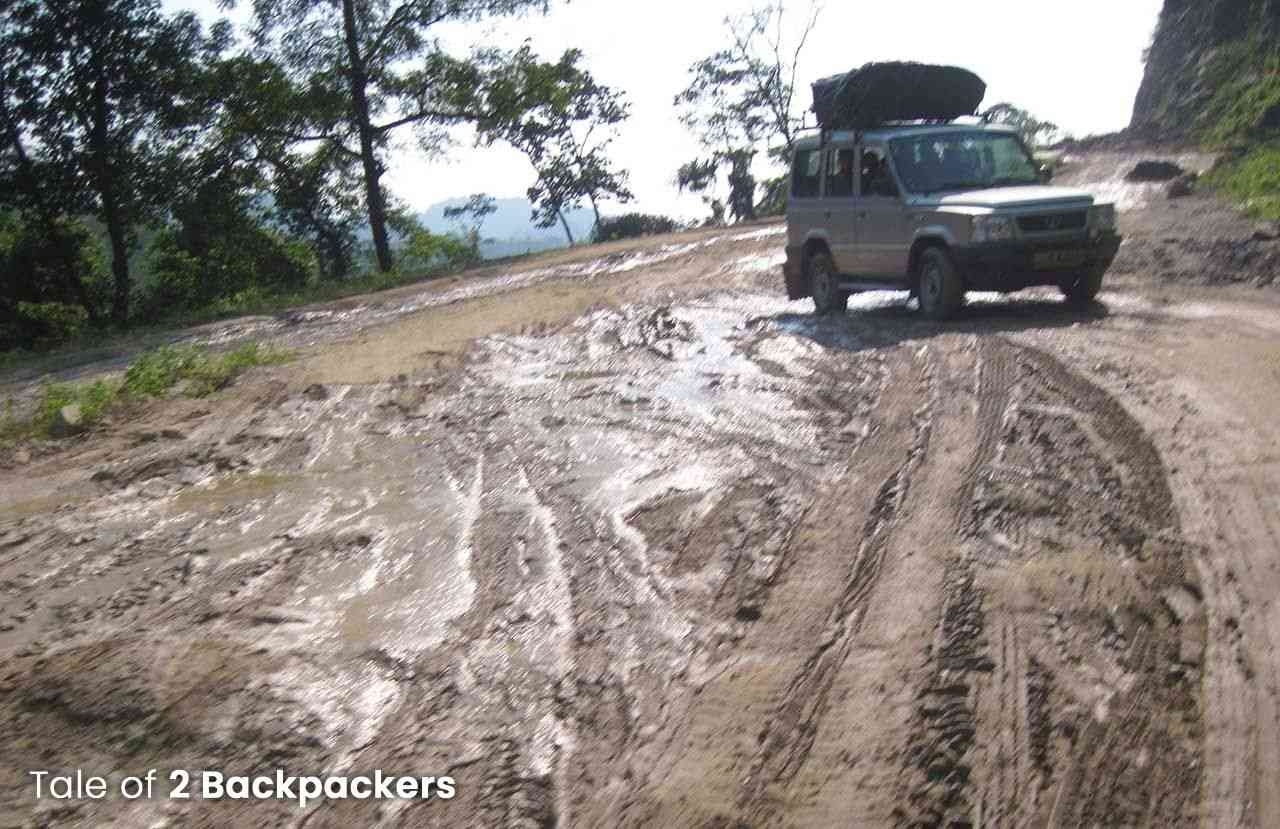
Before planning your Northeast India trip, you have to keep in mind the distances between two destinations and the conditions of the roads. The roads in most parts of Northeast India are not in a very good state, especially in parts of Sikkim, Arunachal Pradesh, Manipur and Mizoram. Even the remote areas of Meghalaya have bumpy roads.
In general, the roads in Assam, Meghalaya and Tripura are in good condition and quite smooth . We had done a bike trip across Meghalaya a few years back and found the roads to be quite good. Assam and Tripura, too have nice roads. The road conditions in Arunachal Pradesh, Manipur, Mizoram, Nagaland and Sikkim leaves much to be desired. Most of the roads are in sorry conditions and you will generally have a bumpy ride. However, these states have a robust sumo system, especially Mizoram and Sikkim that can connect to every part of the state.
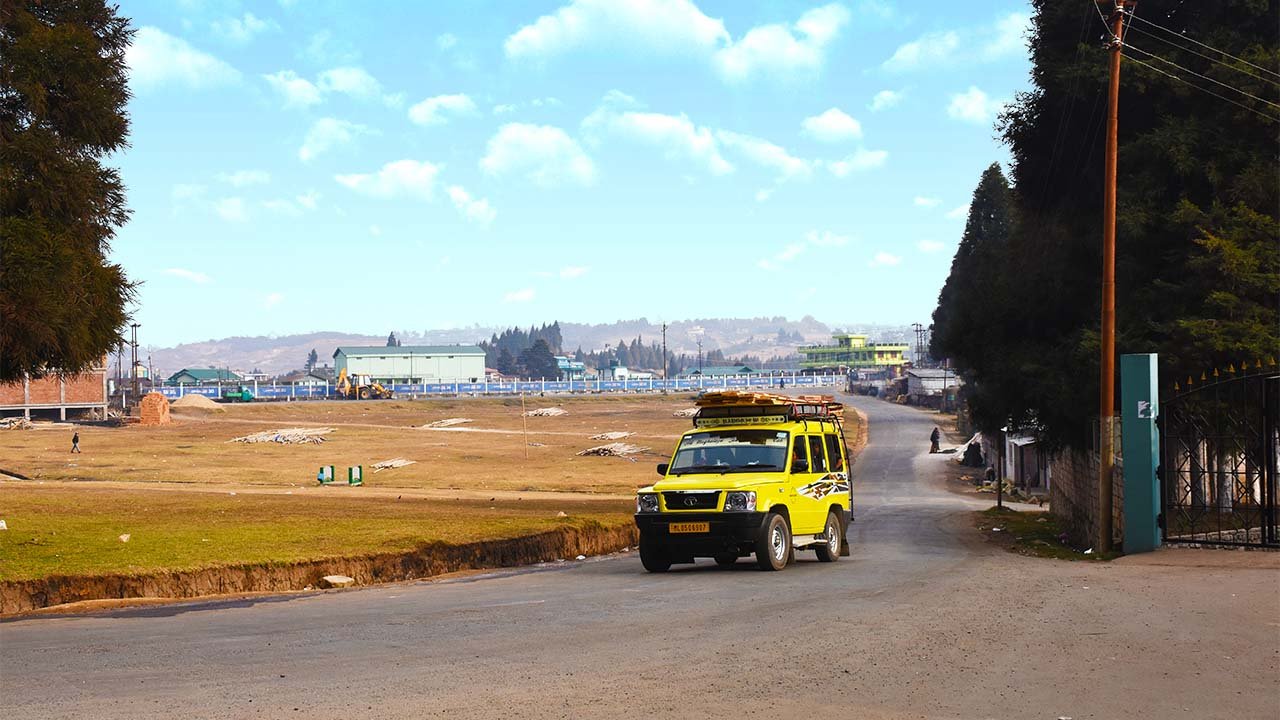
Getting around Tripura is comparatively easier because of the availability of train services. Local buses are also available that can take you across the main towns and places of attractions.
How is the infrastructure in Northeast India?
The infrastructure in Northeastern states has improved a lot in the present years. Roads are being built and electricity has reached most of the villages. However, the remote areas are still lacking in these basic facilities. In general, Meghalaya has proper roads, hotels for tourists, electricity in the villages and other basic amenities. However, when we had visited Mawlyngot , we found a village that could be only reached by climbing down almost a thousand stairs from Mawlyngot. The villagers are used to climbing up and down for their daily needs. There are other such remote villages all over Northeast states.
Mobile network and wifi are good in the cities and the capitals of the states. But once you venture to the remote areas, mobile network invariably fails. We hardly got Vodafone connection in Basar, Mawlyngbna and even in some remote parts of Sikkim like Martam . You will probably get BSNL connection in these remote areas. But it would be foolhardy to expect good wifi in these areas. Poor mobile connectivity is a blessing in disguise for these areas. These are the places where you can enjoy nature and the landscape to the fullest. The joy of missing out on the worldly news is great in these areas.
Where do I stay in Northeast India?
Hotels are available in main cities and the popular tourist destinations of Northeast India. You will get luxury hotels with a high standard of service in big cities like Guwahati, Shillong and Gangtok. These places have witnessed tourism for a long time and so are more developed. Of late, accommodation options have increased with the increase in tourism in Northeast India. Now places like Majuli , Cherrapunjee, Kohima, Tawang, Tura in the Garo Hills have hotels of various categories. Resorts have also come up in a few areas like Cherrapunjee, Tura, Langkawet and many tourist spots in Sikkim.
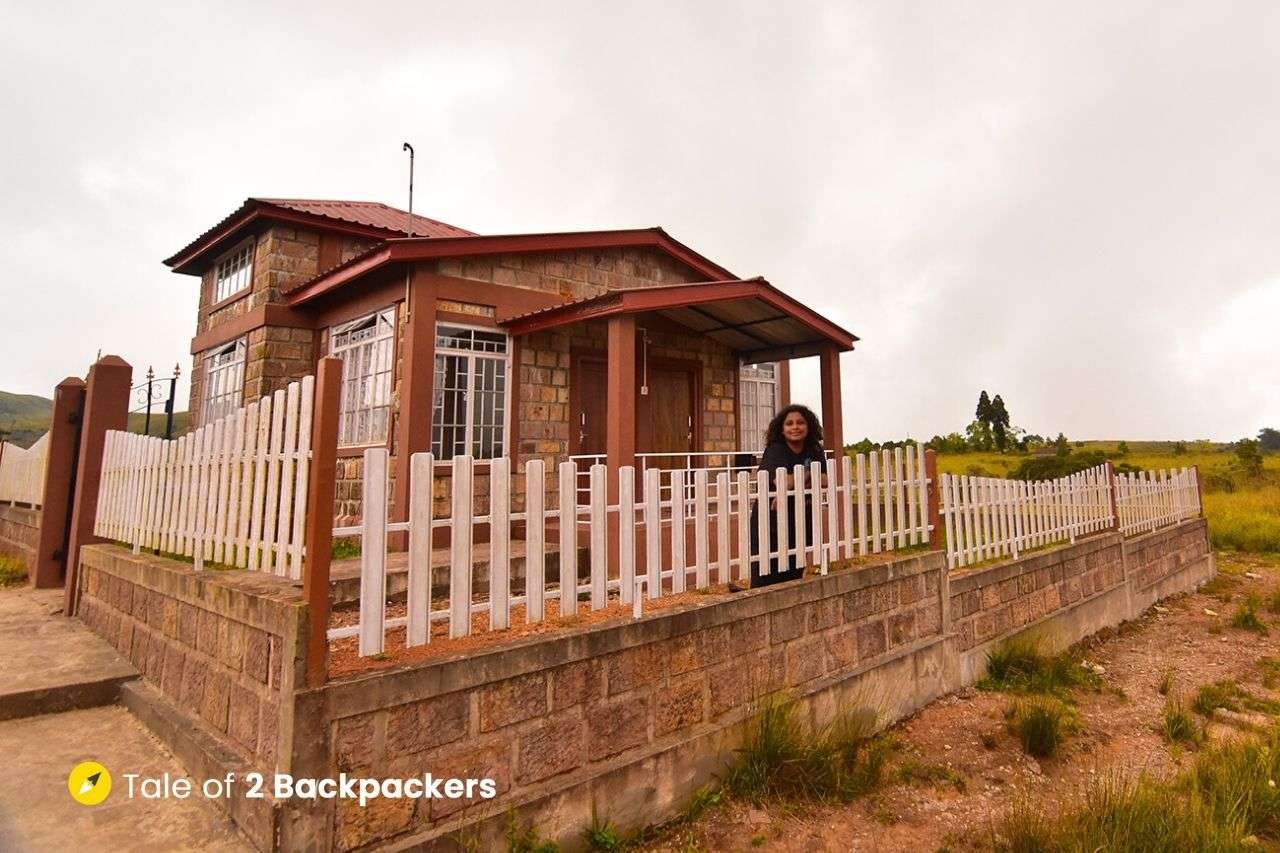
But if you choose to visit the offbeat destinations, then expect basic accommodation. Hotels, if available will not be luxurious ones and often the standard of service is not up to the mark.
We, however, recommend you to stay at homestays when you visit Northeast India. Homestays are the best way to experience the lifestyle of the locals. Infact, the locals are very friendly and welcome you with open arms as well as hearts. We had the most amazing stays in homestays at Martam and Dzongu (Sikkim), Mawlyngot, Cherrapunjee and Tura in Meghalaya and at Basar in Arunachal Pradesh.

In fact, most of the remote and offbeat areas in Northeast India rely on homestays for accommodation and hospitality. These places do not have hotels. The locals have developed community-based tourism and have opened their homes for the tourists. We would always recommend you to stay at homestays. Not only will you get an awesome experience, but you will also do your bit to help the locals to boost their economy.
Mizoram has a great network of Government-run tourist lodges in all the major locations. Those are the best places to stay in Mizoram.

Where to visit in Northeast India?
Northeast India is an unexplored paradise in India. To be honest, the region does not have many architectural masterpieces that you can find in rest of India. Apart from Sivsagar in Assam and Kangra Fort in Manipur, there are hardly any architectural gems. But what Northeast India lacks in architecture, it fulfils in its surreal landscape, colourful festivals and the diverse tribes.
As I had mentioned before, each of the states is different from the other. While you can explore the Buddhist monasteries and way of life in Sikkim and parts of Arunachal Pradesh, the tribal life of Nagaland and Arunachal Pradesh are fascinating. While Tripura boasts of a rich heritage in its archaeological sites like Unakoti, Chabimura and Pilak, Mizoram stuns with its stunning vistas. Meghalaya is in its own world of clouds and rains, while the river plains and rural beauty of Assam are totally bewitching.
It would be very difficult for me to write down about all the places that you can visit in Northeast India. I have taken each state and have written briefly about the places you can visit. For more details about these places, you can read individual blogs.
Arunachal Pradesh
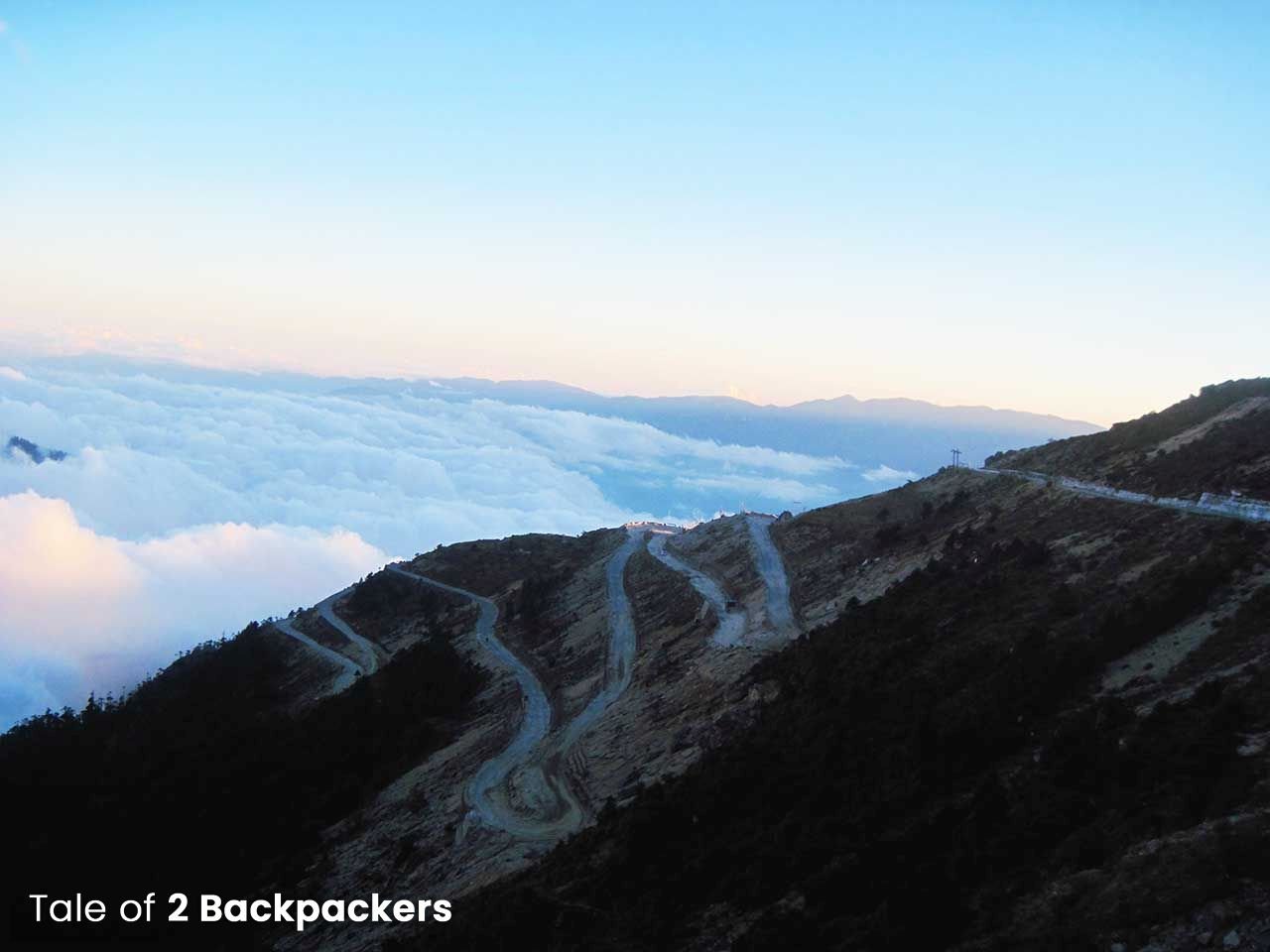
Arunachal Pradesh is the easternmost state in the country and it is said that the first rays of sun fall at Dong in Arunachal . The place is captivating with its mountain ranges, captivating valleys, vast forest cover, exotic wildlife, unexplored trails, Buddhist monasteries and an incredible cultural variety. There are 26 tribes and more than 100 sub-tribes in Arunachal Pradesh . The eastern and central part of Arunachal is mainly influenced by animist traditions. They are the worshippers of Sun and Moon God – Donyi Polo and Abo-Tani. The major tribes in this region are the Apatanis, Adi, Akas, Galos, Mishmis, Nyishis and Thangsos. The western part of the state has Monpa population and they mainly follow Mahayana Buddhism.
Places not to be missed in Arunachal Pradesh
Tawang circuit: The main destination is Tawang and you will also visit Bhalukpong, Bomdila, Dirang on the way.
Ziro and Mechuka circuit: This is where you will see the tribes of Arunachal Pradesh – Apatani, Adi, Galo, Nyishi and Mishmis. Along with Ziro and Mechuka, also visit Dapoiji, Along and Pasighat.
Trek to the Namdhapa National Park .
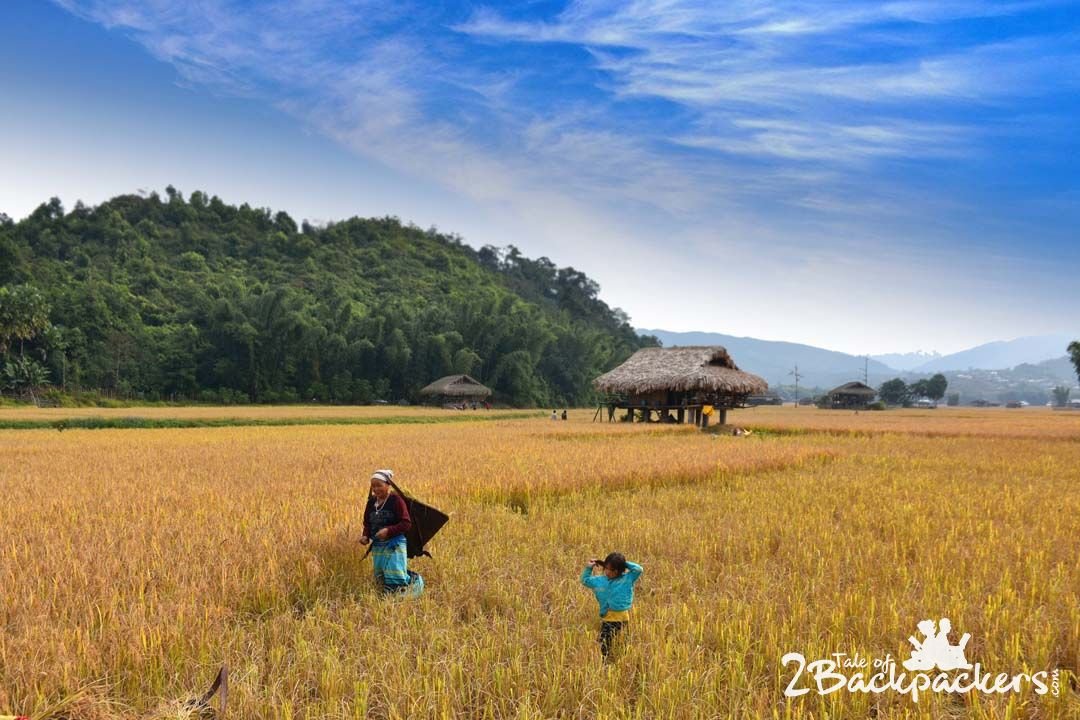
How to reach Arunachal Pradesh?
There are no direct flights to Arunachal. The nearest airport to Itanagar, the capital city is Lilabari in Assam. From Itanagar, eastern and central Arunachal is easily accessible. Similarly, if you want to visit Tawang then the nearest airport will be Tezpur in Assam.
Trains are also available from Guwahati to Silapathar, Naharlagun and Dibrugarh, which are the nearest entry points to Arunachal Pradesh.
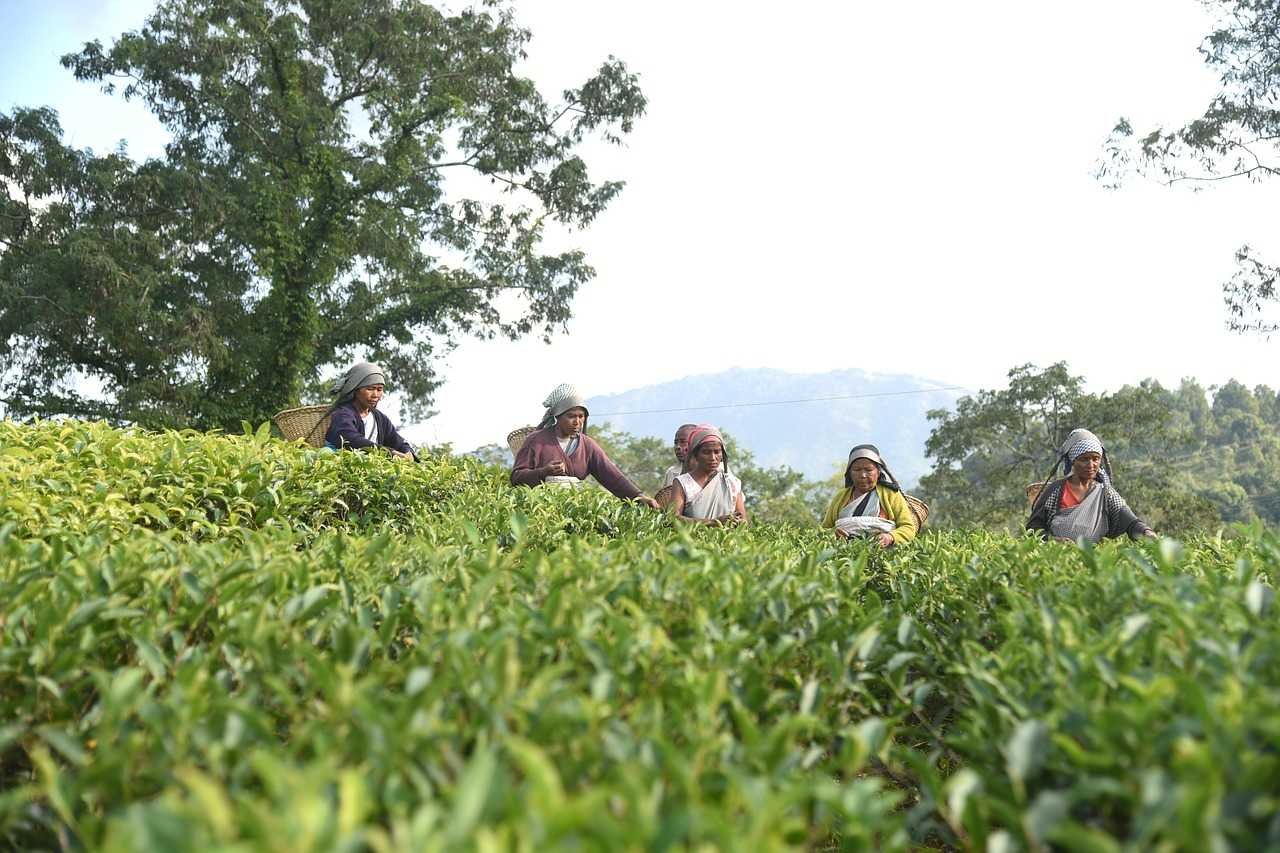
In Assam, the Brahmaputra river not only dominates the landscape but also the lives of its people. Both the environment and culture of Assam is shaped by the Brahmaputra River. Assam is famous for its tea gardens, wildlife, its countryside and the Assamese Silk.
Places not to be missed in Assam
Guwahati: The largest city in Assam is also the largest city in Northeast India. The city being the gateway to the other six states is also famous for its temples and attractions.
Wildlife of Assam: Your visit to Assam cannot be completed without a visit to Kaziranga National Park that is famous for one-horned rhinoceros. Wildlife enthusiasts should not miss visiting Pobitora Wildlife Sanctuary, Manas National Park , Hoollongapar gibbon Sanctuary, Nameri National Park and Dibru Saikhowa National Park.

Majuli: This is the largest river island in the world also famous for its Satras, the monastic traditions started by Sri Shankaradeva. Know more about Majuli here.
Sivsagar: The place where the Ahom kings ruled is known for the Shivadol, the temple dedicated to Lord Shiva.
Haflong: The only hill station in Assam is also known for the curious case of Jatinga birds .
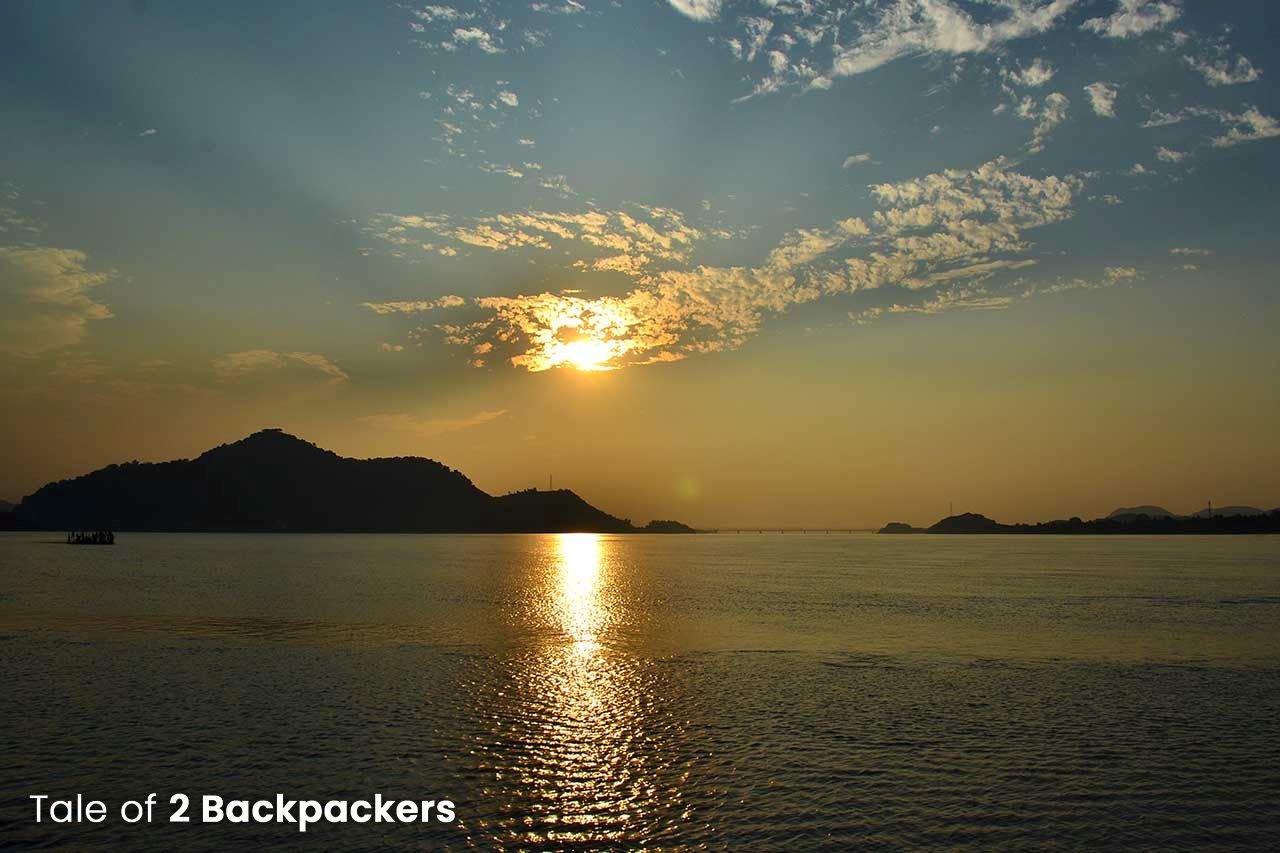
How to reach Assam?
Guwahati in Assam is well connected by flights and trains from the major cities of India. Assam also has domestic airports in Jorhat (nearest to Majuli), Dibrugarh (for visiting Sivasagar, Digboi), Silchar, Tezpur and Lakhimpur.
Manipur literally means the land of jewels. The state is absolutely beautiful with stunning landscapes, gentle rolling hills, emerald green valleys and the dark misty mountain ranges. The Loktak Lake is the only floating national park in the world and the place is known for the elusive Sangai Deer, found only in this region. The modern-day polo also has its roots in ‘Sagol Kangjei’ , a traditional sport in Manipur. The state is also famous for the captivating and charming Manipuri dance.
Places not to be missed in Manipur
Imphal: The capital city is charming in its own way.
Loktak Lake & Moirang: The largest floating national park in the world and also the habitat of the Sangai deer.
Ukhrul: Known for its natural beauty, caving and trekking.
How to reach Manipur?
Reaching Manipur is easy. Direct flights to Imphal are available from the major cities of India like New Delhi, Kolkata, Guwahati and Hyderabad. You can also reach Guwahati and then take a bus to Imphal.
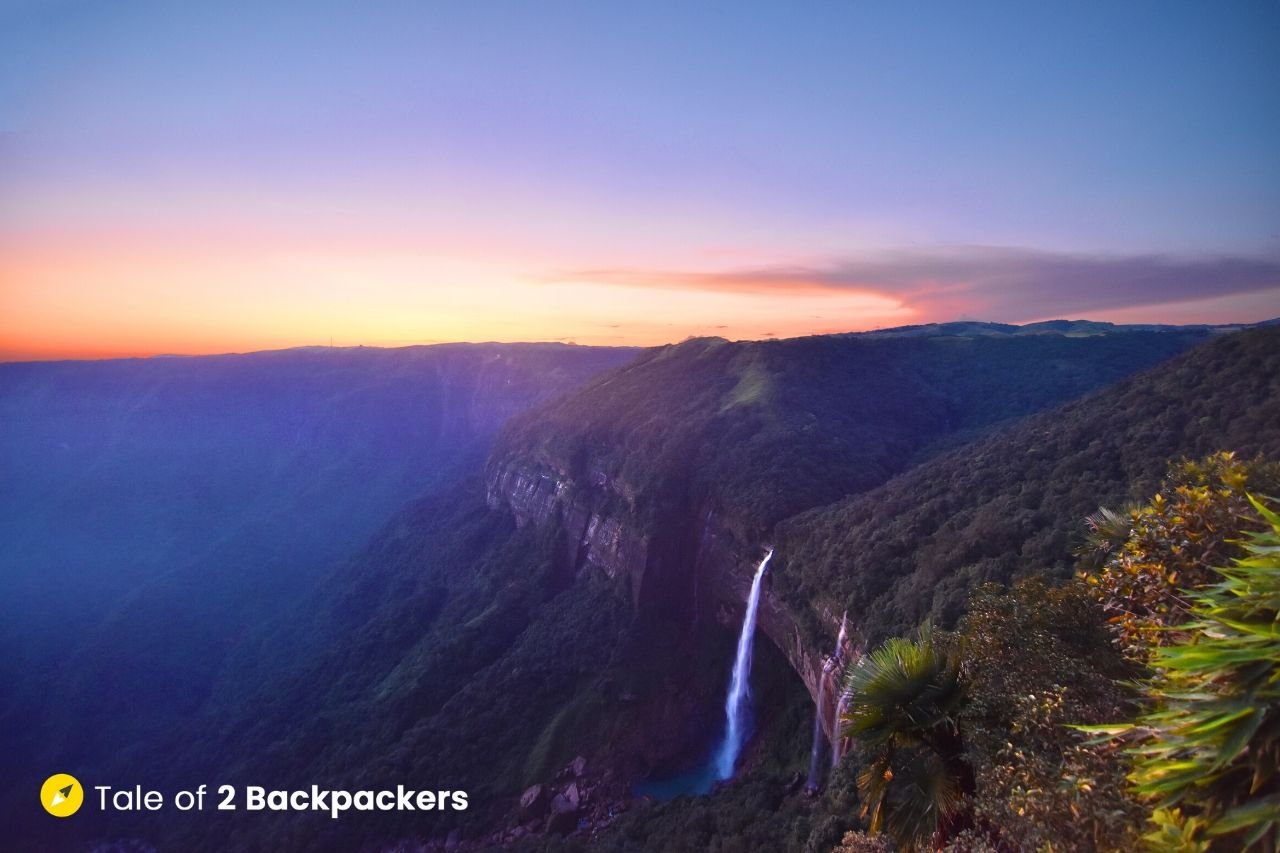
Hidden between the hills of the lower Himalayas, Meghalaya is the place between the heaven and earth, where the clouds dwell. Meghalaya is perhaps closest to Guwahati. It takes only 3-4 hours to reach Shillong from Guwahati. The roads are also smooth. Perhaps this is the reason why Meghalaya is relatively famous on the tourist map than the other remote states. Meghalaya is known for its rainfall and rock music. But the place is
much more than that. Waterfalls, nature, sacred groves, crystal clear rivers, living root bridges , natural caves and picturesque villages abound in the state and they will simply mesmerize you.
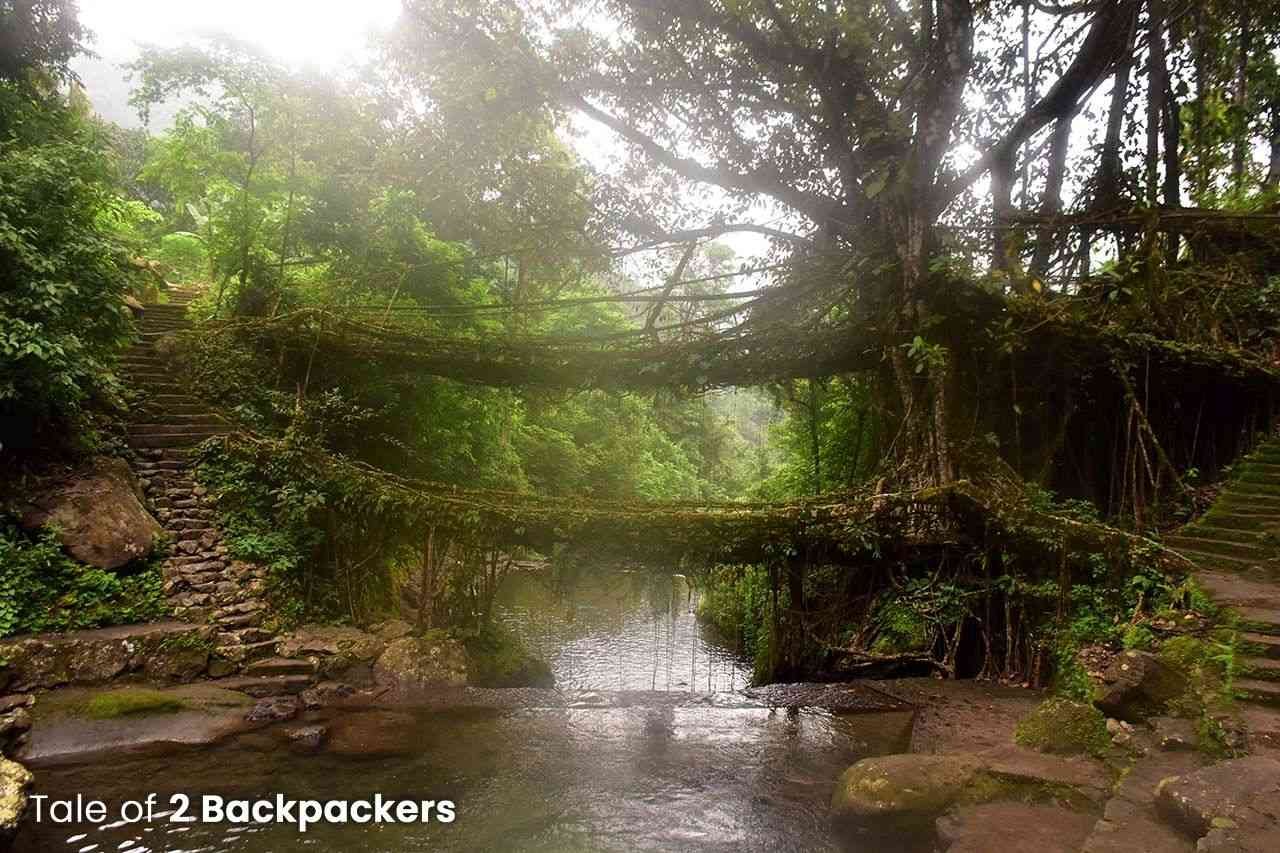
Meghalaya is the home to three tribes – Khasis, Garos and Jaintias. Each of the tribes has their own distinct culture and traditions. The Khasis occupy the Khasi hills of central Meghalaya; Garos occupy the western Garo Hills while the Jaintias occupy the Jaintia hills of eastern Meghalaya. The common trait binding all three communities is its matrilineal system in which the family linage is taken from the mother side.
Places not to be missed in Meghalaya
Shillong: The capital city is known for its quaint cafes, NH7 Weekender Music Festival, lakes and Jadoh, a traditional Khasi dish.
Cherrapunjee: The place of eternal beauty known for its waterfalls and natural caves. Cherrapunjee cannot be described in a line. You need to head over to this post on Cherrapunjee to know more.
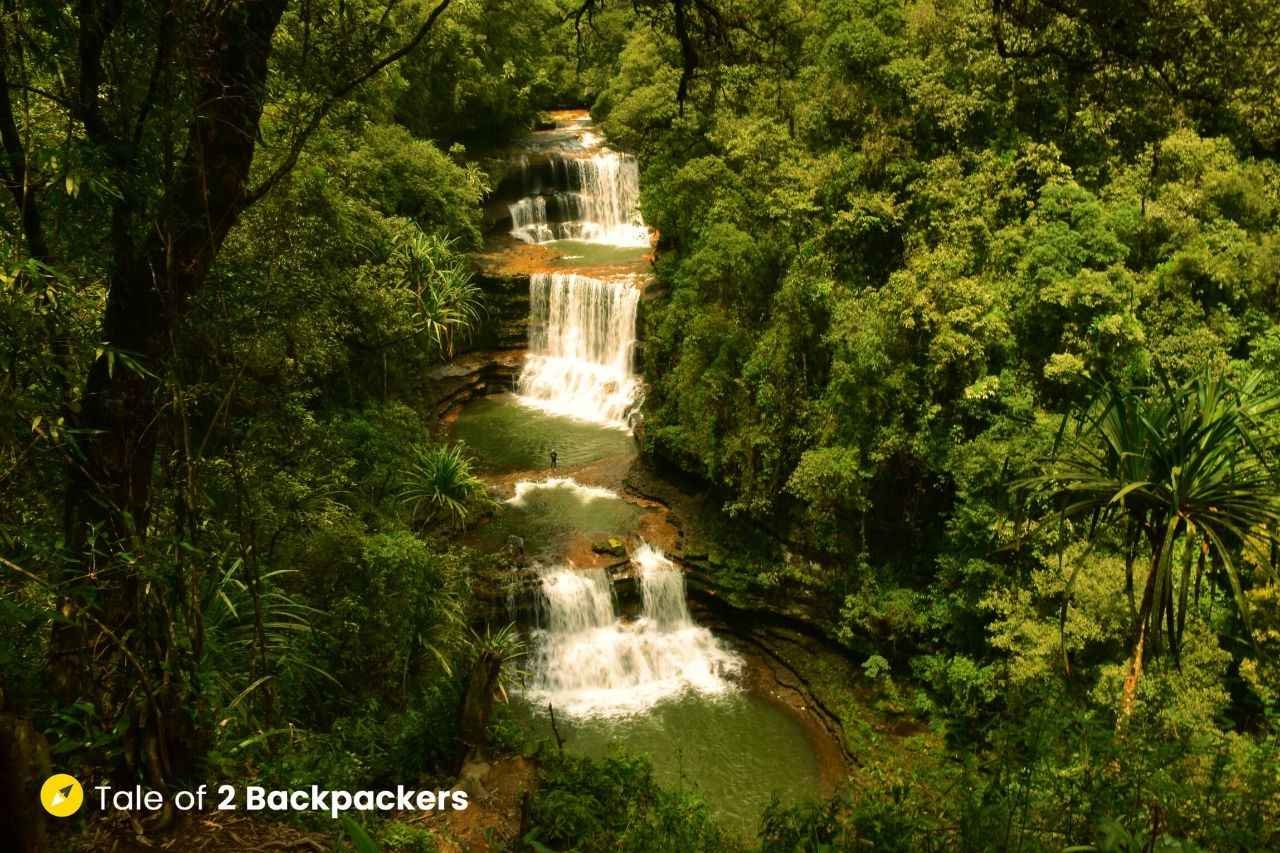
Mawlynnong: This quaint village is the cleanest village in Asia.
Dawki: Located near the India-Bangladesh border, Dawki is known for the crystal clear waters of Umngot River .
Tura: Tura is the headquarters of Garo Hilla and you need to visit this place to explore the Garo Hills. You can visit Nokrek Reserve, Siju caves and the beautiful waterfalls.
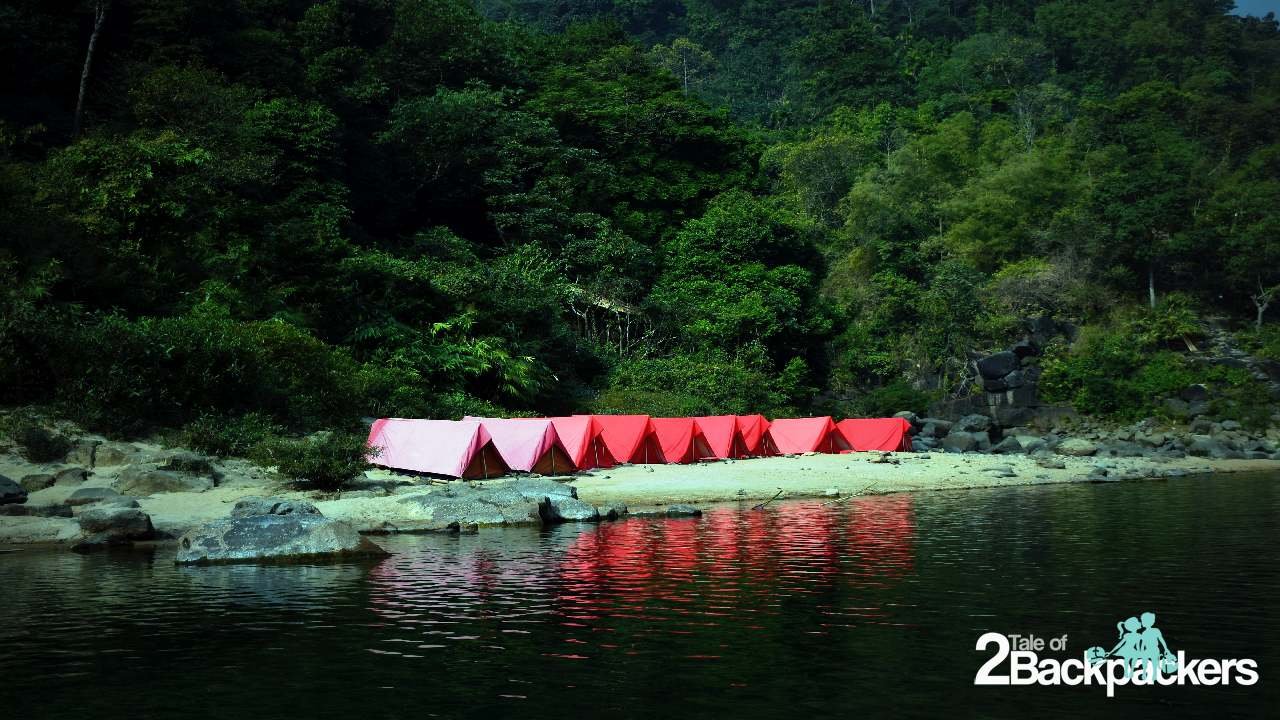
How to reach Meghalaya?
Meghalaya is easy to reach. You can fly into Shillong. You can also reach Guwahati and take shared sumo to Shillong. It takes only about 4 hours to reach Shillong.
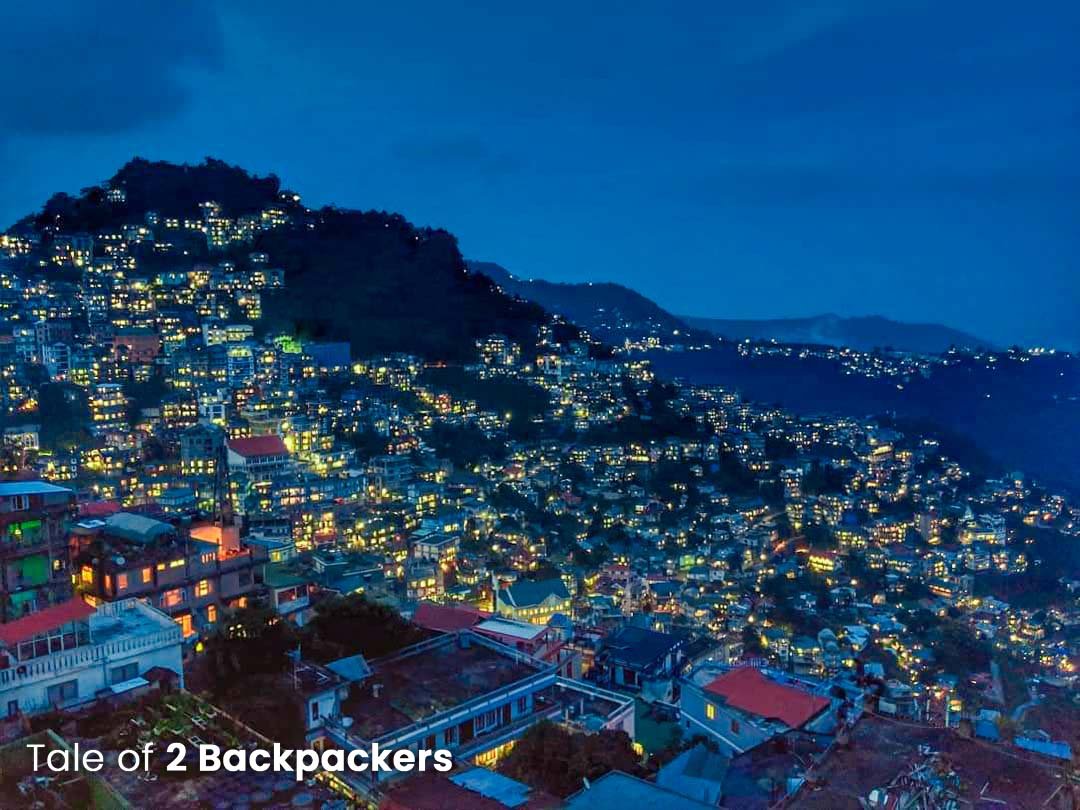
Mizoram is also known as the land of blue mountains after Phawngpui Peak , the highest peak in the state. Mizoram is perhaps the remotest state of India and hardly sees any tourists. Mizoram is covered with lush green forests, mountain peaks covered with a blue haze and a colourful culture. Mizoram is also famous for caving activities.
Places not to be missed in Mizoram
Aizawl: The capital city is a quaint town sitting by the Durtlang Hills known for its churches and memorials.
Champhai: The border town is also known as the Rice Bowl of Mizoram. You can visit the Rih Dil Lake from Zokawthar, about 20 km from Champhai. The Rih Dil is the most important lake for the Mizos, however, it lies in Myanmar. Champhai is also famous for its vineyards and wines.

Thenzawl: This is the handloom centre of Mizoram and Thenzawl is also known for its waterfalls and lush landscape.
Reiek: Trek to the Reiek Peak and enjoy the great views of the valleys.
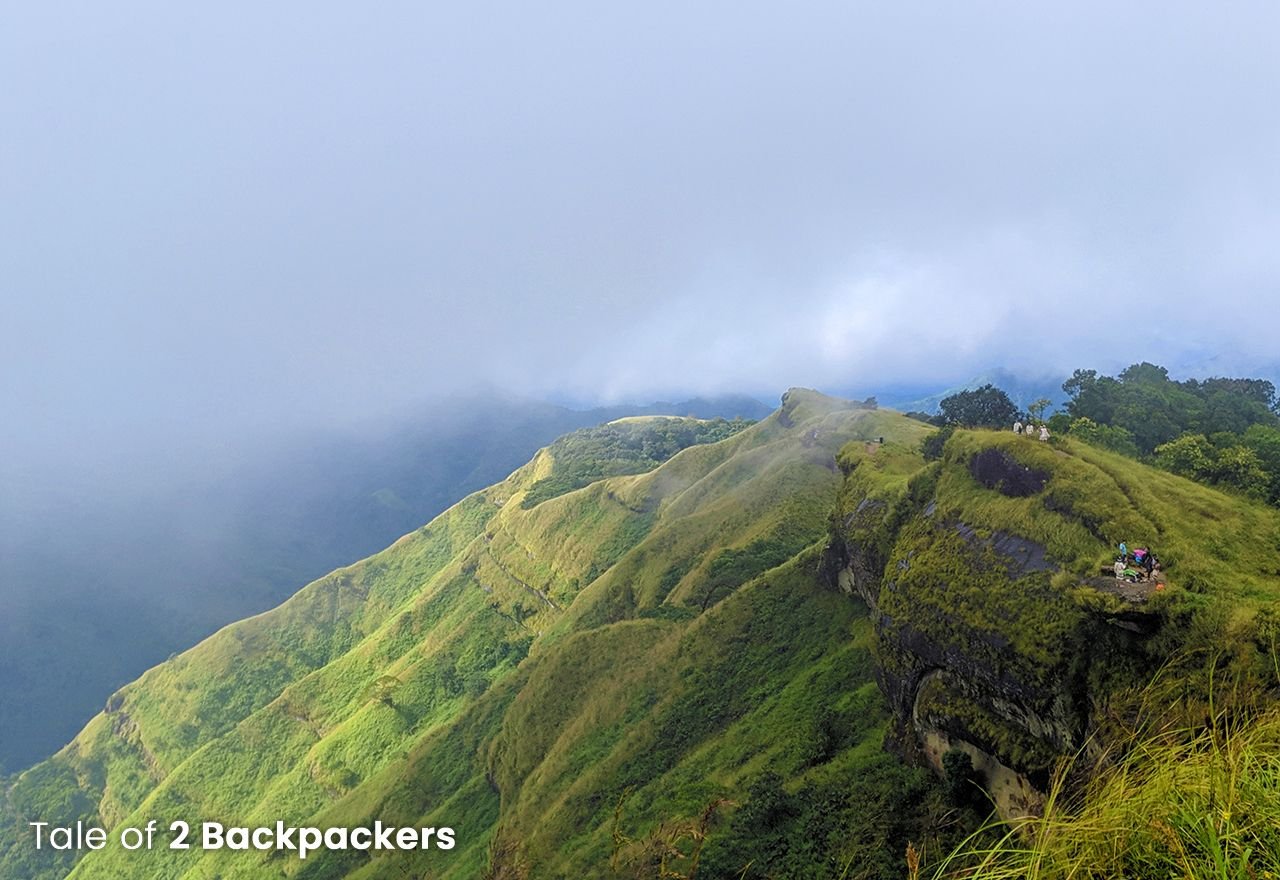
How to reach Mizoram?
You can fly into Aizawl, which is connected to most of the major cities of India. From Guwahati, you can take an overnight bus to reach Aizawl, but the journey is going to be a long one. You can also take shared sumo from Silchar in Assam.
The land of the Nagas is undoubtedly the wild east of India. Known for fierce warriors and hunters who have been eulogized by the folk songs, Nagaland is the home to 16 tribes . Each tribe can be distinguished by their own colourful costumes and jewellery and beads they adorn. Nagaland is brought on the tourist map of India by the annual Hornbill Festival held in December.
Places not to be missed in Nagaland
Kohima and around: The capital city Kohima is beautiful in its own way.
Khonoma: Khonoma is known for its greenery, beautiful landscape and unspoilt nature.
Mokokchung: One of the liveliest districts of Nagaland, Mokokchung is the home to the Ao Naga tribes.
Mon: Mon belongs to the Konyak Nagas, the fascinating and brave head hunters of yesteryears.
Dzukou Valley: A short and beautiful trek through the lush Dzukou Valley.
How to reach Nagaland?
Dimapur in Nagaland has both an airport and a railway station. Dimapur is connected by flight from the major cities of India like New Delhi, Kolkata and Guwahati. Trains to Dimapur run from Guwahati. Kohima, the capital city is about 70 km from Dimapur. You can also take an overnight bus from Guwahati to Dimapur/Kohima. But be prepared for a long and bumpy ride.
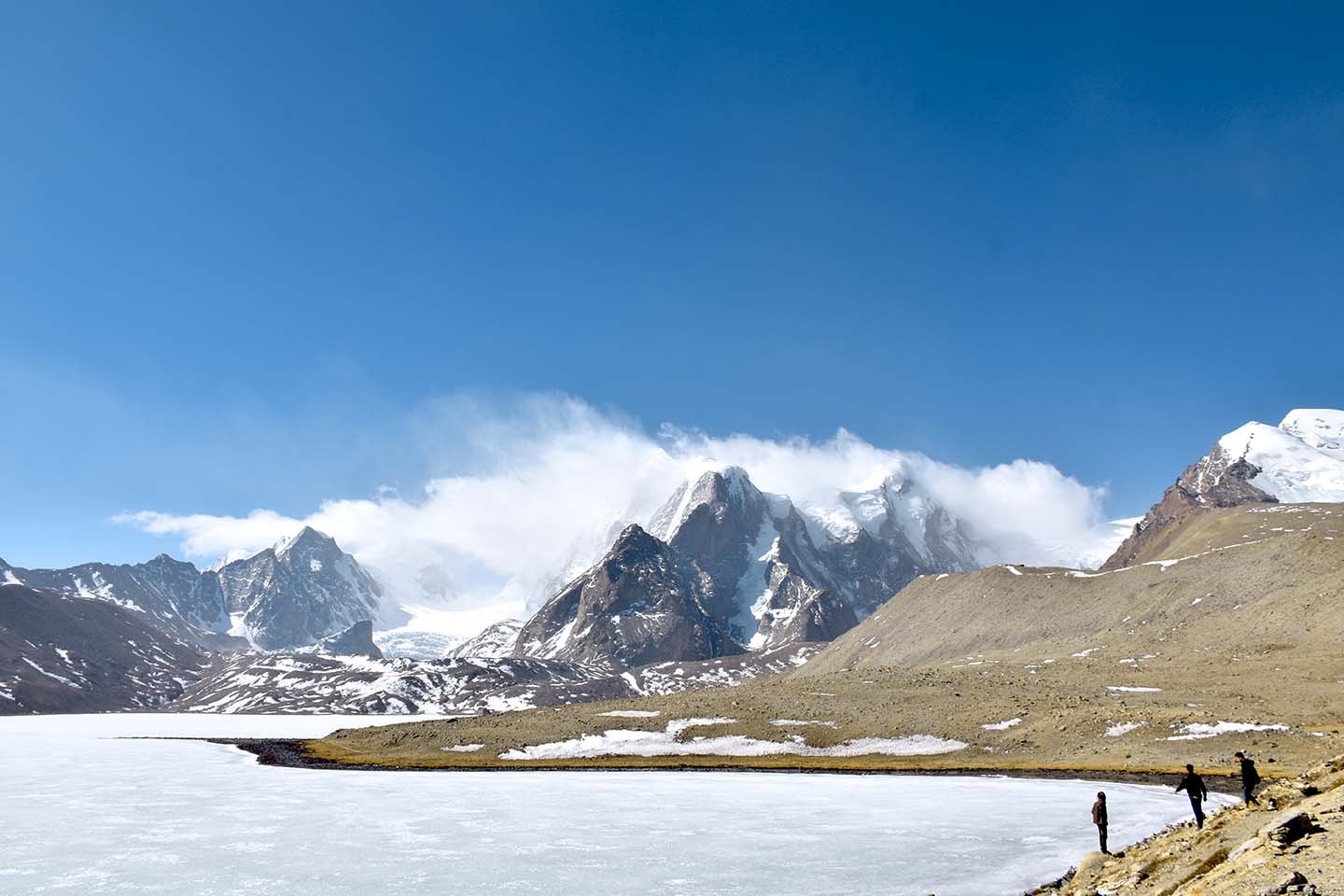
Sikkim has been added to Northeast India states only in 2002. Sikkim lies on the other side of the Siliguri Corridor or the Chicken’s Neck. Sikkim is definitely a more popular tourist destination, perhaps because it is relatively easier to reach. Sikkim has a charm of its own . One of the smallest states in India, Sikkim is nestled in the eastern Himalayas with the Kanchenjunga ranges looming over its landscape. The Sikkimese considers the Kanchenjunga as their guardian deity .
Sikkim is an adventure enthusiast’s delight. The state has some of the best and unexplored trekking trails. The Goechela trek is one of the best high altitude Himalayan treks where you can see as many as 14 summits.
Sikkim is divided into 4 district – east, west, north and south. Tourism in Sikkim can also be divided accordingly.
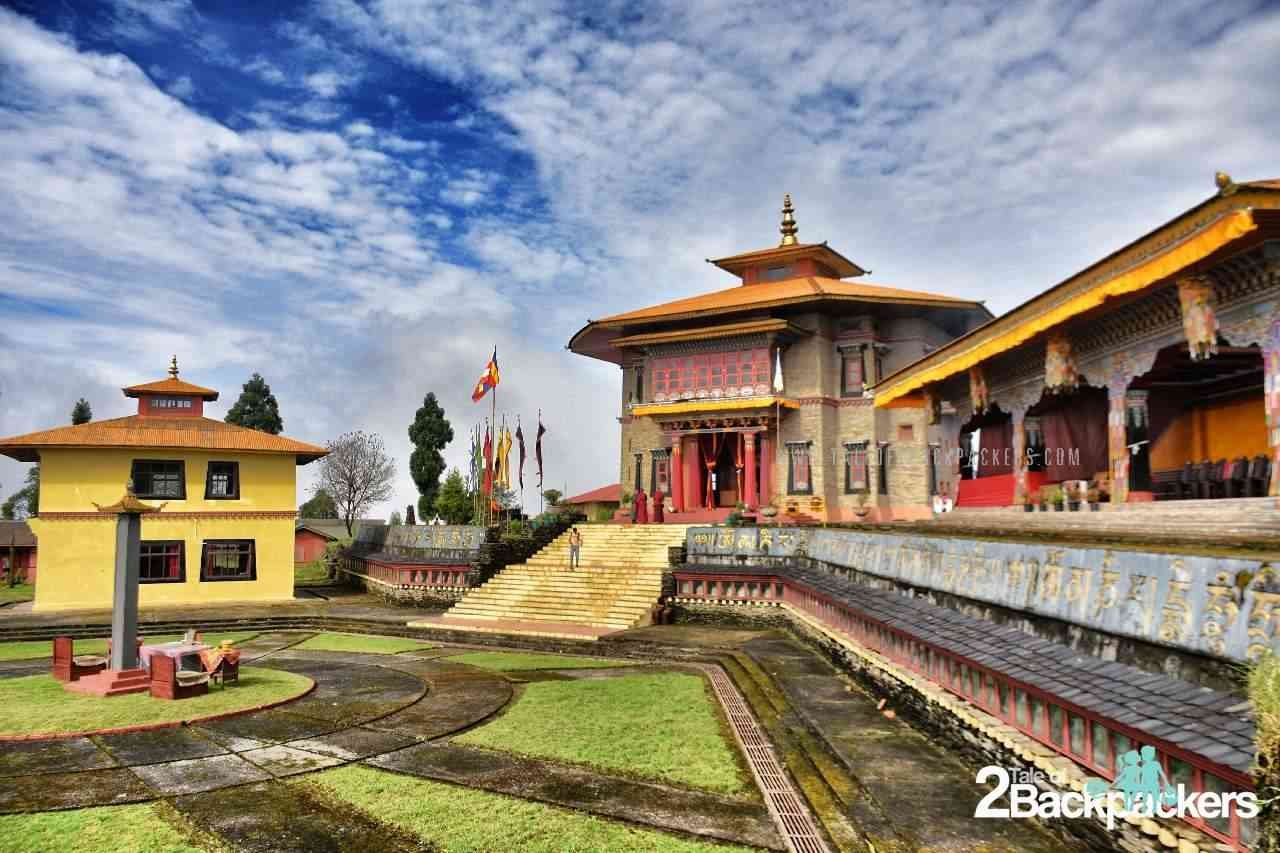
Places not to be missed in Sikkim
East Sikkim: Gangtok , Aritar, Tsomgo Lake, Nathula Pass and the Silk Route.
West Sikkim: Pelling, Pemyangtse, Tashiding and Yuksom.
North Sikkim: Lachen, Lachung, Gurudongmar Lake , Yumthang Valley and Dzongu .
South Sikkim: Ravangla, Namchi and Temi Tea Garden.

How to reach Sikkim?
The nearest international airport to Gangtok is at Bagdogra near Siliguri in West Bengal. The nearest Railway station is at New Jalpaiguri near Siliguri. You can take shared vehicles and well as rented ones from Bagdogra, NJP or Siliguri to Gangtok.
Recently, Pakyong Airport has been opened at Gangtok. But flights to this airport are not regular yet.
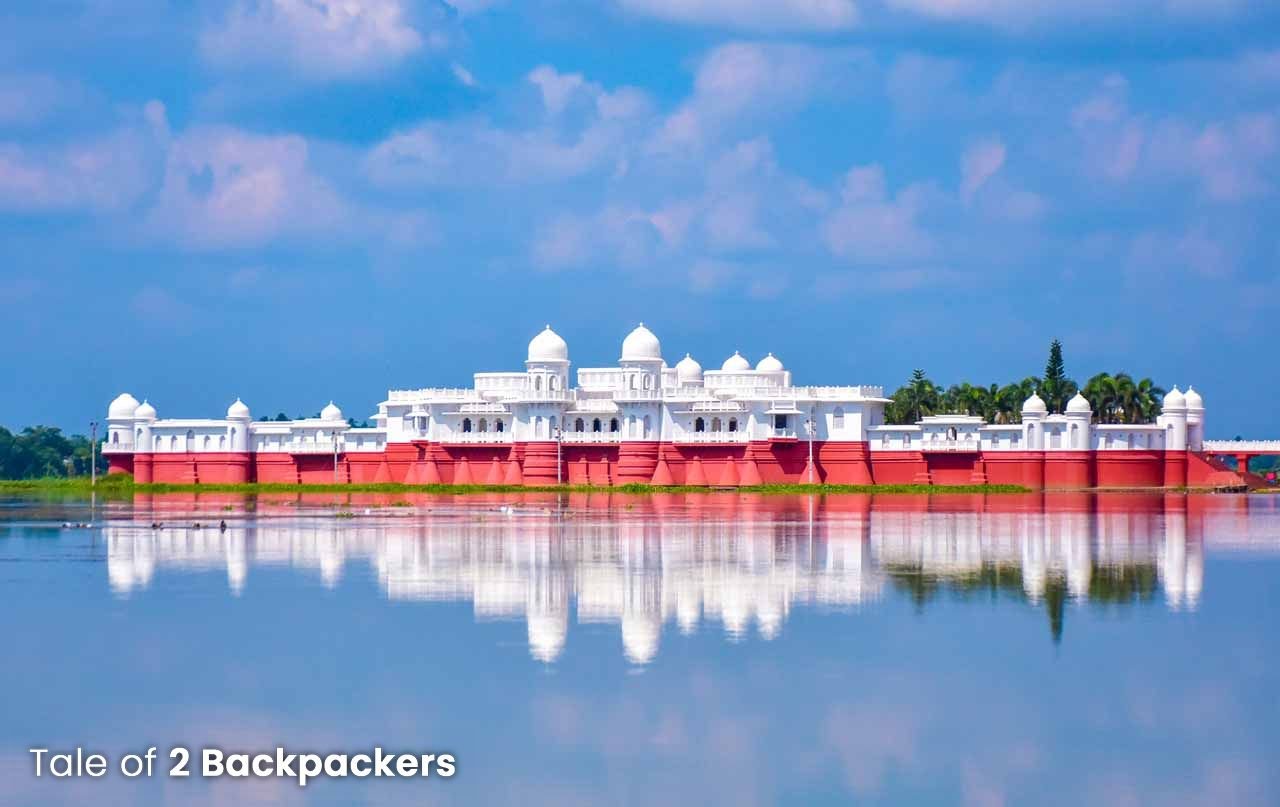
Tripura tucked away in a corner of the seven sister states was once a princely state. And the magnificence of the kings can be still seen in the building, roads and even in the people of Tripura. The princely state of Tripura never came directly under the British rule and acceded to the Indian Union in 1949. The state has a unique combination of nature, history and wilderness.
Places not to be missed in Tripura
Agartala: The capital city has a charm of its own. The grand Ujjayanta Palace standing right in the middle of the city is a testimony to the royal past of Tripura.
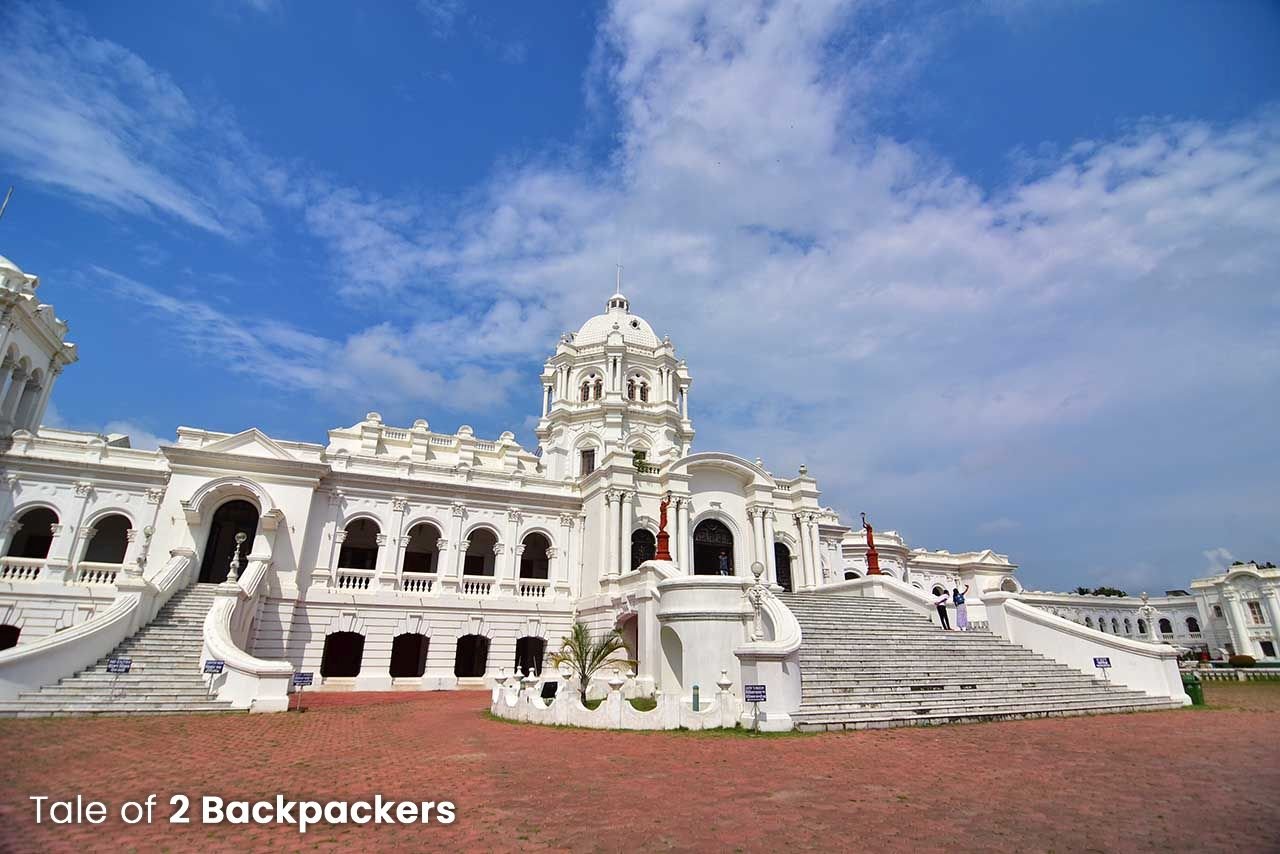
Udaipur: Not to be mistaken with Udaipur of Rajasthan, this place is also known for its lakes and temples.
Melaghar: Known for Neermahal , the exquisitely beautiful summer palace of the Tripura kings.
Unakoti: The place is known for its bas-relief structures on the face of the mountain ranges. Unakoti is shrouded in forests and vegetation has interesting mythology behind it.

Chabimura: One of the hidden gems of Tripura, Chabimura is known for the image of Devi Chakrama on the rock face of the mountain beside a river.

Pilak: One of the important archaeological sites of Tripura.
Jampui Hills: Enjoy the nature and serenity at this hill station of Tripura.
Dumboor Lake: The largest lake in Tripura, the place is an absolute beauty for the eyes.

How to reach Tripura?
Agartala is well connected by flights from the major Indian towns. Agartala also has a railway station that is connected with trains from Guwahati, Silchar and Sealdah.
Northeast India travel is like reading a good book. They don’t reveal their secrets at once.
The People of Northeast India
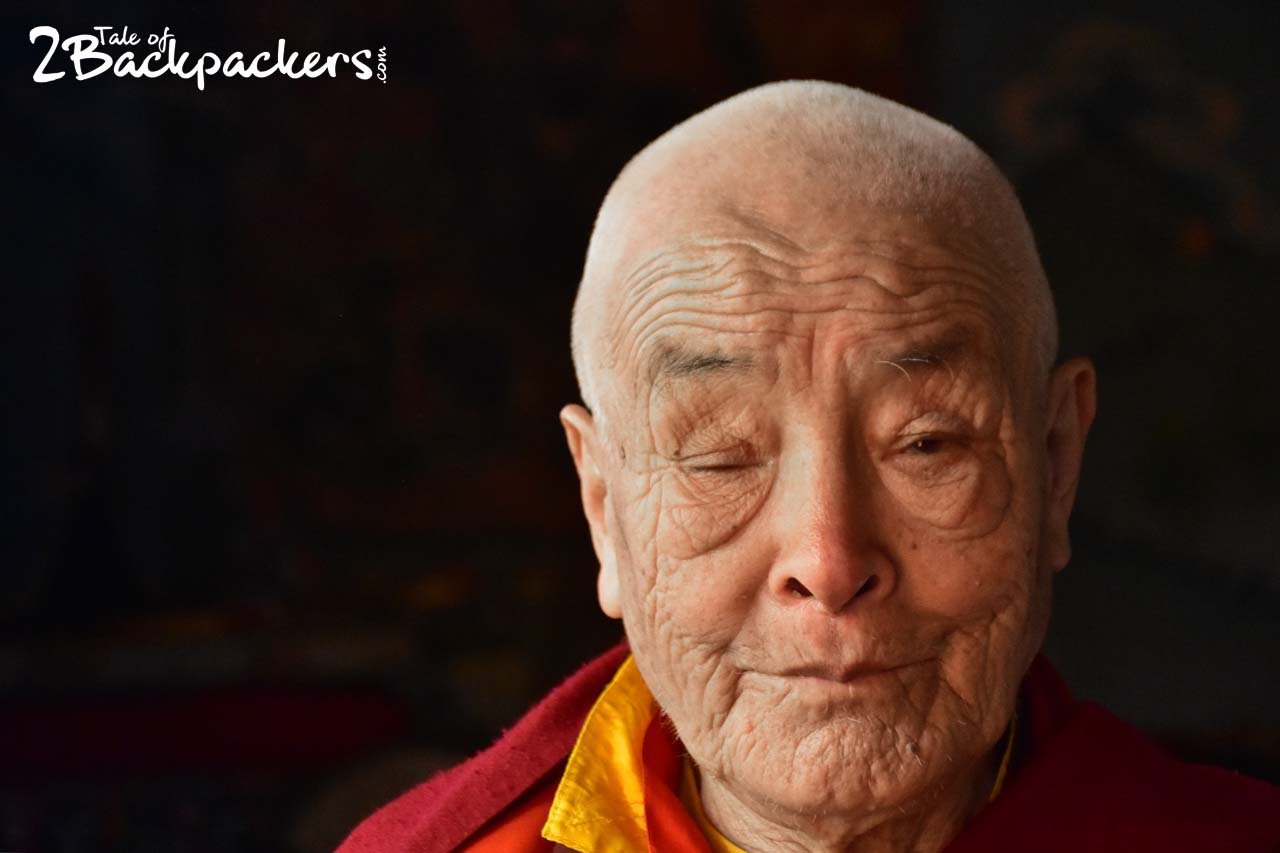
I have always believed that a place can be best understood through its people. But before visiting northeast India, we would recommend you to learn something about the tribes and locals of the place. The tribal communities usually have a different lifestyle, food habits, rituals and traditions. Respect their traditions and lifestyle. You will be able to enjoy your trip in a much better way if you do so.
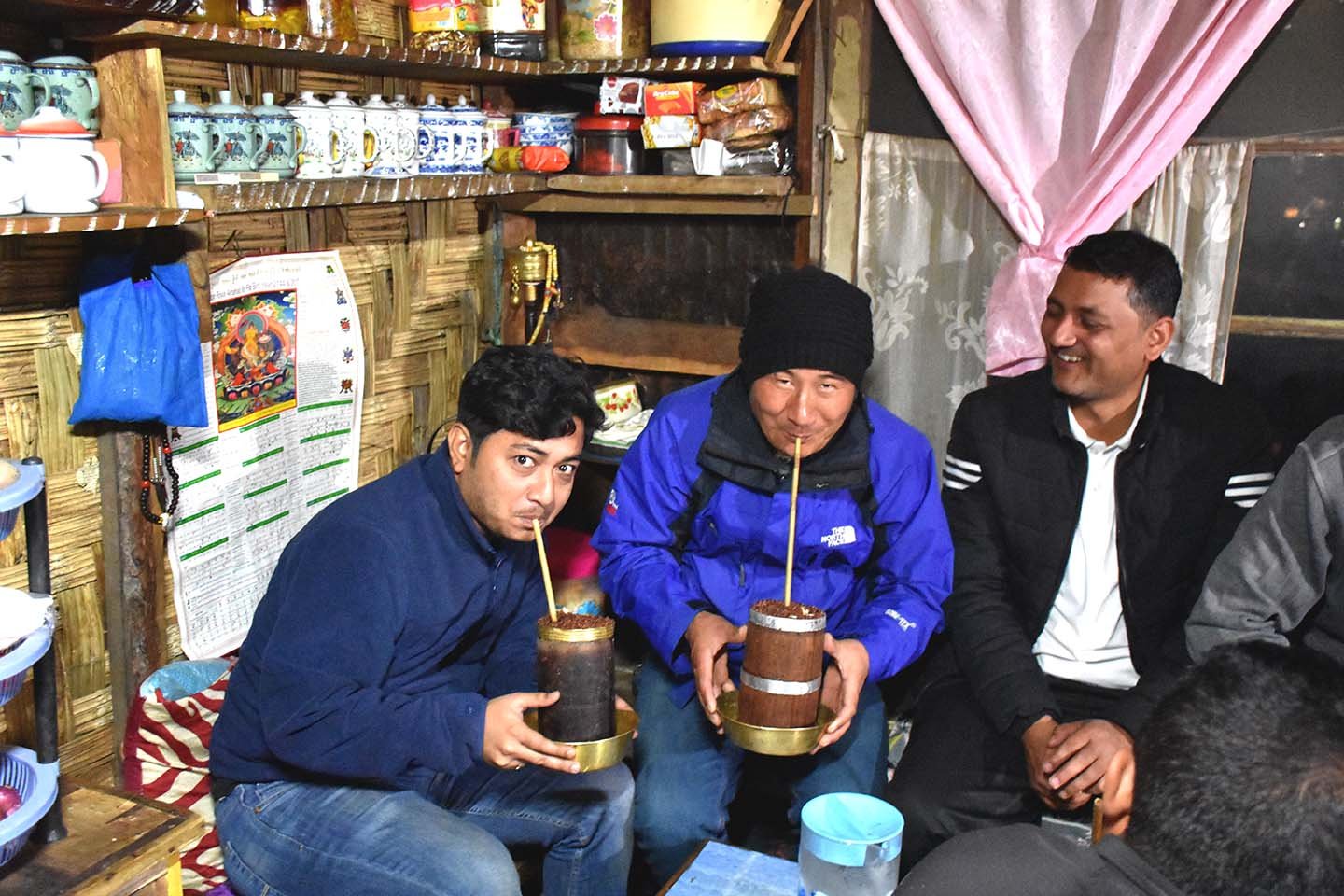
For example, while travelling in Sikkim, the popular tourist destinations like Gangtok and Pelling have amenities catering to the facilities of the tourists. But when we visited Dzongu, the Lepcha Reserve in North Sikkim , we found that the locals there are early risers and have their lunch by 10.30 and dinner by 7.30 pm. Our host wanted to change the rules for us, but we decided to have food with them. This made our hosts extremely happy and we spent some of the best times in Dzongu.
The people of Northeast India are very warm and friendly. They can go out of the way to help you and make you comfortable. Our guide in David Scott Trail was a shy young boy. Once he was comfortable, he was full of stories and anecdotes about Meghalaya and the Khasi Hills.
Wildlife of Northeast India
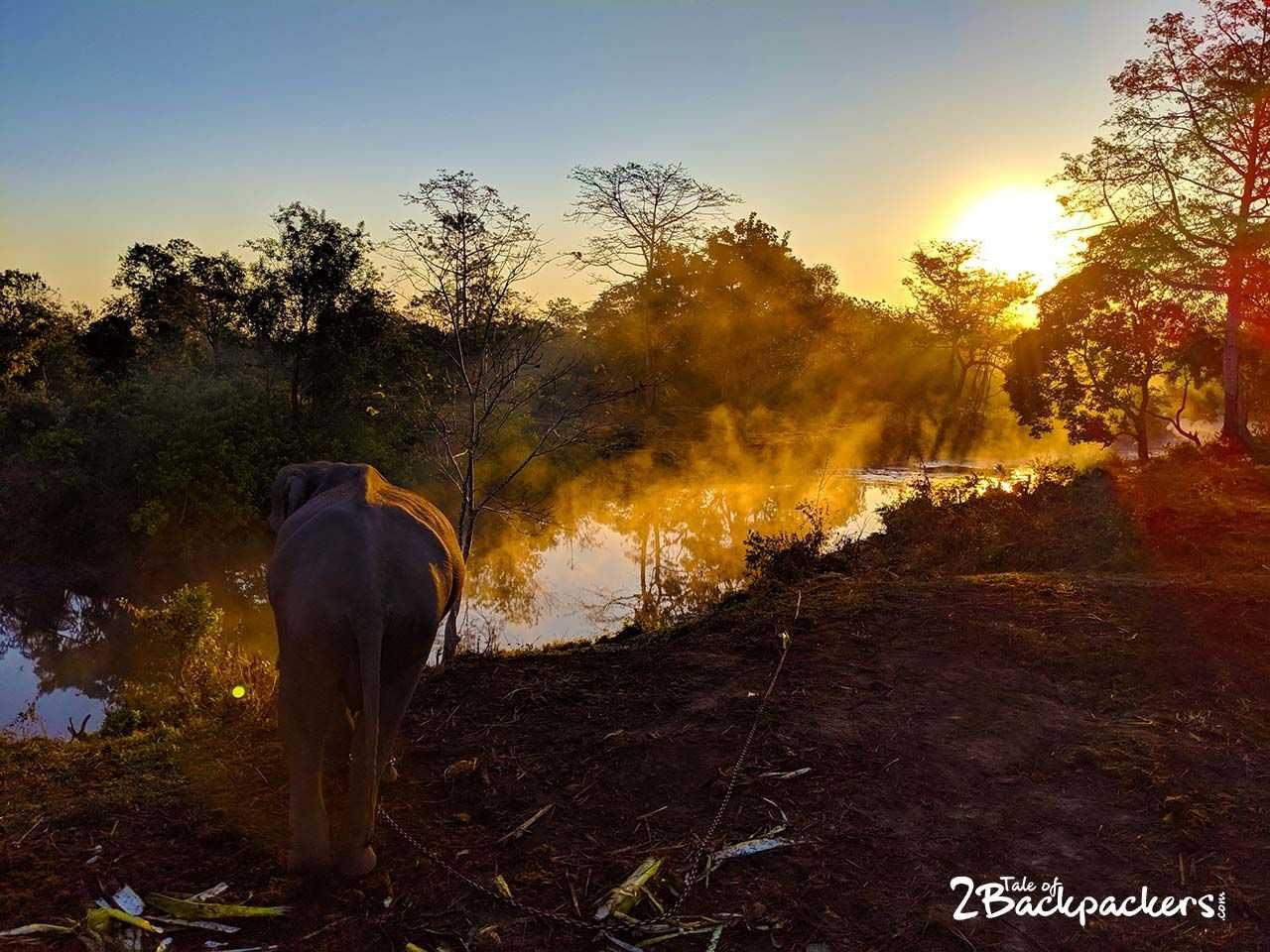
Northeast India has one of the highest forest covers in India. Quite naturally, the region rich with natural splendour is also the home to abundant flora and fauna. The wilderness of the region also adds to its aura and those who have a penchant for wildlife would not be disappointed. There are many national parks, wildlife sanctuaries in Northeast India that are home to many endangered and exotic species of animals.
If you are looking for tigers, you will not find it here. What you will find here is the endangered one-horned rhinoceros. Almost 2/3 rd of the rhino population in the world are found in this region. Kaziranga National Park, Manas National Park, Pobitora Wildlife Sanctuary in Assam are the home to these one-horned rhinos.
Arunachal Pradesh is one of the rare places where seven types of wild cats are found – tiger, leopard, clouded leopard, snow leopard, leopard cat, marbled cat and the golden cat. Namdhapa National Park and Mouling National Parks are the best places for wildlife.
Keibul Lamjao National Park is the world’s only floating National Park and is the home to the e ndangered Sangai deer or dancing deer of Manipur .
Hoolock gibbons are found in abundance in Nokrek Biosphere Reserve in Meghalaya, Hoolongapar Wildlife Sanctuary near Jorhat in Assam, Murlen National Park in Mizoram, Trishna WLS and Sepahijala WLS in Tripura. Tripura is also the home to the cute looking Phayre’s Langoor or the Spectacled monkeys . Nagaland is known for its birds – the great Indian Hornbill, Rufous-necked Hornbill, tragopans and many more.
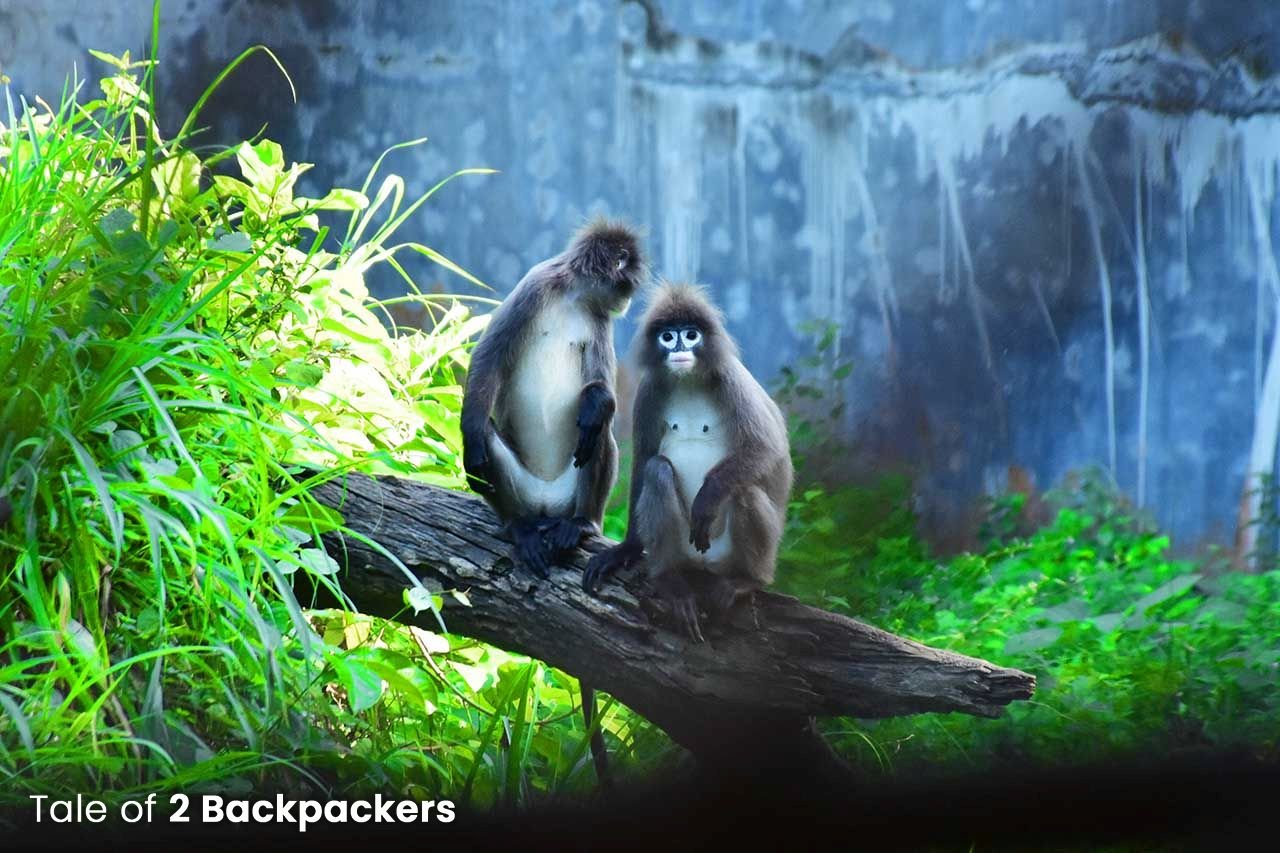
Sikkim is a haven for wildlife enthusiasts and bird watchers. 30% of all the birds found in the Indian subcontinent are found in Sikkim. There are about 550 species of birds recorded in Sikkim and many of them are endangered. Many endangered animals like the red panda, Himalayan Black Bear, Snow leopard etc are also found in Sikkim.
So if you wish to go for a wildlife trip to Northeast India, you will definitely not be disappointed.
Festivals of Northeast India
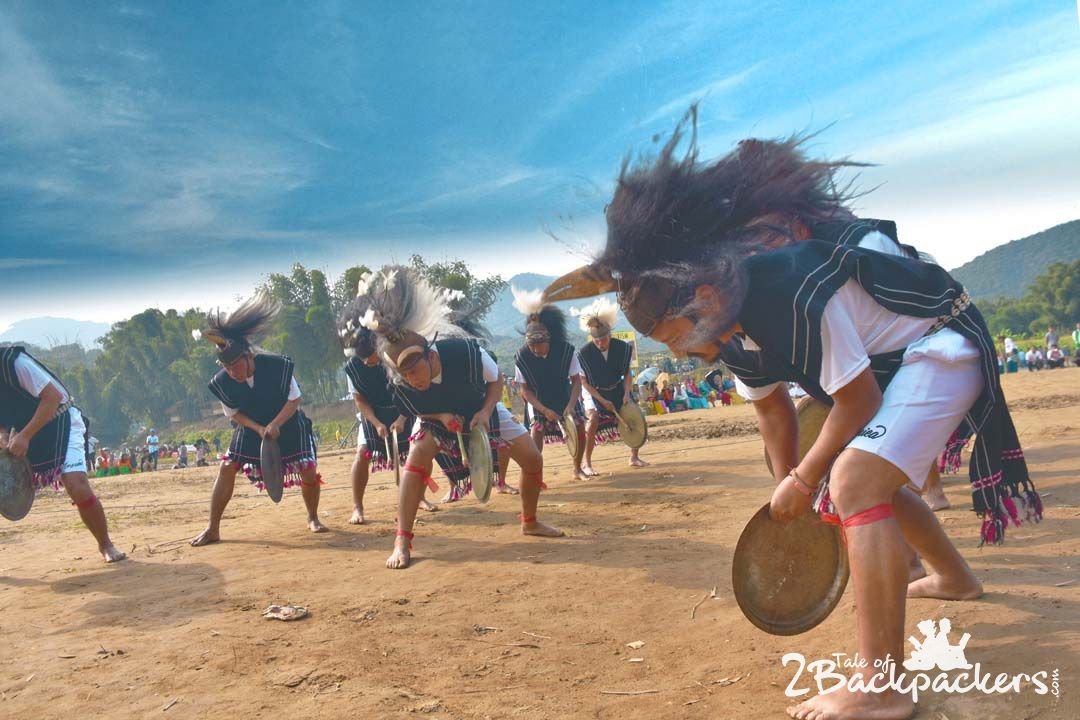
Festivals in Northeast India is a mélange of music, dance and colourful costumes. The festivals of northeast India are quite a spectacle to watch. While the Hornbill Festival and Ziro Festival of Music happen to be quite famous, there are many other festivals that are equally interesting and fun to attend. Here I have mentioned only a few festivals celebrated in Northeast India according to the months.
- Magh Bihu, Assam
- Dwijing Festival , Assam
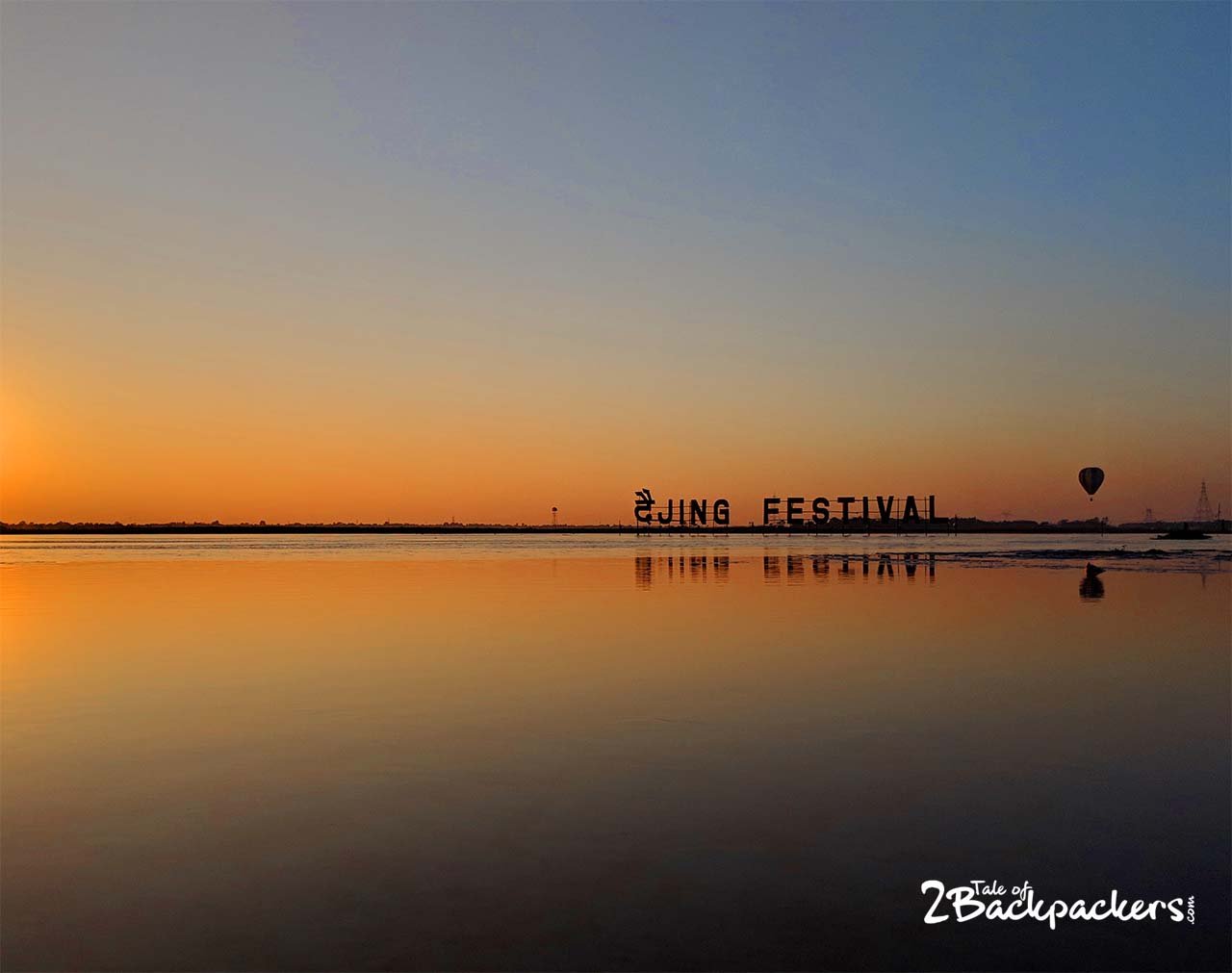
- Losar, Arunachal Pradesh
- Nyokum Yullo, Arunachal Pradesh
- Chapchar Kut, Mizoram
- Myoko Festival, Arunachal Pradesh
- Rongali Bihu, Assam
- Aoling Festival, Nagaland
- Mopin Festival, Arunachal Pradesh
- Dree Festival, Arunachal Pradesh
- Kharchi Puja, Tripura
- Pang Lhabsol, Sikkim
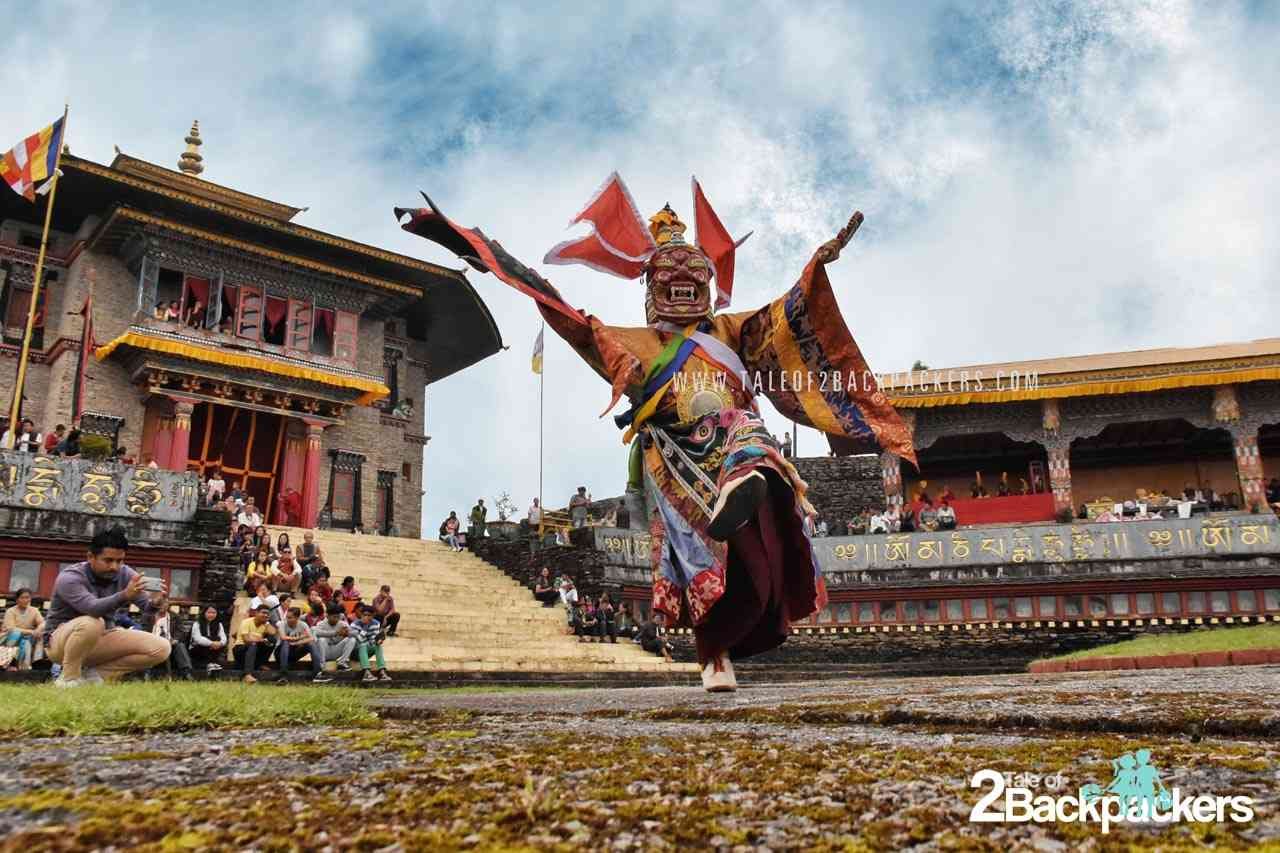
- Ziro Festival of Music , Arunachal Pradesh
- Anthurium Festival, Mizoram
- Tawang Festival , Arunachal Pradesh
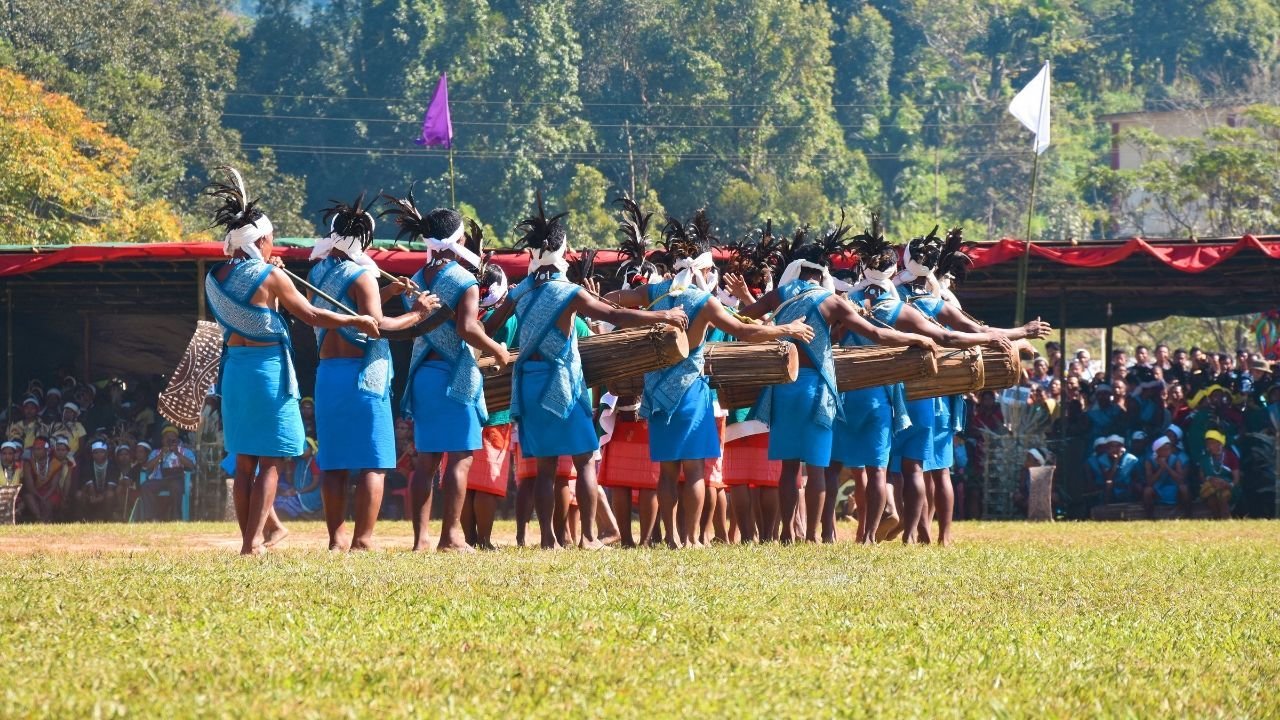
- Raas Utsav, Majuli (Assam) and Manipur
- Nongkrem Festival, Khasi Hills, Meghalaya
- Wangala Festival , Garo Hills, Meghalaya
- India International Cherry Blossom Festival , Shillong
- Sangai Festival , Manipur
- NH7 Weekender, Shillong
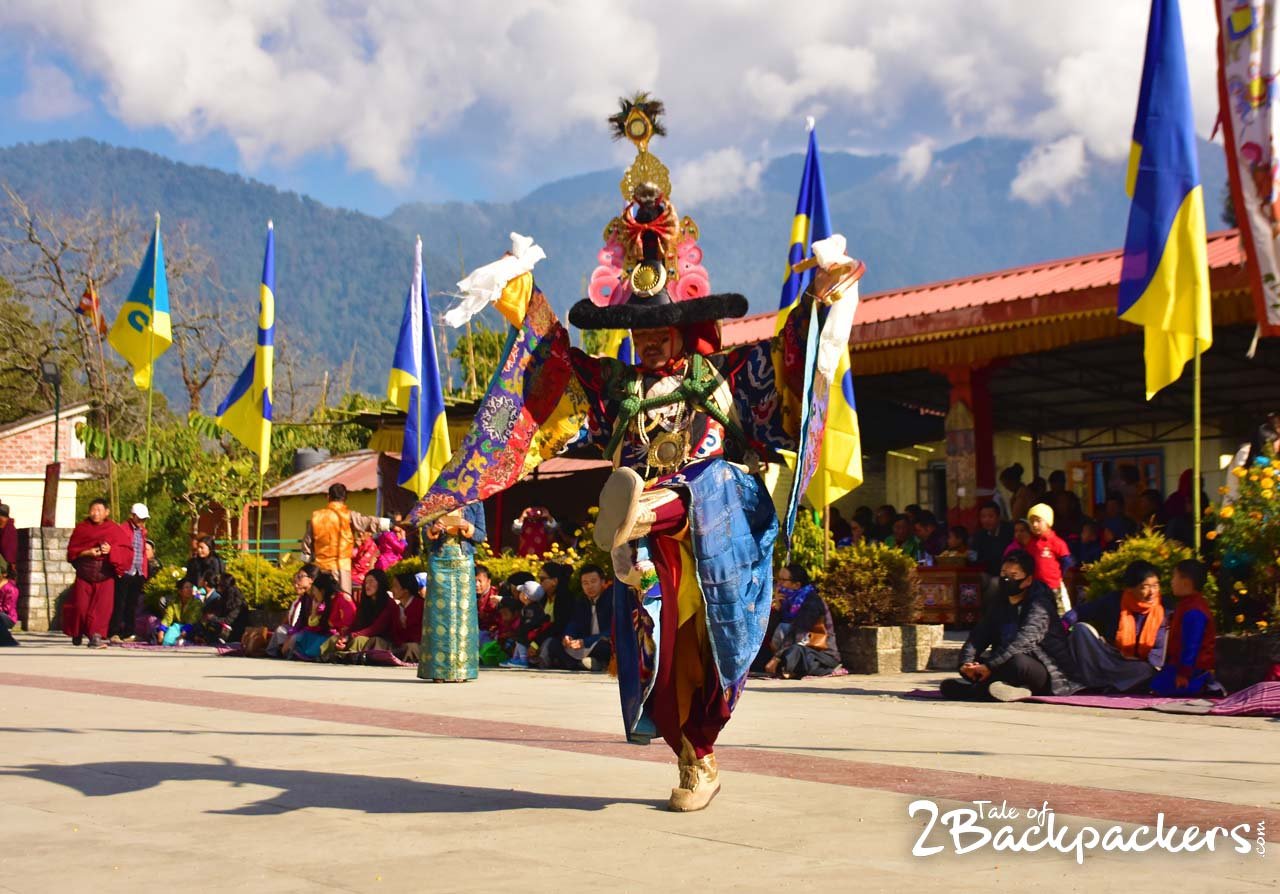
- Hornbill Festival, Nagaland
- Losoong and Kagyed Dance , Sikkim
- Basar Confluence , Arunachal Pradesh
- Dambuk Orange Festival, Arunachal Pradesh
Northeast India Travel Tips
A few things that you must remember while visiting Northeast India.
- Please respect the place, people and their culture.
- Respect nature and do not disturb the eco-system of the place. The locals live in close communion with nature.
- Do not judge the local community by their food habits and lifestyle. If you do not like any custom and rituals, stay away from it instead of being vocal about them. These customs are their heritage and they have been living by it since long.
- The people in Northeast India mainly eat non-vegetarian food. If you do not want to eat it, please let your host or tour agent know about it beforehand. Do not complain about the type of food you get. Do remember, that these are remote areas and your host provides you with the best they can. If you cannot compromise on your food habit, then probably northeast India is not the place for you.
- While staying in a homestay, please adhere to the house rules. Every community has its own set of rules and it is appreciated if you adhere to them. Live like a local when you are in Northeast India.
- Finally do not throw garbage and litter anywhere. Most of the villages in Northeast are very clean and they have dustbins placed at various locations.
- Do not get into fights and altercation with the locals. If anything is bothering you, let your host know it.
- Dress conservatively while visiting the remote areas.
- Do not venture out alone in remote areas. Take a local guide with you.
- Do not bring anything out from the sacred groves and be reverent to these groves. The locals consider these forest areas holy and it is their place for worship as well.

Should I opt for Northeast India Tour Package?
Well, this is one of the most important questions that can come to your mind. Well, if you are young and energetic, have time in hand and do not get frustrated if your travel plans get awry, then you can definitely travel northeast India on your own. While Assam, Meghalaya, Sikkim and Tripura have fairly satisfactory transport and infrastructure, the same cannot be said for the other states. Before you decide you want to travel on your own, keep a few things in mind:
- The roads are in bad conditions in remote areas. Landslides are common in hilly areas. It may so happen that you get stuck at a remote place and cannot move from there even in a couple of days.
- The shared vehicles start from its source usually early in the morning. If you miss it, you have to wait for the next day.
- Your plans can go awry any time in Northeast if there is a roadblock or landslide or some problem in the area. So you need to be flexible in your plans.
However, if you use to take a Northeast India tour package from an operator, then you do not have to think about these problems on the road. Your transfers will be seamless and you need not worry about the getting vehicles from one place to another. Also, you will be provided with a guide who will give you information about the place and people. He can also act as the interpreter between you and the local tribal people. Especially, if you are travelling with family, we would recommend you to take the help of tour operators.
Northeast India Travel Guide (FAQs Answered)
Carrying a raincoat or rain jacket is a must for your Northeast India trip, irrespective of the season you visit. You never know when it can rain there. If you are visiting during the winter, do carry proper woollens like sweaters, jackets, gloves, woollen socks and caps. Carry a good pair of shoes and a pair of flipflops. Do not forget to carry your ILP and PAP (where needed), Identity and Adress proofs and photographs. Foreign tourists need to carry their passport and Indian Visa. Carry a mosquito repellant. You will thank me later!
Northeast India is a fairly remote area. The main cities, mainly the capital cities do have hostels. We have stayed in the hostels in Gangtok and Shillong and they were fairly good in terms of cleanliness and comfort. We had also looked for hostels in Aizawl, Mizoram. The hostels were very cheap, but they were not clean. We also did not see and facility for warm water. However, in Mizoram, the government-run tourist lodges are the best options to stay. I am sure Guwahati also will have proper hostels though we haven’t stayed in any. Do not expect hostels in the remote destinations, especially the villages. Homestays are the preferred accommodation options in those places. Homestays are great ways to experience the local culture.
Different places have different language. There’s a huge variety. Each tribe has many sub-tribes and they have their own dialect. The same language can also have various dialects. However, as a traveller, you need not worry. Most of the people speak English. You will not have any problems with all the main tourist destinations. Only when you visit the remote areas, there can be a language barrier. But I am sure you will find a few in the village who can speak English and will help you.
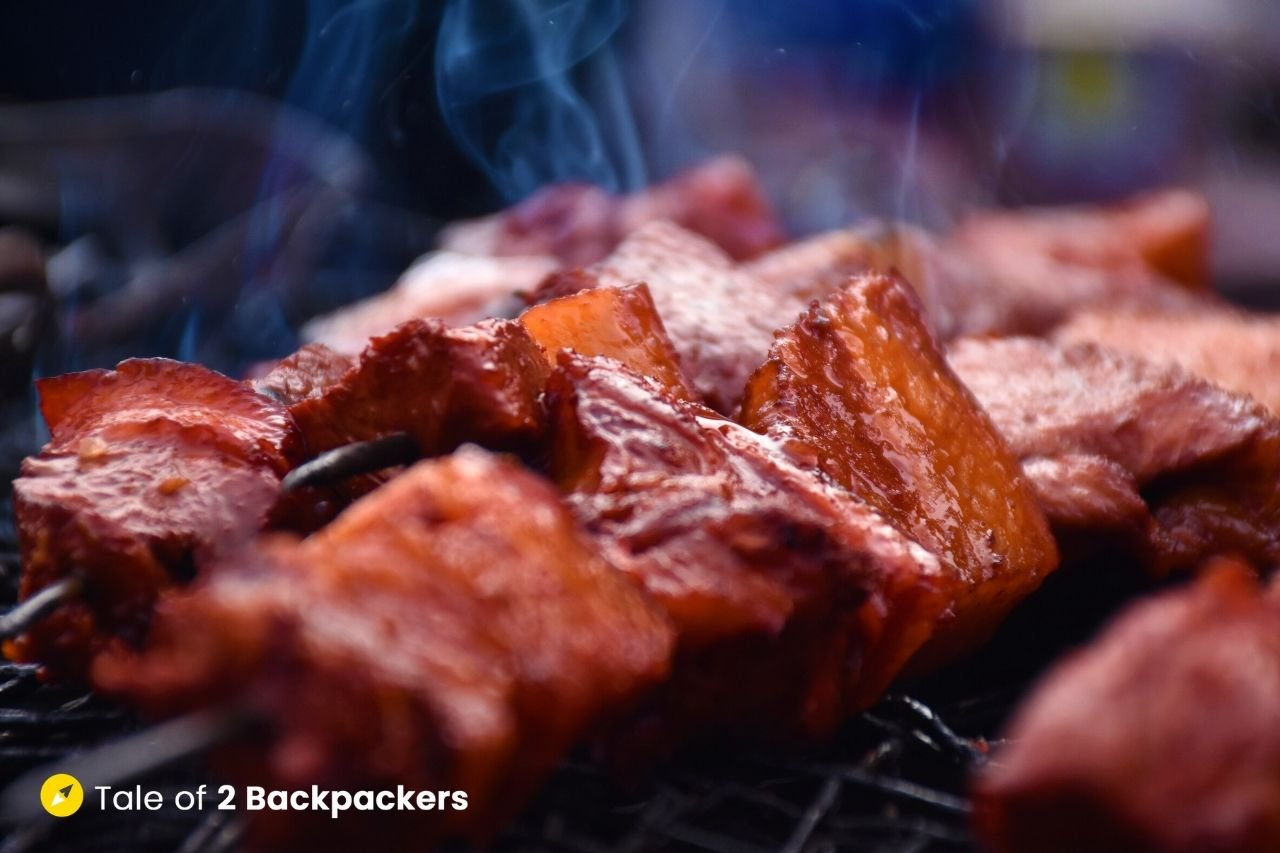
This totally depends on what you want to see and where you want to visit. Our recommendation is not to rush travelling in Northeast India. The place is best enjoyed and experienced if you travel slow. If you wish to visit one state, then 7-10 days will be good to cover the main attractions of that state.
Mobile and wifi connection is available in the main cities, towns and popular tourist destinations. But connectivity is poor in the remote areas.
In this blog about Northeast India travel, we have tried to cover all the important information. If you still have any questions, do ask us by commenting below. You can also send us a mail to [email protected] with your queries.
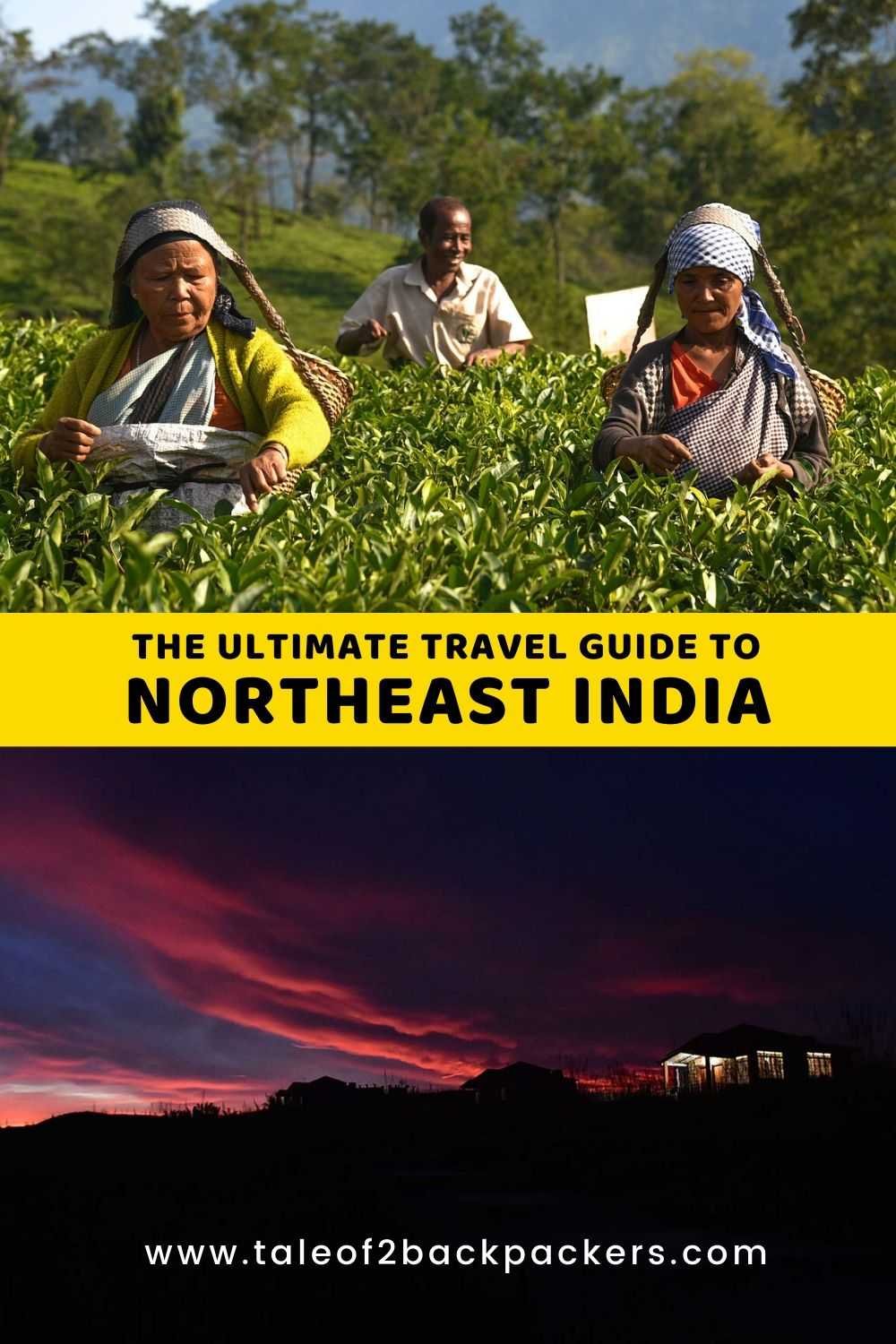
Resources for Travelling to Northeast India
- Tawang Travel Guide
- Majuli – A complete travel guide
- Meghalaya Travel Guide
- Offbeat Places to visit in Meghalaya
- Mizoram Travel Guide
- Sikkim Travel Guide
- Tripura Travel Guide
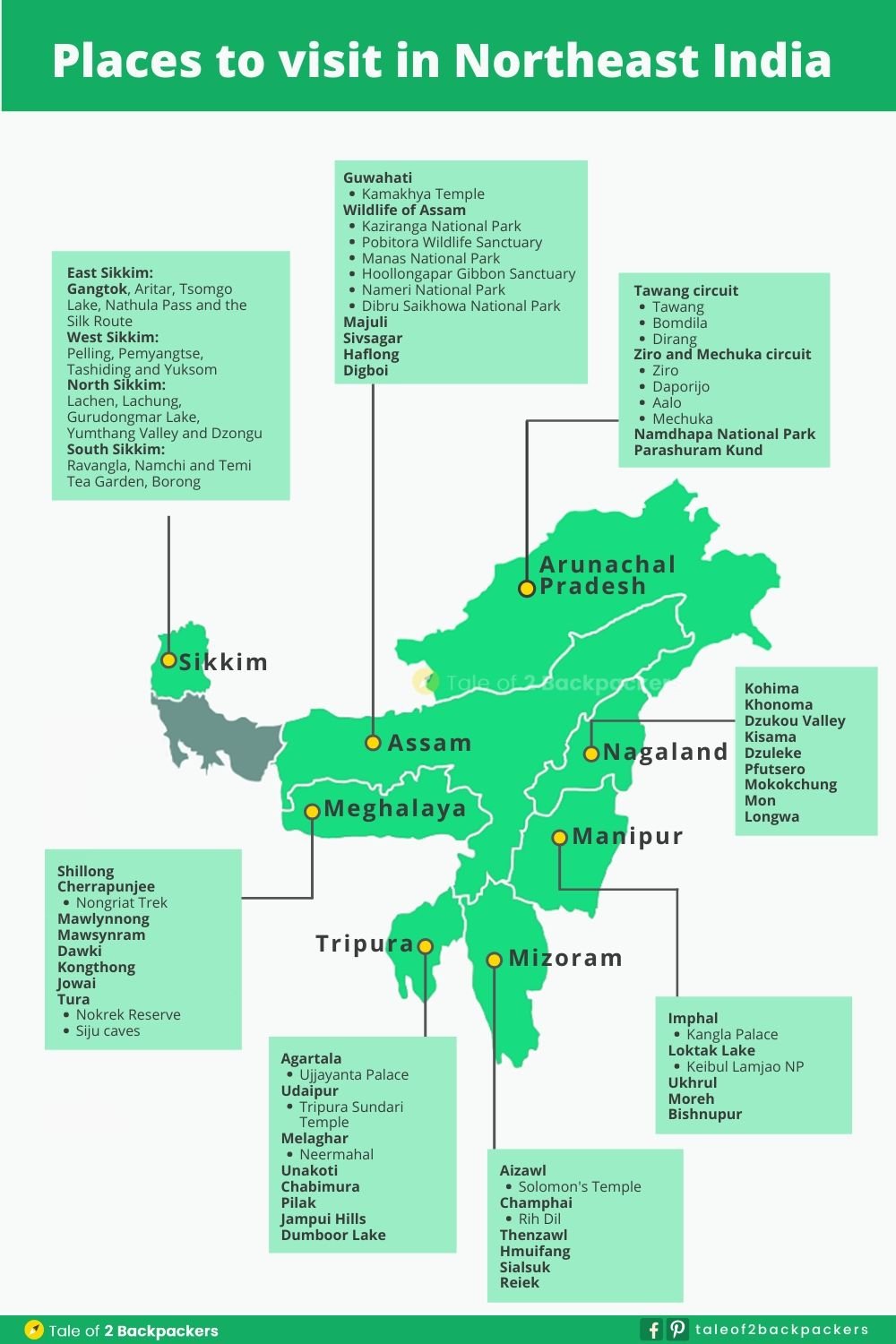
Agni Amrita
Related posts.
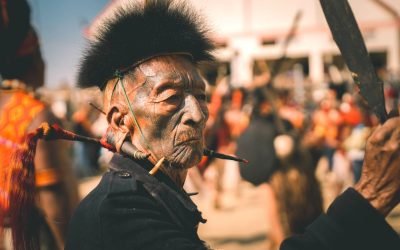
Aoling Festival at Nagaland – The Grand Festival of Konyak Nagas
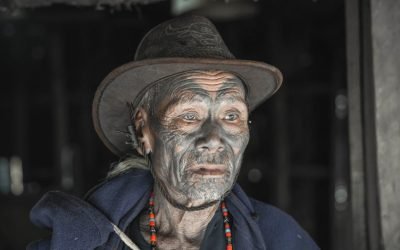
Konyak Tribe – In Search of The Tattooed Headhunters of Nagaland

Garo Hills, Meghalaya – Travel Guide for Your First Time Visit

Phe Phe Falls – Most Jaw-dropping Waterfall in Meghalaya
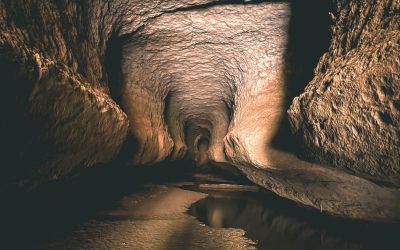
Siju Cave & Rock Formation – Nature’s Play at Garo Hills Meghalaya

Wari Chora – Hidden Paradise in Garo Hills of Meghalaya
44 comments.
Thank You so much for this detailed article on North-east India .
I have visited Gangtok two years back and what an experience ! It was so soothing to mind and body that I can’t express it . I am now planning to visit Assam next . And specially the Kamakhya temple which carry a great history with itself .
On thing I must say that the rich history of Northeast region needs a close attention of both state government and central government . People of India aren’t aware much about the rich culture and history of north-east because of the ignorance of the Government .
Nice pics……. great place …… wanna go ……. very nice description …… thank you for this blog….
Wow. Very detailed and informative. Covers whole north east. Would look forward to specific travel guide for Manipur and nagaland too. Thanks!!
Thank you so much for your kind comment. Blogs on Manipur are coming soon!
Never seen such a wide coverage on seven sisters. You have covered every aspect, so nothing much to ask – just take your baggage and catch the flight. Would love to combine a package tour and my own programme. Thank you. Debasis Mallik
Thank you so much for your comment! Northeast India is a wonderful place. Hope you have a wonderful time there.
I am a passionate travel blogger. I look at your posts regularly and thank you so much that you have shown the places of North East India in such detail. I especially like the location display map. Thank you very much sir for giving this update.
Thank you so much for your kind words. Keep reading our blogs and supporting us.
Amazing North East of India! We had just visited the Meghalaya and covered almost all the places you have listed here.
Thank you Abhi for the comment. Watched your vlog. Its lovely!
Thank you so much for showing me the details of so many things from the North East.I must travel north-east
Thank you so much for our comment.
I am a travel blogger. I found your blog interesting. I appreciate your writing. The author rightly highlighted the favorite destination to visit in the northeast. I personally follow your blog on regular basis for new updates.
Thank you so much for your kind words! Please keep following our blog!
Superb, detailed guidebook to travel the heaven. Thank you so much. I had certain queries, how to get in touch to know more about it?
You can send us a mail at [email protected] or drop a message at Instagram.
Thank you Agni & Amrita. Super detailed, and best guide. Looks like we need a good 2.5 months to cover the entire North East. May I request if you can suggest how can we divide these 7 states in sections for example Assam & Meghalaya can be done in 2-3 weeks & in next trip other two states can be clubbed together etc. Which can give a fair introduction to North East region and quest to visit other places in next trip 😉 ( I am planning for Jan 21 ) Again, Thank you so much for taking these efforts and inspiring us to travel to these gems of India.
Thank you Neha for the lovely comment. Yes, you would need at least 2.5-3 months to cover entire northeast India. I would request you to please drop us a mail with your queries. Thanks again.
You have kind of presented a wholesome introduction and guide to Northeast India. I especially loved the Map showcasing the locations.
Thank you so much Joydeep!
Wow wow wow !! This is the most detailed travel guide anyone can ever ask for…after reading this I don’t think I need to look up anything else before visiting all of North East! Well done! I have been to Sikkim many times since I was born and brought up in Kolkata and totally love Sikkim. Shillong is another favourite, stayed at Ri Kyunjai and was so awesome , the view was to die for. Looking forward to your next blog.
Thank you Anindita!
Looking at the post makes me wanna go and relive all the memories which I had in bits in north east m. There is so much more to just visiting Meghalaya or Assam. Reminds me of my quite days in Imphal .. I wanted to go and attend the Zero and Hornbill festival bit let’s see if this can be done this year or not
I also want to visit the Ziro and Hornbill Festival. Lets plan together!
Wow guys, this is a Northeast India Bible. We love the Northeast and the love started when we took our firs trip together to Meghalaya in 2019 after which we made a pact to travel to atleast one north east state once a year.
Thank you Diana! We have been visiting this beautiful place for long.
This is such a comprehensive guide of entire North East India, we are going to save it definitely. Was searching for something similar for long.
wow man! The blog post is so detailed. Really loved how it has been written. Starting form the maps to history to finally places to see. I have been to only Meghalaya in North East and would love to explore more. Will surely be pinning the blog for my northeast trip
Thanks Nishu! Glad that you liked it!
This is by far one of best, most comprehensive and detailed guides on the North East. Apart from Sikkim, I haven’t been to any other state in the North East and this post has only reignited the travel itch. One of my biggest apprehensions has been the availability of veg food. Some friends returned from Nagaland complaining about going hungry on so many days! The raw beauty of Arunachal and the national parks of Assam are my biggest motivations to visit the NE:)
Thank you Divyakshi. Yes, food can be a problem for vegetarians, but if you don’t mind eating boiled vegetables and rice for a few days, I think Northeast will be just great!
Quite a comprehensive guide for all the 8 states with all the basics covered! Loved how precise and well researched this piece was. I’ve only been to Nagaland in the northeast and the culture uniqueness is astounding. Northeast is one of India’s most beautiful regions and you’ve showcased that pretty well here. Especially the last image that marks the top things to do in each state. Pinned it for later!
Thank you Avantika! I was reading your posts on Nagaland and they are beautiful!
This is most detailed blog on North East India I have ever come across. I now know where I need to look for any information when I’m planning my trip here. Such a great effort guys. You’ll have mentioned every possible detail anyone would require! So commendable.
Thank you so much!
wow this is such a comprehensive guide for North East. I am surely keeping this pinned for my upcoming trip to North East. This is insightful
Thank you Tanayesh!
That is a solid guide that I am bookmarking for my travel – whenever that happens. I have only done one of the 7 states there and was hoping to do one more this year. In particular, I loved the section on the permits coz that info is not that easy to get.
Thank you Ami!
Wow! This is an amazing and comprehensive guide to visiting the North East, Agni & Amrita! Really appreciate the efforts you would’ve out into this for curious travellers like us who are eager to explore that region (especially the ILP guide) 🙂
And the pictures are interwoven well too. Can’t wait for the pandemic to ease out so that we can venture out here 🙂
Thank you so much both of you! Glad that you liked it!
Submit a Comment Cancel reply
Your email address will not be published. Required fields are marked *
Submit Comment
This site uses Akismet to reduce spam. Learn how your comment data is processed .
Pin It on Pinterest

An Ultimate Travel Guide to Northeast India
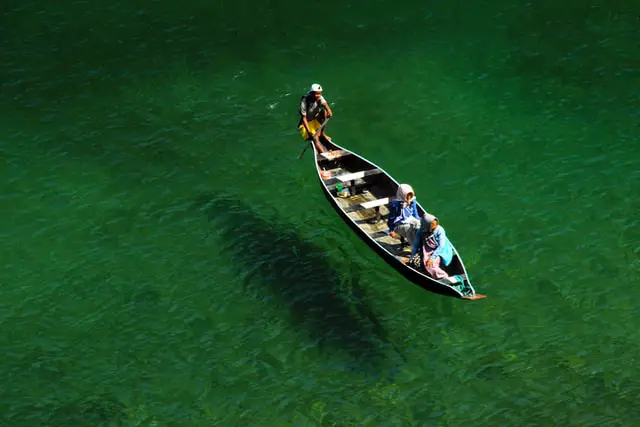
Tucked away in the easternmost corner of India, Northeast India is one region in the country that would hardly seem anything like India. From the pristine forest to the rippling Himalayan peaks and the open plains, the region has so much to offer. Choosing the best places to visit can be tricky as geography is as varies as its culture. Here we have put together an ultimate travel guide to Northeast India for anyone wanting to get a taste of the region.
Table of Contents
The geographical location of Northeast India
The contiguous states of Northeast India – Arunachal Pradesh, Assam, Manipur, Meghalaya, Mizoram, Nagaland and Tripura were originally known as the seven sisters and with the inclusion of Sikkim, it now consists of eight states. All these states share international boundaries with neighboring countries such as Bangladesh, Myanmar, Bhutan, China, and Nepal. The region is connected to the rest of India by a narrow stretch of land called the Siliguri Corridor, also known as the Chicken’s Neck.
Home to a rich bio-diversity, distinct cultural and ethnic heritage and a wide array of wildlife, the eight Northeastern states are blessed with wildlife sanctuaries, magnificent mountains and hills, spectacular rivers, stunning waterfalls, and ample natural attractions that are yet to be explored.
More than 200 tribes and subtribes call this home, from the unique matrilineal societies of Meghalaya to the tattooed one-time head-hunters of Nagaland. Northeast is indeed an unexplored heaven that has great scope for mountaineering, trekking and adventure tourism.
Best Time to Visit North East India
Generally, the best time to visit Northeast India is during the summer, but it mostly depends upon the places you wish to cover during your trip. The temperatures vary high according to the region and elevation of the place. The high-altitude region of Arunachal Pradesh, Sikkim, Nagaland, and Meghalaya have pleasant and cool weather.
The lower altitudes of the plains in Assam can be scorching as temperatures reach about 35°C. It is this time of the year that is considered ideal to visit places such as Kaziranga National Park, Ziro Valley, Nathu La, Dawki River and other hill stations. It is advisable to carry light woolen clothes while traveling to the hills and carry cotton clothes and sunscreen while traveling to the plains.
Northeast India receives moderate to heavy rainfall during the monsoon. Although the monsoon brings lush greenery and fills the lakes, rivers and waterfalls with enchanting beauty, it is generally considered not to be a very good time to visit the northeast as landslides and road blockades may occur in many places. However, with being mild you can still find tourists exploring the low-lying areas of the plains and enjoying its lush natural beauty.
Nonetheless, Meghalaya is a decent spot to visit during this period with Mawsynram and Cherrapunji getting the most precipitation than anywhere on the planet. It is advisable to carry an umbrella as you may not be aware of the sudden downpour of rain at any time of the day. . During the winter the region can become chilly to biting cold with high-altitude places such as Sikkim and Arunachal Pradesh receiving heavy snowfalls. Much of the plains in places like Assam, Tripura, Meghalaya and Mizoram experience cool and pleasant weather during this time. some of the famous festivals such as the Hornbill Festival, Ziro Festival, and Majuli Raas Mahotsavam happen during this season. It is advisable to carry winter jackets and warm winter clothes.
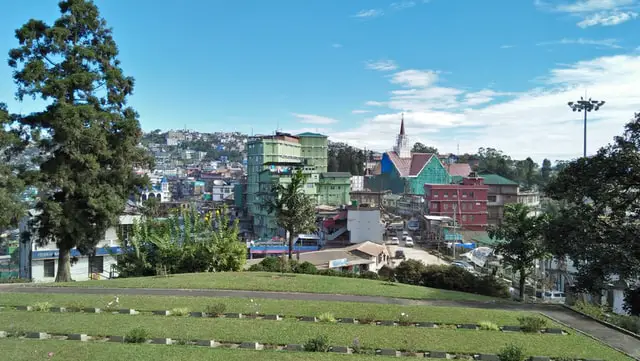
Travel Permits to North East India
Visiting the three states in Northeast India- Arunachal Pradesh, Nagaland, and Mizoram would require Inner Line Permits (ILPs) while foreigners including Overseas Citizens of India require Protected Area Permits (PAPs) for Arunachal Pradesh and Sikkim. Obtaining an Inner Line Permits (ILPs) is not required for visiting Assam, Meghalaya, and Tripura for Indians or foreigners.
As of late, the public authority of India has lowered the standards of ILP and PAP to advance the Northeast Indian travel industry making the process to acquire these permits fairly easy and straightforward. Check the details below to obtain Inner Line Permits (ILPs) for Indians and Protected Area Permits (PAPs for Foreigners.
*Details include required official identity documents, processing fee, and a list of issuing offices
For details and current status, consult the respective StateTourism website.
How to Reach North East India
There are direct flights from various cities on the mainland to states such as Assam, Manipur, Nagaland, and Tripura. Guwahati, having both direct and indirect flights from different Indian cities serves as the gateway for the other northeastern states. From Guwahati, you can board a flight to all the other airports in the region. Some of the states do not have an operational and therefore traveling by road is the only mean of communication to reach certain destinations. Some remote places have helicopter services.
Various train also connects the Northeastern states to other parts of the country through the Siliguri corridor. The most popular ones are: -Rajdhani Express-Delhi to Dibrugarh with many stoppages at Kokrajhar, Lumding Dimapur, Mariani, etc -Northeast Express and Brahmaputra Rail -Saraighat Express- Guwahati and West Bengal.
Road transport is also one of the most common ways to reach Northeast India. All states are well connected with road transport and there are regular bus services from neighboring West Bengal to other states like Assam and Sikkim. The plain regions of places such as Assam can be smooth while those in the remote and hilly regions can be quite rough and bumpy with narrow and steep slopes. There are also chances of landslides during the rainy seasons.

Getting around Northeast India.
All the states have State-run bus services that connect various towns and cities. However, shared taxis and sumos are the most popular and cheapest means of transport to explore various places in the Northeast. The road conditions in most of the hilly regions can be quite a challenge as they are not only bumpy but it will meet with shared curves and potholes.
Train connectivity is not very well developed but most of the towns and cities adjoining Assam have railway stations. The Indian Railways is pursuing an ambitious plan to connect all the state capitals with the railway line.
Mode of Communication in Northeast India
Although the region has over 200 languages and dialects, most of the people speak decent English to some level. But language can be a barrier to communicating with the locals in remote places but you will surely find someone who speaks English to help you out.
Food Habits in Northeast India
As varied as the region can be, the food habits in the Northeast India is also as diverse as the land. Non-vegetarian foods and boiled vegetables are common among the tribals of the region. Meghalaya is well known for its jadoh (a laboriously-made dish made with rice and meat), Manipur is known for Iromba (a dish is made from fermented fish), Sikkim is known for its momos and thukpas, Nagaland for its dry bamboo and fermented soyabeans (axone) while Assam is known for its fish curries and various pithas.
Some of the well-known must-visit places by state
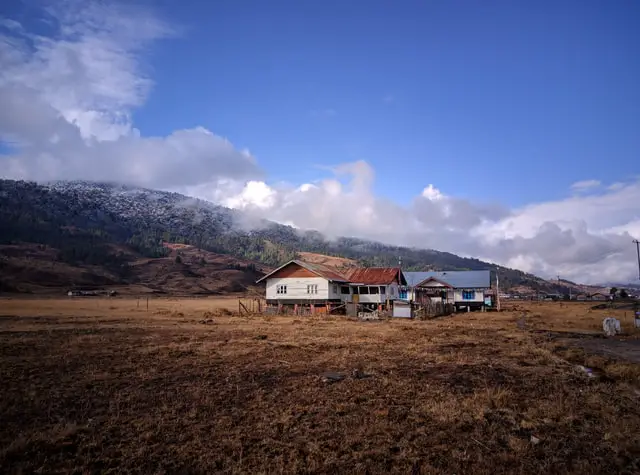
Arunachal Pradesh
Tawang – Famous for its 400-year-old monastery, which is the second-largest and oldest in Asia. Other places of interest include Sela Pass, Jang Waterfalls, PTSO Lake, etc.
Ziro – Inhibitated by the Apatani tribe, Ziro is famous for its rice-cum-pisciculture cultivation. It also hosts Ziro Music Festival in September every year.
Mechuka (also known as Menchukha) – Situated in a forested valley, it is known for its picturesque beauty, exotic tribes and snow-capped mountains.
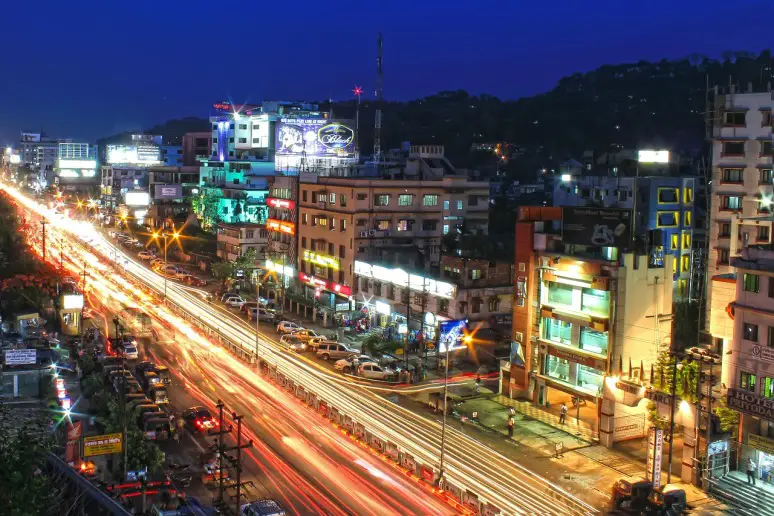
Kaziranga National Park – A UNESCO world heritage site, Kaziranga National Park is famed for its one-horned rhinoceros and also having the highest density of tigers in the world.
Kamakhya Temple – Located in Nilachal Hill in the western part of Guwahati, Kamakhya Temple is one of the most important Shakta temples.
Brahmaputra River – One of the longest rivers in the world, the Brahmaputra River offers irrigation and transportation, and the lifeline for the people of Assam.
Majuli – World’s largest river island, MAjuli is known for its scenic and lush green beauty sitting in the midst of the mighty Brahmaputra River.
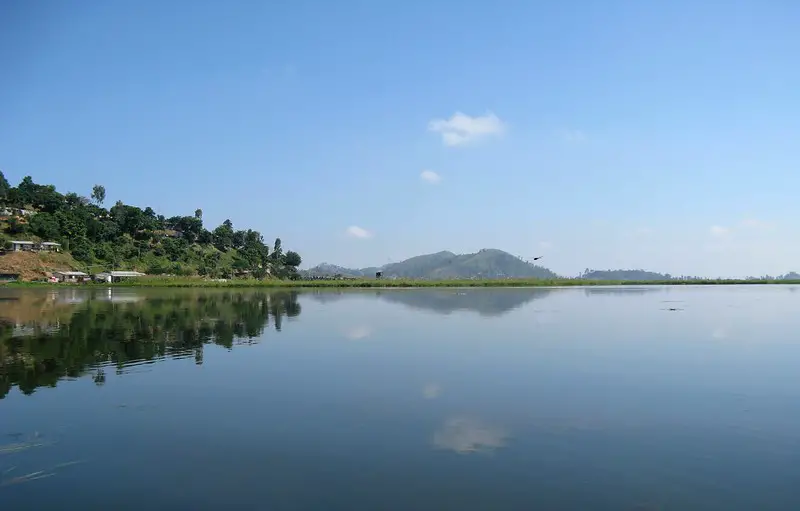
Imphal – The capital of Manipur and is one of the most ancient cities in India known for scenic landscapes and greenery
Loktak Lake – The largest freshwater lake in Northeast India, is known for its floating weeds (called phumdis).
Moirang – A historical town near Loktak Lake that serves as a cultural center for the Meitei people. The place also has a significant place in the Indian Freedom struggle.
Khwairamband Bazar/ Ima Market- a unique women’s market run by about 3000 mothers with vegetables, fruits, fish and household groceries sold on one side and traditional handlooms and household items on the other side.
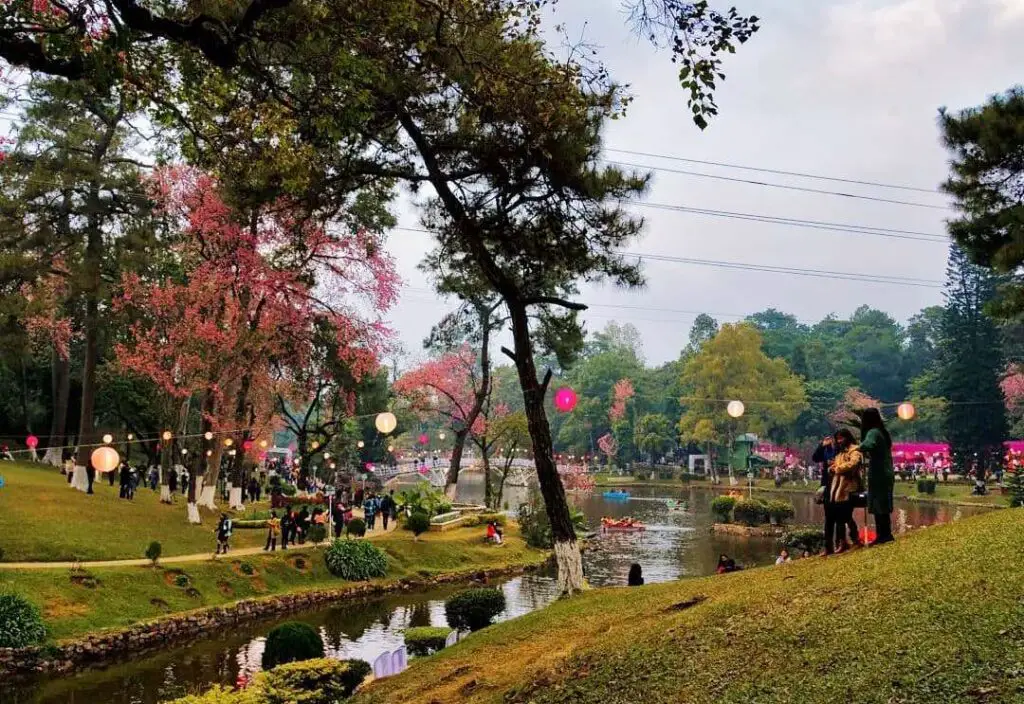
Shillong – A fast-emerging education hub in Northeast India, Shillong, also known as the “Scotland of the East” is a popular hill station known for its natural beauty, amazing people and culture.
Cherrapunji – Famous for its living root bridges, Cherrapunji (now more commonly by its historic name Sohra) holds the record for the wettest place on the planet.
Mawlynnong – A UNESCO World Heritage Site, Mawlynnong called “God’s own Garden” holds the distinction of being declared the “cleanest village in Asia” by Discover India in 2003
Dawki – A border town famous for the crystal clear see-through Umngot River.
Mawphlang Sacred Grove – a sacred forest guarded by one strict rule ‘NOTHING is allowed to be taken out of this Sacred Grove. Not even a leaf, stone, or a dead log’.

Aizawl – Capital of the state of Mizoram, Aizawl is known for its rich tribal cultural roots and abundance of natural beauty surrounding the city.
Thenzawl – Located in the heart of Mizoram, Thenzawl is known to be the handloom centre of Mizoram
Hmuifang – a popular hills station covered with the pristine forest since the time of the Mizo chiefs
Vantawng Falls – Located at a distance of about 137 km from the capital city, is the highest and most spectacular waterfall.
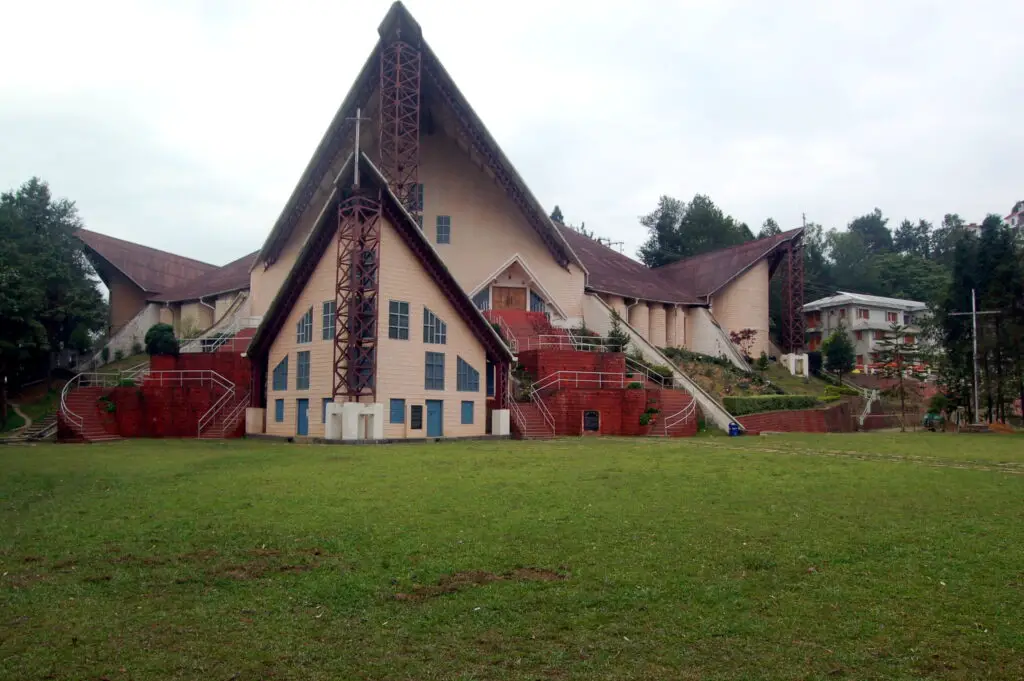
Kohima- the capital of Nagaland state, Kohima is famous for its Commonwealth War Cemetery dedicated to 10,000 Allied soldiers and Catholic Cathedral on Aradura Hill.
Dimapur- The commercial hub of Nagaland, Dimapur is famous for the ruins of the ancient Kachari kingdom, Dimapur like the Zoological Park, Ao Baptist Church, Diezephe Craft Village. Dimapur is well-connected to the rest of the country by road, rail, and air.
Khonoma – Known for its rice terrace cultivation and is now widely regarded as Asia’s first ‘green village’.
Mokokchung- Home of the Ao tribe, Mokokchung is known as the ‘intellectual and cultural capital’ of Nagaland. Longkhum, Mopungchuket, and Ungma are some of the tourist attractions in and around Mokokchung
Dzukou Valley- This valley is a popular tourist attraction known for its seasonal flowers. This valley is popular among trekkers and adventurous souls.

Gangtok – The capital city of Sikkim, Gangtok is known for its scenic beauty and spectacular views of Mount Kanchenjunga, the third-highest peak in the world.
Yumthang Valley- This beautiful valley is a flower sanctuary with rivers, hot springs, yaks and grazing pasture surrounded by the Himalayas
Gurudomar Lake – One of the highest lakes in the world, Gurudomar Lake is sacred to Buddhists, Hindus and Sikhs alike. The snow-capped mountain peaks against the backdrop of the lake add a stunning view of the lake.

Ujjayanta Palace- This royal house located in Agartala, the capital of Tripura brings back the past glory of the Tripura Maharajas.
Rudrasagar Lake- Rudrasagar Lake, is a lake located in Melaghar, Tripura. Neermahal, a former palace built by the Tripura Maharaja as a summer residence is situated here. The lake also attracts a large number of migratory birds during the winter.
Unakoti – Unakoti is home to the largest bas sculptures in India. The main attraction of the town is its rock carvings and waterfalls. The Indian government has approached UNESCO to declare it as a world heritage site.
Check out our travel guide to Northeast India section which includes a list of various travel service providers that will save you time, money, and will help improve your travel experience.
You Might Also Like
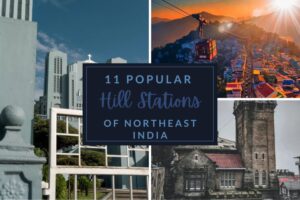
11 Most Popular Hill Stations of Northeast India
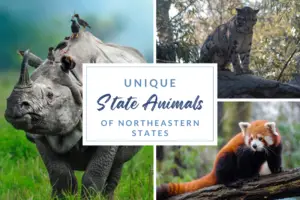
Unique State Animals of Northeastern States

5 Stunning Golf Courses In Northeast India
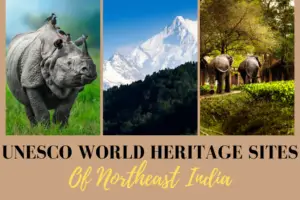
UNESCO World Heritage Sites Of Northeast India
Leave a reply cancel reply.
Save my name, email, and website in this browser for the next time I comment.
This Post Has 3 Comments
Pingback: How to get the best Trekking Map of India for FREE (Step-by-Step Guide) » Discover Northeast India
Pingback: 11 Most Popular Hill Stations of Northeast India » Discover Northeast India
Pingback: 9 Reasons Why You Should Visit Northeast India » Discover Northeast India
- Post author: Editorial Team
- Post published: July 1, 2022
- Post comments: 3 Comments
Highlights of the Seven Sisters: why Northeast India is the place to travel right now
Oct 10, 2019 • 9 min read
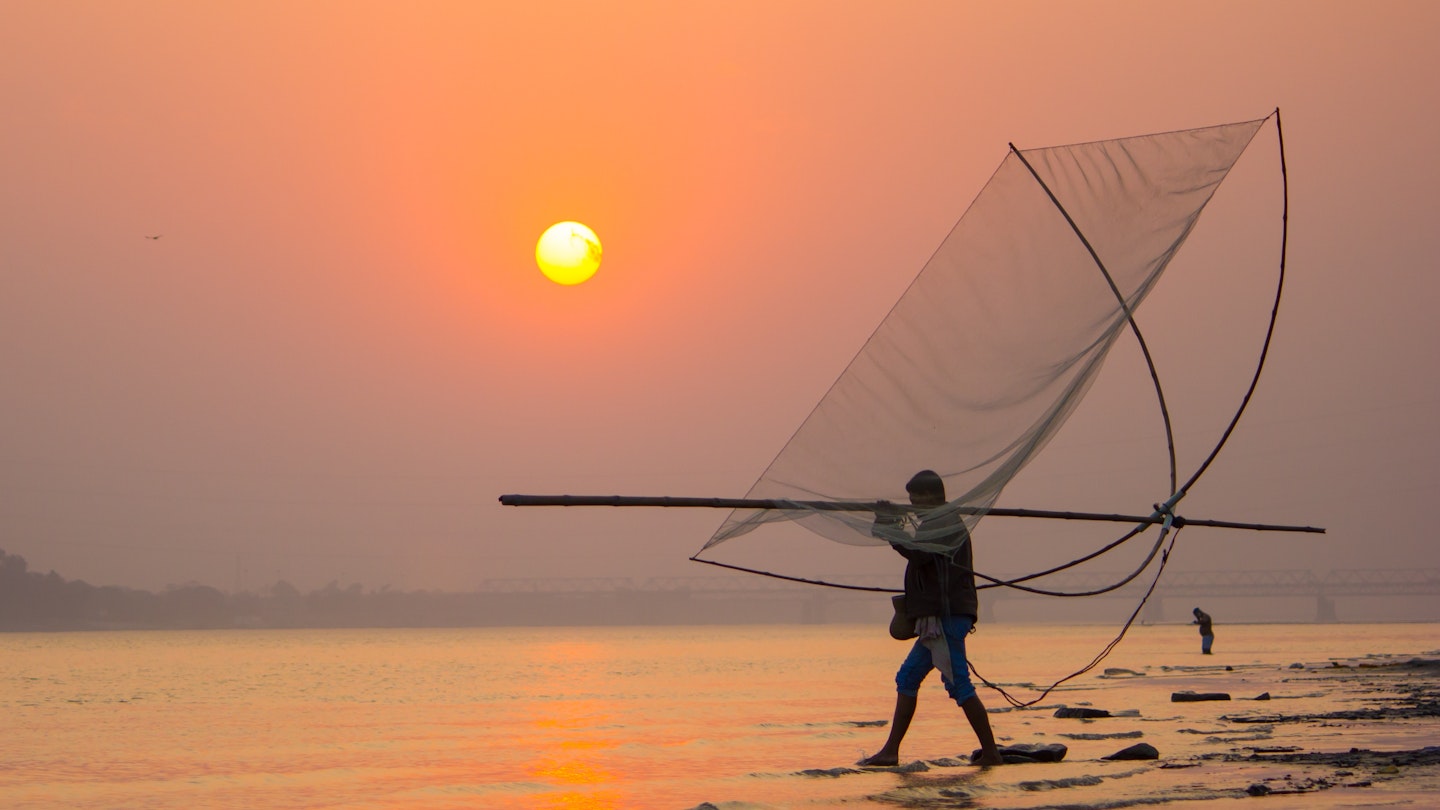
Of the countless pictures you’ve seen and travel tales you’ve heard of India , it’s unlikely many – if any – focused on its remote Northeast States . This triangular-shaped piece of land is wedged between China, Bangladesh, Bhutan and Myanmar, and consists of seven states, known collectively as the Seven Sisters. Long neglected by even the most intrepid of travellers because of their notoriously troubled past, the Sisters have slowly come of age, and may soon grow into India’s most sought-after travel destination.
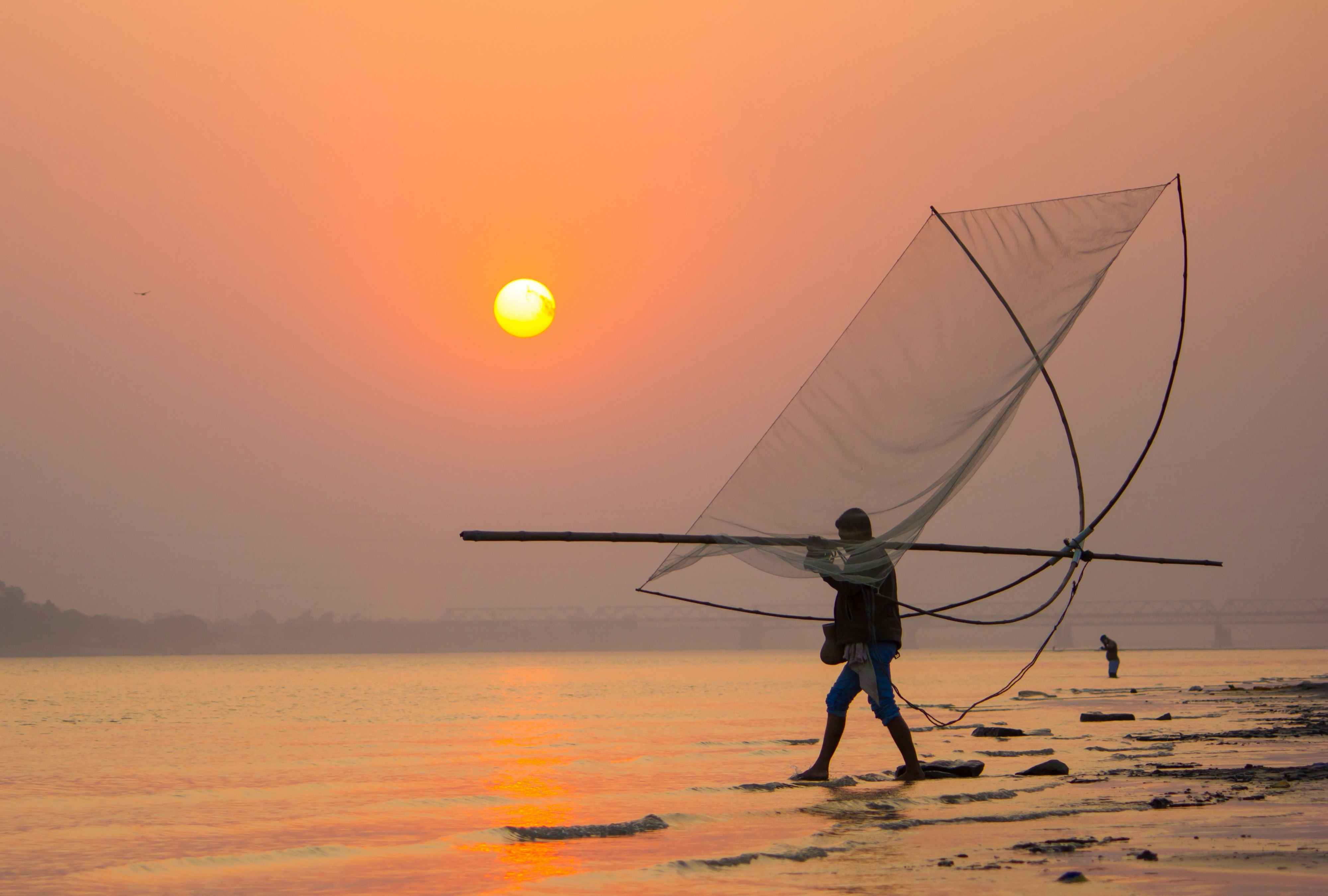
Home to a kaleidoscope of cultures, religions and ethnicities, the region has endured a turbulent history (think tribal warfare, independence struggles and cross-border smuggling). However, much of the outright conflict has subsided – apart from the occasional peaceful protest – and, as a result, the Indian Government has recently relaxed most of the travel restrictions and permit requirements for foreigners, meaning the region’s pristine nature, diverse landscapes and unique tribal cultures are open to the world for the first time.
From Himalayan monasteries to rhino-filled national parks, here are seven of the highlights of India’s Northeast – just make sure you see them before everyone else does.
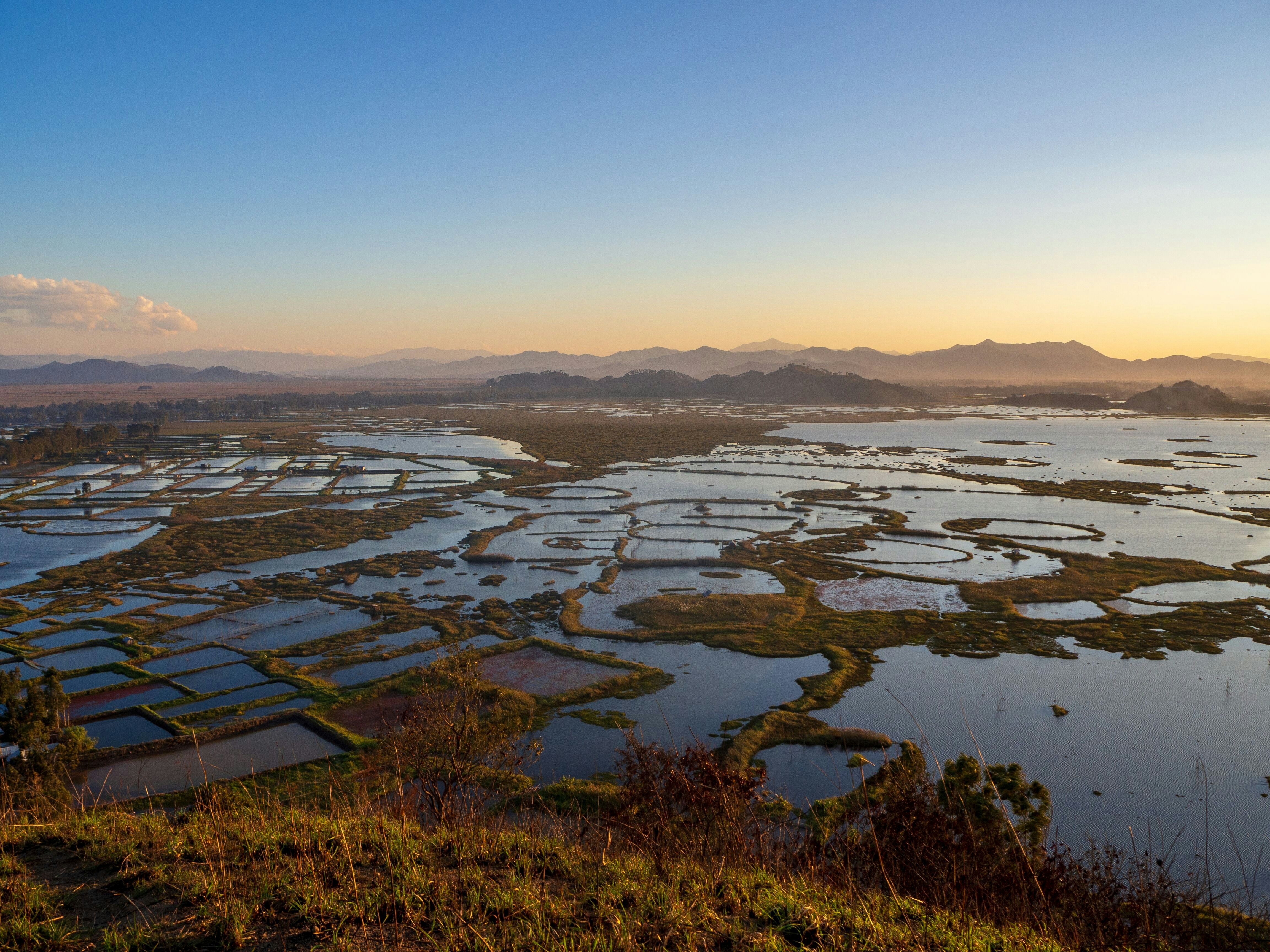
Loktak Lake, Manipur
Manipur was considered the most dangerous of the seven states as its fierce independence movement and forested hills favoured by smugglers prolonged the region’s instability. However, the locals will repeatedly assure you those days are long gone, and foreigners are welcomed with eager hospitality.
Loktak Lake, one of the largest inland bodies of water in India, is one of the most memorable highlights of the Northeast States. Just an hour from Manipur’s capital, Imphal, the landform is known as the ‘floating lake’ due to the presence of phumdis , large masses of vegetation that float on the lake’s surface. One of these buoyant islands is so big it’s been granted national park status, set up to protect the endangered sangai deer, which at one time was thought to be extinct. The park has a couple of viewing platforms where rangers will help you locate the deer through binoculars. Alternatively, it’s possible to spend time out on the water in wooden boats with local fishermen (many of whom live on the phumdis), who can provide insights into traditional fishing methods and details about the lake’s 100 species of birds.
It’s possible to stay in a village homestay on the lake run by the local ecotourism committee. Alternatively, there are also accommodation options in Moirang, the largest nearby town.

Tawang, Arunachal Pradesh
Arunachal Pradesh is the last frontier and eastern most state of India, sharing borders with Tibet, Bhutan and Myanmar. It’s the most precarious of the Seven Sisters, due to the heavily militarised nature of the area and the ongoing border dispute between China and India. For this reason, it’s one of only two states in the region – the other being Sikkim – where a Protected Area Permit is still required for foreigners. However, it can be easily arranged in Guwahati or Kolkata from government offices.
Arunachal is characterised by an impressive mountainous region that rises to the Greater Himalayas. Tucked inside these snow-capped peaks between Bhutan and Tibet , is the town of Tawang. This little-visited spot is home to the second largest Buddhist monastery in the world, spectacularly set on the edge of a slope at 3000m elevation. The monastery dates back to around the mid-17th century and is where the sixth Dalai Lama was born. It’s now home to around 300 monks and a treasure trove of Tibetan Buddhist relics, including rare manuscripts and thangka cotton paintings.
The real highlight, aside from the incredible scenery surrounding the monastery, is to spend time mulling around the peaceful, white-washed grounds, which are most atmospheric at sunrise when the monks perform their morning prayers, or puja , to the sound of beating drums.
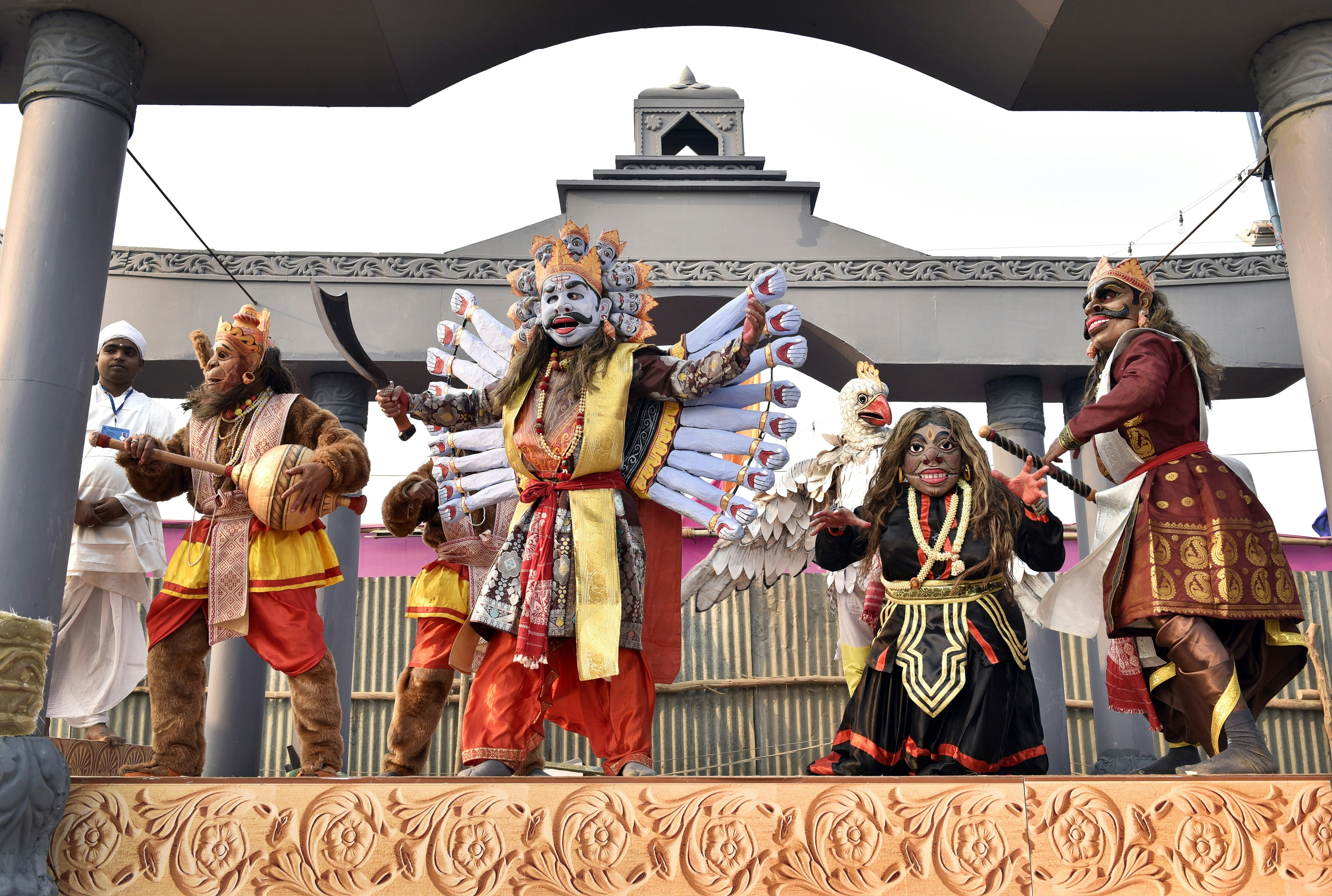
Majuli Island, Assam
Assam is the largest state in the region and perhaps the most well-known thanks to its production of its namesake tea. It’s lesser-known tourism marvel is Majuli, the world’s largest river island marooned in the mighty Brahmaputra River.
The island is home to some of the most important temples and satras (cultural centres) of the neo-Vaishnavite sect of Hinduism, which is native to Assam. More than just complexes for prayer, they are also used for traditional performing arts that includes elaborate and colourful masks which are handmade on the island. Majuli once had 65 of these satras, however, due to the slow erosion and seasonal flooding of the Brahmaputra River, the number has been reduced to just 22.
The large landmass is also home to the Mishing tribe, an indigenous community with roots in Mongolia who migrated to India in the 16th century. Their houses sitting high on stilts are traditionally made from bamboo and thatch, almost blending into the thick vegetation found on rural parts of the island. The community are extremely affable – don’t be surprised to find yourself being invited into a stilt-house for tea.
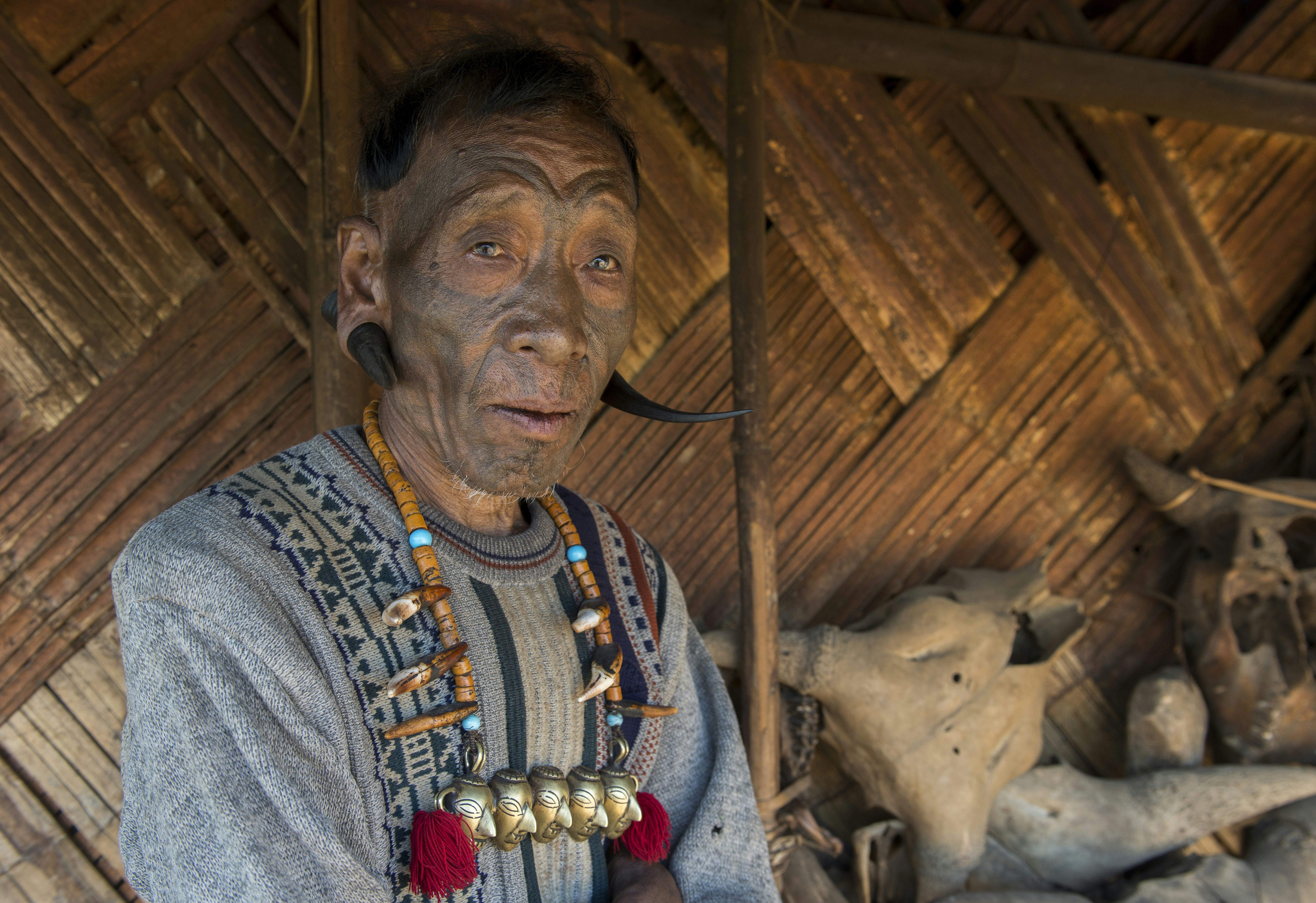
Konyak villages, Nagaland
The Seven Sisters are often referred to as tribal states, and, in this context, Nagaland is the region’s poster child. The Nagas is the collective term for around 20 tribes, but each has its own traditions and customs and occupies a different area of land. The largest of these tribes is the Konyaks, mostly situated in the north of the state, around the town of Mon.
The Konyaks are unique for their headhunting traditions. Not so long ago, territorial disputes in the area that is now the India-Myanmar border culminated in the practice of decapitating enemies and displaying their heads as trophies on door frames. These ruthless days are a thing of the past, but remnants of this time endure, most notably in the form of body art; ex-warriors – now in their twilight years – can still be distinguished by their tattooed faces and chests, a decorative practice used to honour their achievements in battle.
Although there are a couple of hotels in Mon where you can base yourself for village visits, a more immersive experience is to opt for a homestay with a Konyak family. The village of Longwa has a number of such accommodation options available, with hosts often doubling as guides. Staying in the village itself not only gives you more of a chance to meet some of the former headhunters, but also provides a window into everyday village life, as well as the opportunity to sample some memorable home-cooked meals, like smoked beef heart served with local red rice.
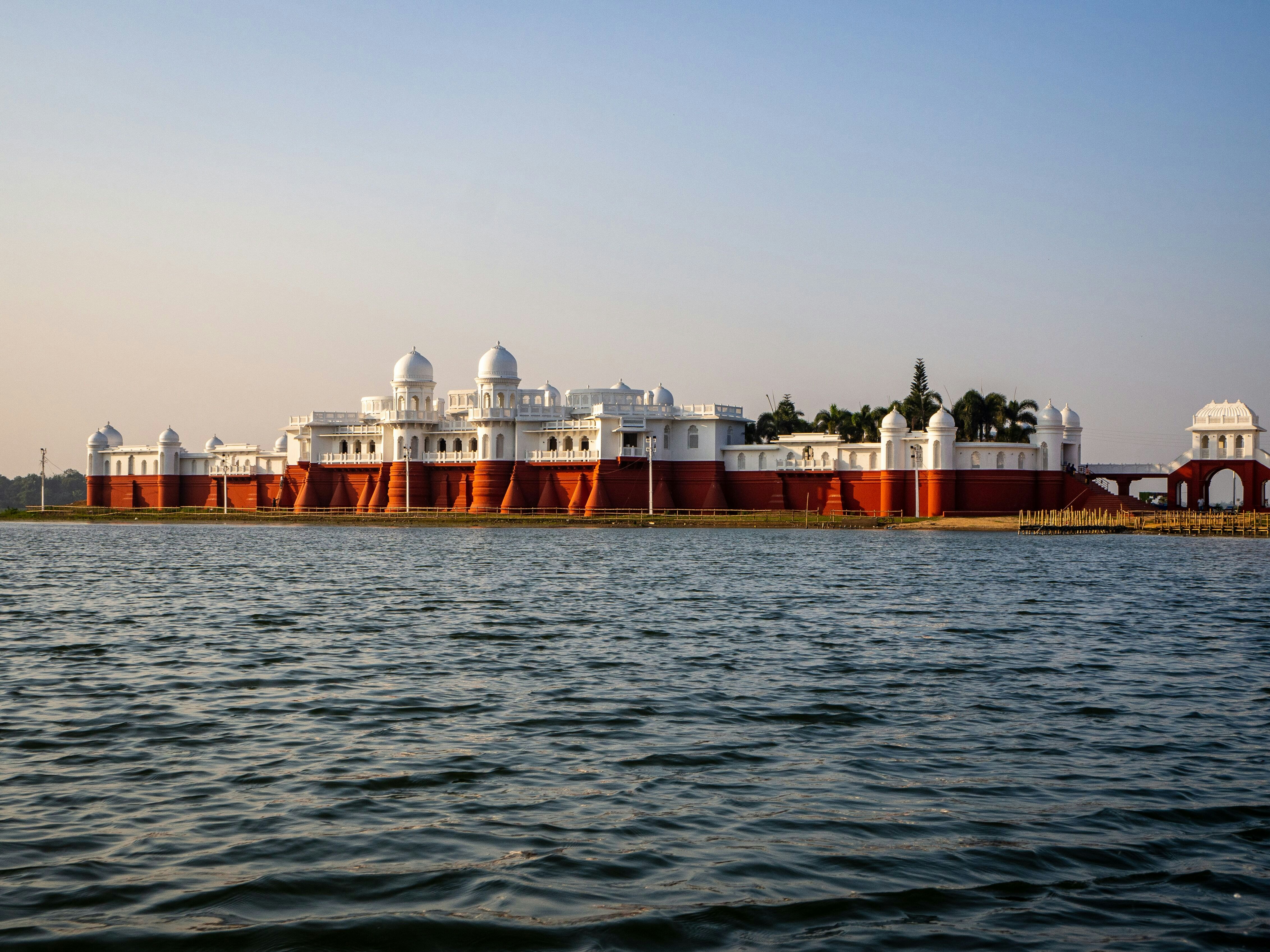
Neermahal, Tripura
One of the smallest and least visited states in the country, Tripura is bordered on three sides by Bangladesh and to the north with Assam. Though it remains a relatively isolated state, it is connected to the country’s national railway network – a rare feature in the Northeast States.
The state’s most picturesque attraction is Neermahal , which literally translates to water palace. The former royal fortress was built in the 1930s in the middle of the lake by the Maharaja of Tripura and is considered a unique blend of Muslim and Hindu architectural design. To reach it you need to take a wooden boat from the small dock, which is walking distance from the town of Melaghar.
The palace appears like something you might find on the opposite side of the country in Rajasthan , except the pure joy of visiting Neermahal is that you will likely have the place all to yourself. Although the rooms are mostly empty now, you are free to roam around the complex and admire the view of the lake from various vantage points. The palace is particularly striking at sunset, when the marble domes are splashed in a golden hue.

Gangtok, Sikkim
Sikkim is a former mountain kingdom, bordered by Bhutan, Tibet and Nepal , and features some of India’s most impressive mountains vistas and trekking opportunities. It’s the least populated state in the country and one-third of its area is covered by the Kanchenjunga National Park to the north.
And for all this natural splendour, it is Sikkim’s urban charms that steals the show. The state’s capital, Gangtok , is one of India’s most laid-back cities and is a joy to explore. The majority of the population have origins in Nepal and Tibet, and you will find typical Himalayan delights such as momos (dumplings), thukpa (noodle soup), yak wool shawls and thangka paintings in the open-air market in the city centre. You can explore Gangtok’s Buddhist culture further by visiting some of the city’s nearby monasteries such as Rumtek, which is the largest in Sikkim.
The state is extremely mountainous and the sprawl of Gangtok laps against the slopes of the surrounding hills. There are a few lookout points around town, the best of which is considered to be Tashi Viewpoint, where you can gaze at the impressive mountain backdrop of the city which, on a clear day, extends all the way to Kanchenjunga, the world’s third-highest mountain.
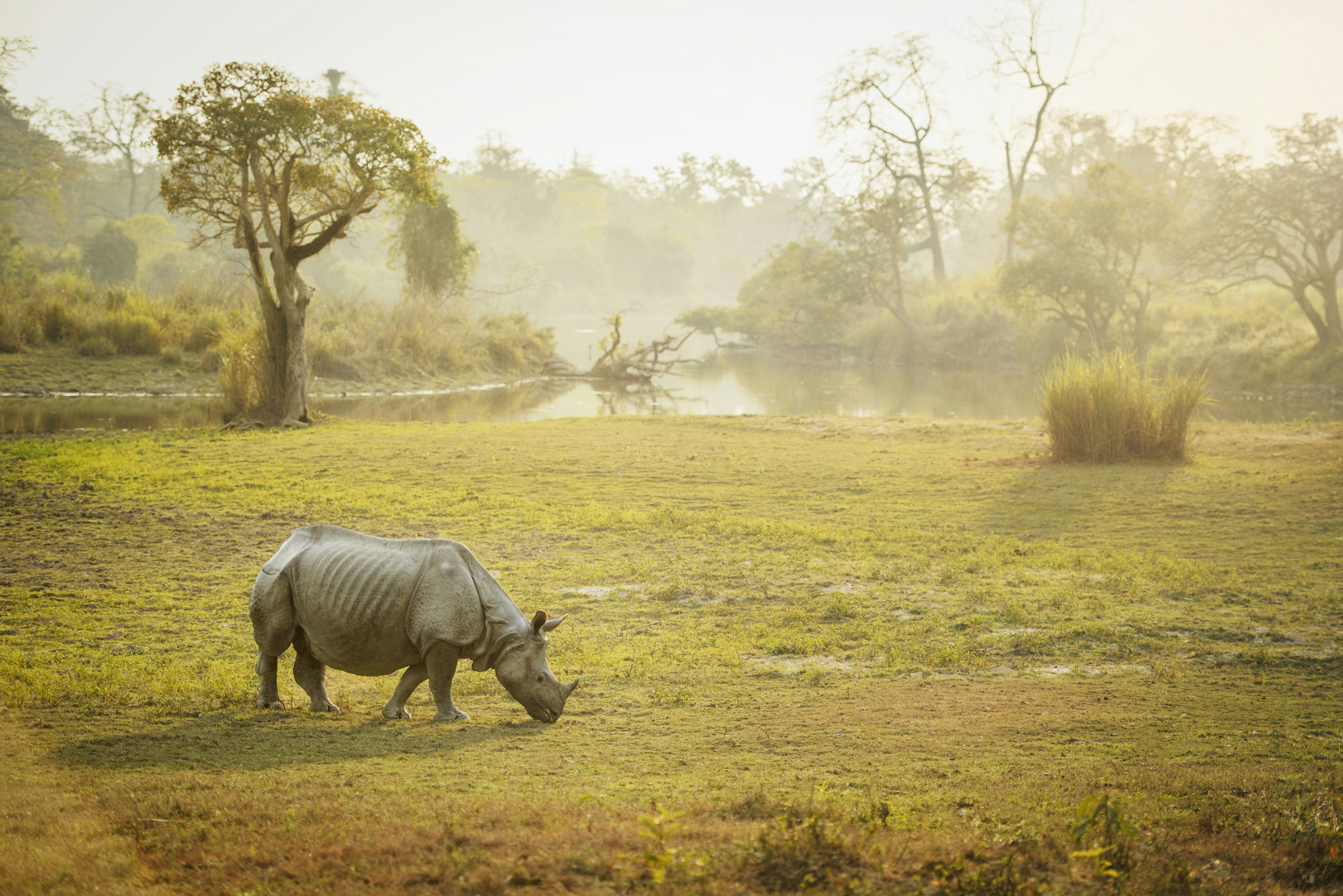
Kaziranga National Park, Assam
The Seven Sisters are known for their vast natural landscapes, and the forest and floodplains of the Karizanga National Park are considered – remarkably – to be one of the last areas on the Indian subcontinent that is undisturbed by human settlement. Its place as a wildlife haven has been recognised for over a century, which has allowed tigers, elephants and one-horned rhinoceroses to flourish amongst the wetlands of the Brahmaputra River. It’s home to two-thirds of the world’s population of rhinos and sighting them grazing in the grass is highly likely, even on a short visit.
As with the more famed national parks in India, a jeep safari is the most common way to explore the park. The reserve is divided into five sections, with the well-maintained tracks of Kohora being the most popular and busy. Agoratoli is perhaps the best alternative, with much less traffic while retaining a high chance of animal sightings.
Some of the most famous photos of the park are of tourists on elephant-back safaris. Although the creatures are reputedly well cared for by rangers, in the interest of animal welfare it is highly recommended to explore the park on four wheels instead. There are numerous lodges ranging from high end resorts to budget camps on the outskirts of the park, which can arrange half-day safaris from their doorstep.
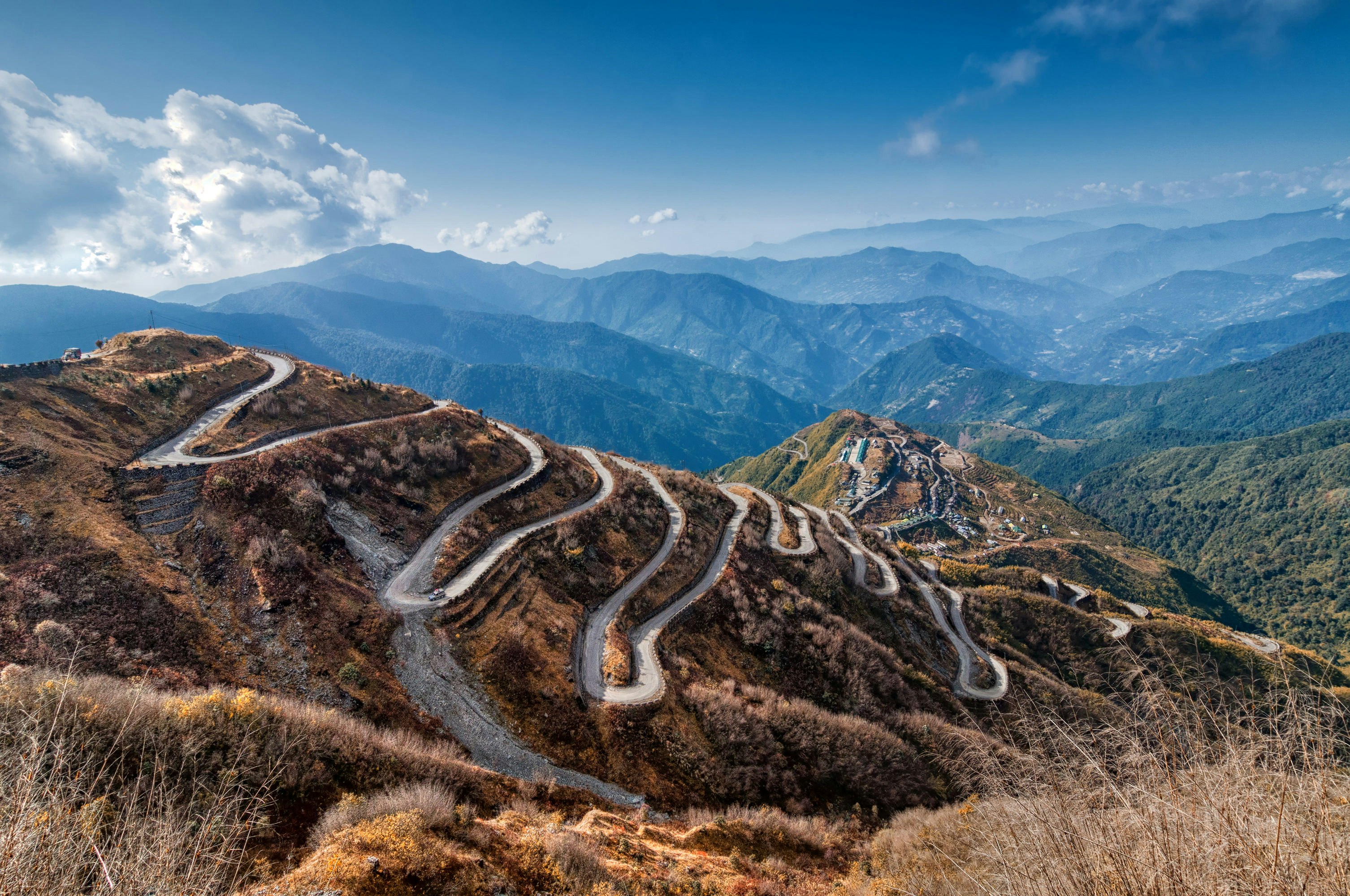
Getting around
The remoteness and somewhat isolation of the Northeast region of India does pose certain barriers to those wishing to explore its far corners. Tourist and transport infrastructure is fairly limited and often, not in great shape. However, there are significant improvements planned for the future, which will only make travel easier.
The capital of Assam, Guwahati , is the region’s major transport hub and you’ll likely find yourself revisiting multiple times for connections between places. For now, it’s home to the region’s only international airport and it’s connected by flight directly to seven countries, all of which are in Asia. Guwahati also has the region’s main interstate railway station with services to most other major cities in Northern India.
Besides Tripura and Assam, the rest of the Seven Sisters do not have an existing rail network and must be explored by either state government buses or private and shared jeeps. This can pose some obstacles to travel plans as the mountainous region and poor road conditions, particularly in Arunachal Pradesh and Nagaland, make travelling between places long and arduous. However, jeeps are abundant, relatively well organised and will go virtually anywhere, so with some time and patience the rewards are boundless.
Explore related stories
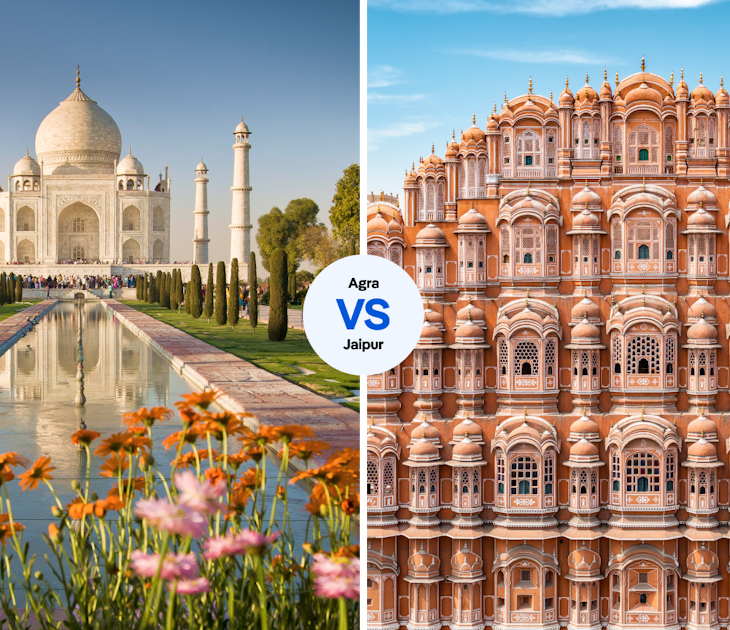
Apr 18, 2024 • 6 min read
Trying to decide between Agra, home to the unrivaled Taj Mahal, and Jaipur, Rajasthan's regal Pink City? We can help.
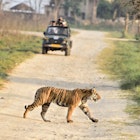
Apr 16, 2024 • 13 min read

Mar 29, 2024 • 6 min read

Mar 4, 2024 • 8 min read
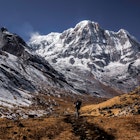
Feb 22, 2024 • 3 min read

Feb 12, 2024 • 10 min read
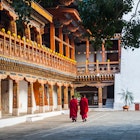
Feb 2, 2024 • 15 min read
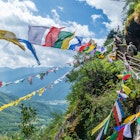
Jan 28, 2024 • 7 min read

Jan 17, 2024 • 6 min read

Jan 17, 2024 • 8 min read
- Group Enquiry? NEW
- Best Time to Visit North East India
- North East India
Here are the best seasons to visit North East India:
Quick navigation.
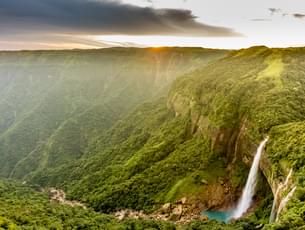
North East India in Summer
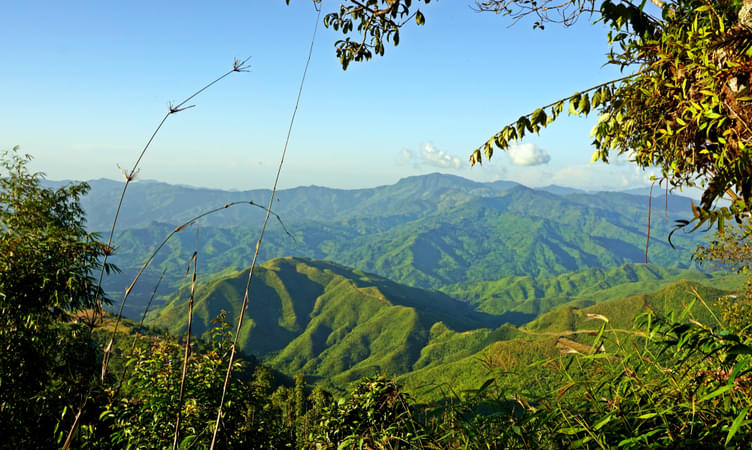
The duration of the summer season varies from state to state in the region, but generally speaking, the months of April, May and June mark the presence of the season in the region.
In most parts of the state, the summer months offer a pleasant climate, making it the most ideal season of the year from the tourism point of view. However, certain parts of the state like the lower altitude regions of Arunachal Pradesh may experience the mercury hitting up to 40 degree Celsius on some summer days. Nonetheless, the temperature during summer in most parts of the region does not exceed 30 degree Celsius. Hence, you can plan your vacation to northeast India to experience an uninterrupted fun in the lap of nature with almost clear skies smiling down at you. Some of the places you must visit in the region in the summer season are Kaziranga National Park, Ziro Valley, Tawang Monastery, Jaintia Hills, Dawki River, and Nathu La among many others which can easily be reached in summer days. Besides, there is a wide range of activities that can be enjoyed here during the season including kayaking, boating, mountain biking, landscape photography, caving, etc.
Average day temperature in summers: Ranges from 22 degree Celsius to 38 degree Celsius
Average night temperature in summers: Ranges from 10 degree Celsius to 22 degree Celsius Check out our full guide on the best places to visit in meghalaya on your next trip. You can also explore our detailed guide on the best tourist places in cherrapunji .
Also checkout and book specially curated 8 Days Arunachal Pradesh Sightseeing Tour
.png?gravity=center&width=752&height=450&crop=fill&quality=auto&fetch_format=auto&flags=strip_profile&format=jpg&sign_url=true)
Best of Himachal Pradesh

North East India in Winter
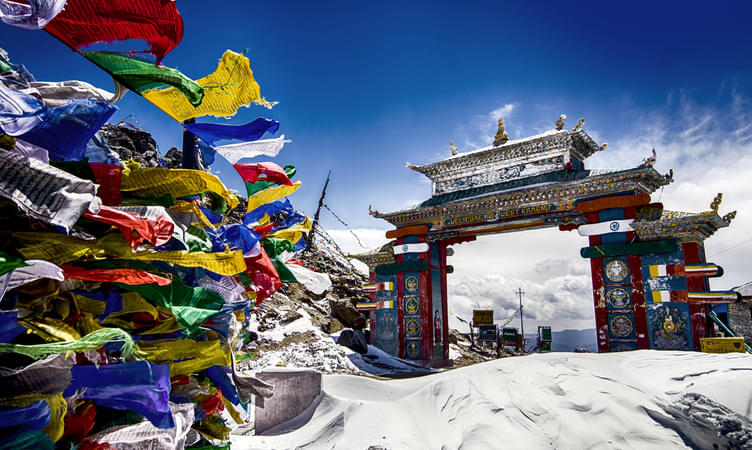
The winter season in most parts of the region begins around the end of October month and lasts till the beginning of March.
While some parts of northeast India experience cold winters with low temperatures, other parts of the region feature extremely cold climate with night temperatures touching a minimum of minus 10 at nights. In the lower altitude regions, the winter season is a great time to explore the pretty hill stations and unique tribal cultures. Though for the patrons of snow and extremely cold weather conditions, the snowbound villages and hill stations of northeast India are indeed a treat during winters. There are many stunning places especially in sikkim to visit . Snowfalls are common in the upper parts of the region during the months of November, December, January, and sometimes even February. However, many parts of the region become inaccessible for short or long periods due to snow during the season. Winter season is also an ideal time for your visit to northeast India if you want to explore Kaziranga National Park and experience the cultural extravaganza at the Hornbill Festival.
Average day temperature in the region during winter months: Ranges between 12 degree Celsius to 22 degree Celsius.
Average night temperature in the region during winter months: Ranges between sub-zero to 10 degree Celsius. Don't forget to check out full guide on the best Sikkim Tour Packages to choose from and also the best places to visit in Shillong , the capital city of Sikkim. Have a perfect North Indian experience by booking Assam Meghalaya Arunachal Pradesh Tour Package
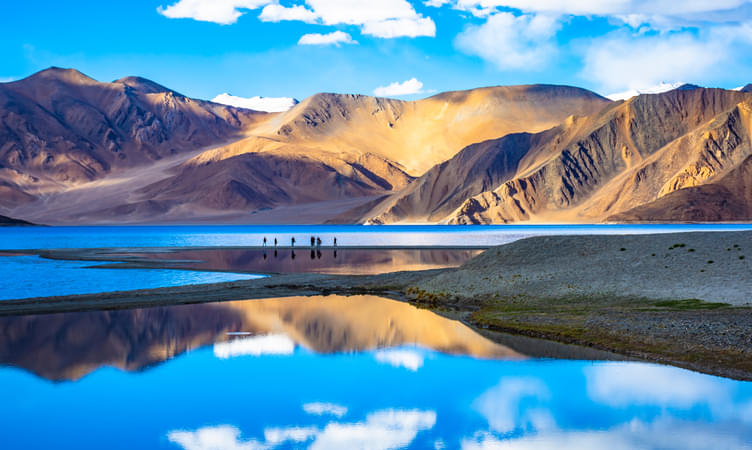
Best of Ladakh

North East India in Monsoon
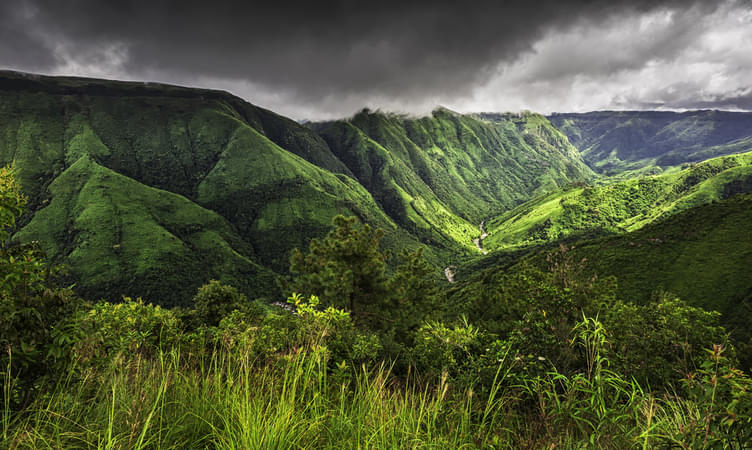
The monsoon season normally arrives in northeast India on the conclusion of June month and drenches the valley and hills up to September.
The region exhibits the character of the tropical climate and experiences rainfalls that range from heavy to extremely heavy. The incessant rainfalls affect the road conditions in the region, hampering the movement of vehicles. Considering the road blockages and landslides you may have to face on your trip to northeast India during the monsoon season, it is advisable to skip this part of the year to explore the place. In gangtok. there are numerous places to visit which will amaze you.
On the other hand, the monsoon season is a good time to visit northeast India if you want to witness the wide range of scenic waterfalls, the region houses, in all their glory. Also, the atmosphere here becomes vibrant during these months, owing to heavy rainfalls. Most of the adventure activities, however, cannot be availed during the rainy season in northeast India. Don't forget to check out our guide on the top meghalaya trip packages.
Average day temperature in the region during monsoons: Ranges between 18 degree Celsius to 35 degree Celsius.
Average night temperature in the region during monsoons: Ranges between 9 to 20 degree Celsius. Here's our full guide on the best places to visit in Arunachal Pradesh on your trip. Explore the mesmerizing Meghalaya by booking 6 Days & 5 Nights Meghalaya Tour Package
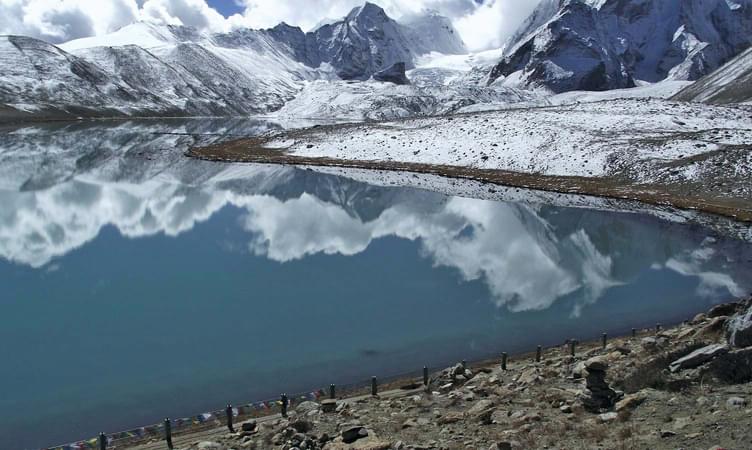
Best of Sikkim

North East India Travel Guides
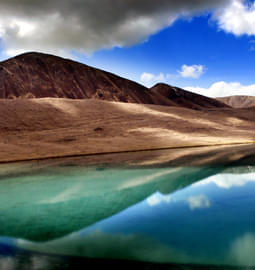
Popular Related Destinations
.png?gravity=center&width=250&height=170&crop=fill&quality=auto&fetch_format=auto&flags=strip_profile&format=jpg&sign_url=true)
Best Domestic Packages
Best international packages, domestic honeymoon packages, international honeymoon packages, places to visit in india, international places to visit, things to do in india, international things to do, popular on thrillophilia.
- We assure the privacy of your contact data.
- This data will only be used by our team to contact you and no other purposes.
Your enquiry has been received successfully. Our destination expert will reach out to you soon!
Safe Adventure Tour and Training

Northeast India best time to visit: A Comprehensive Guide
Updated: Oct 18, 2023

Northeast India is a land of mesmerizing beauty, rich cultural heritage, and breathtaking landscapes. Every different season has its own beauty. In this comprehensive guide, we will delve into the three distinct seasons of North East India and provide insights into the best time to visit based on weather, experiences, and local festivities.
Table of content:
Best season to visit Northeast India
Winter Wonderland (October to February)
Blissful Summers (March to June)
Lush Monsoons (July to September)

Winter Wonderland (October to February):
Winter in North East India is a magical season that unveils a picturesque landscape blanketed in snow. Although the temperatures can drop significantly, this period offers a unique and awe-inspiring experience.
Weather : The weather during winter varies across the states, with higher altitude regions like Arunachal Pradesh and Sikkim experiencing sub-zero temperatures and occasional snowfall. In contrast, lower altitude regions such as Mizoram and Tripura enjoy milder winters with pleasant temperatures.
Significance : Winter is the ideal time to explore the quaint mountain villages and countryside of North East India. The snow-covered plains showcase breathtaking beauty, and the fascinating tribes, vibrant cultures, and diverse wildlife stand out vividly. Don't miss the ethereal winter spots like Roing and Tawang in Arunachal Pradesh, known for their sacred monasteries amidst spectacular natural landscapes.
Highlights : Embark on wildlife safaris in renowned national parks like Kaziranga National Park, where you can spot the magnificent one-horned rhinoceros and the Ganges River Dolphin. Immerse yourself in the vibrant Hornbill Festival, a celebration of indigenous cultures, music, and dance.
Tips : Pack warm clothing including woolen sweaters, scarves, gloves, and a winter jacket. Don't forget to carry moisturizer and lip balm to protect your skin from the cold.

Summer in North East India offers pleasant weather, clear skies, and blooming flora. It is an ideal time to explore the region's natural wonders, immerse in tribal cultures, and engage in thrilling outdoor activities.
Weather : The climate during summer is variable, ranging from cool to hot depending on the region and elevation. The northern parts enjoy pleasant summers, while lower altitude areas can experience higher temperatures.
Significance : Summer is the perfect season to learn about the unique tribal cultures, visit ancient temples, and savor traditional cuisine. The crystal-clear skies, amber sunshine, and blooming flora add to the charm. Explore off-beat paths and trails to discover hidden gems like Ziro Valley, Jaintia Hills, and Dawki River.
Highlights : Engage in adventure sports such as trekking, hiking, mountain biking, and kayaking amidst the majestic mountains and valleys. Immerse yourself in vibrant festivals that provide insights into the region's tribal culture.
Tips : Carry sunscreen, sunglasses, a hat or cap, and light cotton clothing. Depending on the region you visit, layer up or shed layers to adapt to the varying temperatures.

Monsoon in North East India is a tropical affair that transforms the landscapes into a vibrant green paradise. Despite occasional heavy rainfall, this season offers tranquility, lush scenery, and unique experiences.
Weather : Monsoon brings moderate to heavy rainfall and varying temperatures across the region. Higher altitude areas experience cooler weather, while regions closer to the equator remain balmy.
Significance : Monsoon is an excellent time to enjoy the serene beauty of North East India. The hills, valleys, lakes, waterfalls, plantations, and forests glisten with emerald hues. Meghalaya, known as the world's rainiest state, is a must-visit during this season to witness the magic of nature.
Highlights : Explore heritage bungalows, tea plantations, and enchanting resorts amidst the lush greenery. Indulge in spa treatments, take scenic drives, and witness the raw power of nature's beauty.
Tips : Prepare for occasional storms, landslides, and road blockages. Carry an umbrella, raincoat, or windcheater, waterproof backpack, and mosquito repellent. Pack extra pairs of dry clothing and protect electronic gadgets in plastic bags.
North East India is a treasure trove of natural beauty, cultural diversity, and unique experiences. Choosing the best time to visit depends on your preferences and the type of experiences you seek. Whether you prefer the winter wonderland, blissful summers, or lush monsoons, North East India will captivate you with its charm and leave you with memories to cherish. Plan your trip accordingly, immerse yourself in the region's wonders, and get ready to explore one of India's most captivating regions.
- Northeast India Travel Guide
Top 3 Paragliding Spots in Arunachal Pradesh
Northeast Paragliding Complete Guide
Paragliding in Nagaland at Dimapur
The North East India
Know Everything About The North East India, Travel, Tour & Experience The Natural Beauty
When Is The Best Time To Visit The North East India?
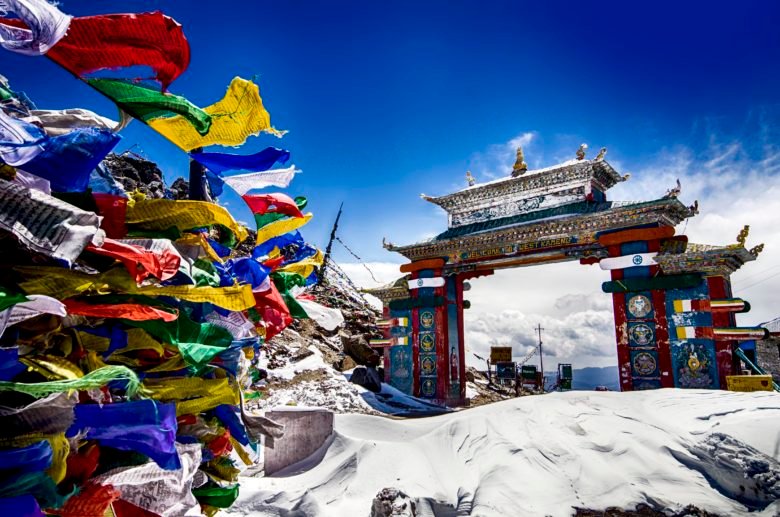
When is the best time to visit the North East India? In short, the best time to visit the North East India depends on your journey preference. (a) escape summer heat: visit shillong, sikkim, Loktak Lake Manipur from April to August. (b) experience the winter experience: visit Tawang, Mechuka, and Dzuko Valley during October to November. If you visit during December to February, it is extremely cold in Tawang. Dzuko is tolerable. In all other places, it is best if you visit during March to October.
It may be the first question that comes up in your mind if you are planning to visit the North East India. As I have mentioned earlier, the best time to visit the North East India is between the month of March to November. However, if you are in for the winter season experience then you can visit the North East India in winter season as well.
I have to remind that some area of the North East in the winter season is extremely cold and due to heavy snow and fog roads may be slippery and conditions may not be good specially in the hilly areas of Arunachal Pradesh and Sikkim.
During the raining season, landslides may occur so before traveling check out local news if there is any natural calamities are happening in the area you are visiting. In this post we will discuss about the best time to visit the Northeastern India and why it is the best time to visit the North East India during those times. Why not to visit NE India during extreme weather or can you visit some parts during winter season? Read more to know in detail.
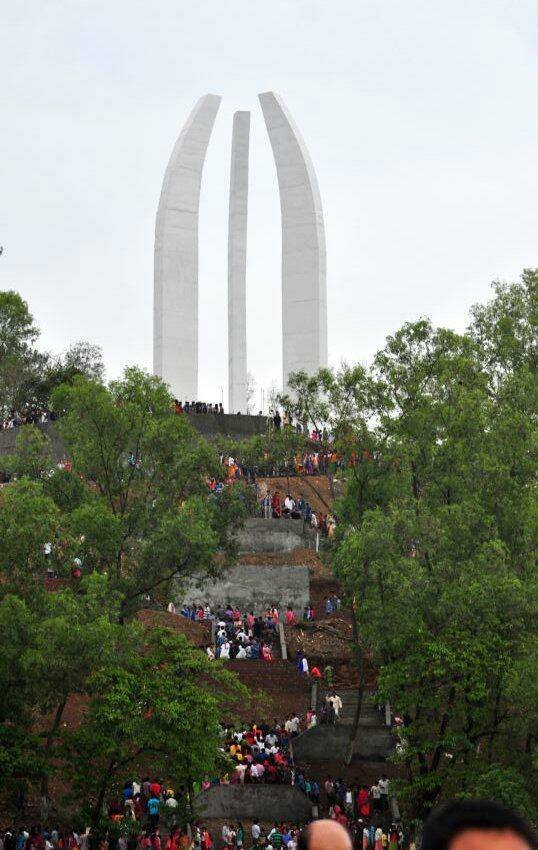
When is the best time to visit Meghalaya?
I suggest you visit Meghalaya during the hot summer times so that you can escape the scorching heat for a few weeks. The average temperature in Meghalaya during summer is cooler than the winter temperature of most of India. If you are traveling from Guwahati to Shillong, you will feel as if you are in winter. Similarly, riding a bike or car from Shillong to Jowai to Dwaki feels really refreshing. Check out the video below, this is during the end of April on road from Jowai to Dwaki.
View this post on Instagram A post shared by Themba Sapam (@nssapamcha)
But if you want to experience the transparent water in Dwaki, you have to travel when are no rain i.e. in the winter season. Again depending on your requirement, you have to decide when to go to Shillong, Meghalaya.
When is the best time to travel to Tawang, Mechuka, Ziro, etc. in Arunachal Pradesh?
In general, Arunachal is very cold relative to other places in India. Similar to Meghalaya, you can visit Arunachal Pradesh to escape the summer heat. But, Tawang, Mechuka, and other popular places are meant to be in ice and snow. So, if you are traveling during summer, you will miss the peak beauty of these places.
I also suggest not visiting Tawang or Mechuka from late December till early February as this will be extremely cold and the weather is harsh and won’t be kind to you. If you are planning to visit these places, visit between late October and early Dec or Mid February to March.
When is the best time to Visit Sikkim?
Sikkim is a very small state and has a very cold climate. Due to the terrain, it is susceptible to landslides and avalanches. Generally, I would want to travel when there are skies so that you can enjoy your view. Before traveling make sure there is no road blockage or any other problems.
When is the best time to visit Manipur?
Manipur is not as cold as Sikkim, Meghalaya, or Arunachal Pradesh but it is also not too hot. The best time to visit is between September to April. If you are traveling between late December to January, expect some extremely cold weather without ice and snow.
If you are visiting Dzuko Valley, and want to ice frozen river, ice, and snow, travel in early Jan. Other than this, you can visit anytime except when you are thinking of attending different festivals like the Sangai festival. In such case, you have to travel when the festival is organized.
Manipur is well connected to most of the big cities of India via the Bir Tikendrajit Imphal International Airport. You can find flights from most parts of India.
When is the best time to visit Tripura?
I would say Tripura and Assam are the hottest states among Northeastern states . You should visit Tripura during the winter season.
When is the best time to visit Assam?
As mentioned above, Assam is relatively hot as compared to other northeastern states. Having said this, Assam is a very large state and you can find comfortable places even during hot summer times. One thing you should be careful of is the Assam flood during the rainy seasons. Make sure you plan your journey outside of the rainy season if you are planning to travel to Assam.
But you can come to Guwahati anytime and use it as a transit hub to other northeastern states.
Panimur Waterfall, A Serene Tourist Place You Shouldn’t Miss In Assam?
When is the best time to visit Nagaland?
The most popular time to visit Nagaland is the Hornbill Festival which is organized generally from 1st Dec to 10th Dec every year. You can plan to visit Nagaland during this time.
When is the best time to visit Mizoram?
You can visit Mizoram all year round. During the Monsoon season, make sure you are not going to a landslide-hit area and follow local news. This applies to all states.
How to decide the best time to travel to Northeast India?
Having said all the above, you have to ask yourself some specific questions in order to decide – when is the best time to travel to Northeast India? The answers to these questions will narrow down your requirements and will help you decide the best time to visit Northeast India. Check out the following questions.
- What is the purpose of your visit to Northeast India? Is it a business trip, an adventure, to experience the cold and snowy winter, a calm and cool weather, honeymoon? So, if you are traveling for business then you might want it during a calm weather season. For an adventurous travel to Northeast India, you should see extreme side of Northeast. If your visit is for a calm and cool weather away from your noisy city, then you should travel in summer in Shillong. Read the below sections to know more.
- Are you comfortable with extreme countryside living style or you will stick to your city life? So, most of the NE India is rural and your lifestyle will be pretty much 180 degree opposite if you are coming from a metro city. You must decide what kind of time you are planning to spend.
- How long is your trip going to be? Longer the time you spend better you will become at the climate of Northeast India.
- Does your plan include multiple states and places away from the capital cities? If so, you should select a dry season so that the road conditions are better while traveling to the interstate highways and to the countrysides.
After all of these questions, now ask yourself, when is the best time to travel to NE India and you will get a better understanding of the time. Below sections will give you details on why should you choose certain season to travel to Northeast India.
Why to visit North East India between March to November?
The months between the March to November are the best time to visit all the Northeast India. But in Assam and Tripura you may face some extreme heat during the summer season. As I have said earlier expect for the landslides in the rainy season, the best time to visit the North East India is between March to November. It is mainly because of the favorable weather conditions during these months. At the 3rd week of Nov, real winter kicks in most part of the North East India. By the 2nd week of Dec, most part of it have temperatures at around 0-10 while some plunge to minus. Places like Dzuko, Tawang, Mechuka are covered in snow. You can expect heavy fogs and snowfalls in most part of North East except Assam and Tripura. During the summer season you may find a little uncomfortable in Assam and Tripura as these two states are generally hotter than the other states. Having said that it is nothing like those in Delhi, Mumbai, Chennai.
So, when is the best time to travel to Northeast India? For those looking for a calm experience visit during the Month of March to Nov excluding some extreme summer days.
Why not to visit the North East India during winter season?
You might be wondering why I am not recommending the winter season as the best time to visit the North East India. It is because in some parts, temperature reaches below 0 and it is icy. However, places like Assam, Tripura will have a mild winter as compared to other states. It all depends on what are your travel plans. If you are looking for a winter experience like the snow falls, you can still choose to travel in the mid weeks of February to mid week of March. December may be extreme to you if you never experienced one earlier. Trust me waters are chilly, common cold and cough have been suddenly very attracted to you during this month. If you have a little wound, it make take more time to heal due to extreme weather conditions. During the winter, roads in Sikkim are literally covered in snow. It is very slippery and dangerous in some cases. This is applied to rainy seasons due to heavy rains. If you are visiting in winter season please bring thermal jackets and other general requirements for extreme cold weathers.
But for those specially looking for the experience of extreme winter and snowy places, then absolutely, you should travel to North East India winter Nov to Feb. The places like Dzuko, Tawang, Mechuka will be covered in ice. Shillong will be extremely cold during these months. For those looking to travel to Assam and Tripura, you can visit Assam and Tripura during these days because the weather condition during these months in these two states and comfortable.
The best place to visit the North East India during summer season.
If you happen to visit the North East India during the summer and raining season, don’t miss to visit the capital of Meghalaya – Shillong . It is located in a maximum 4 hours drive from Guwahati. During these times, you can feel what it is like to experience the wettest and rainiest part of the world. Roads conditions are very good in most of Meghalaya. You can rent a bike or a car to travel the whole state. Just three hours drive from the hot summer of Guwahati, you will feel like it’s winter.
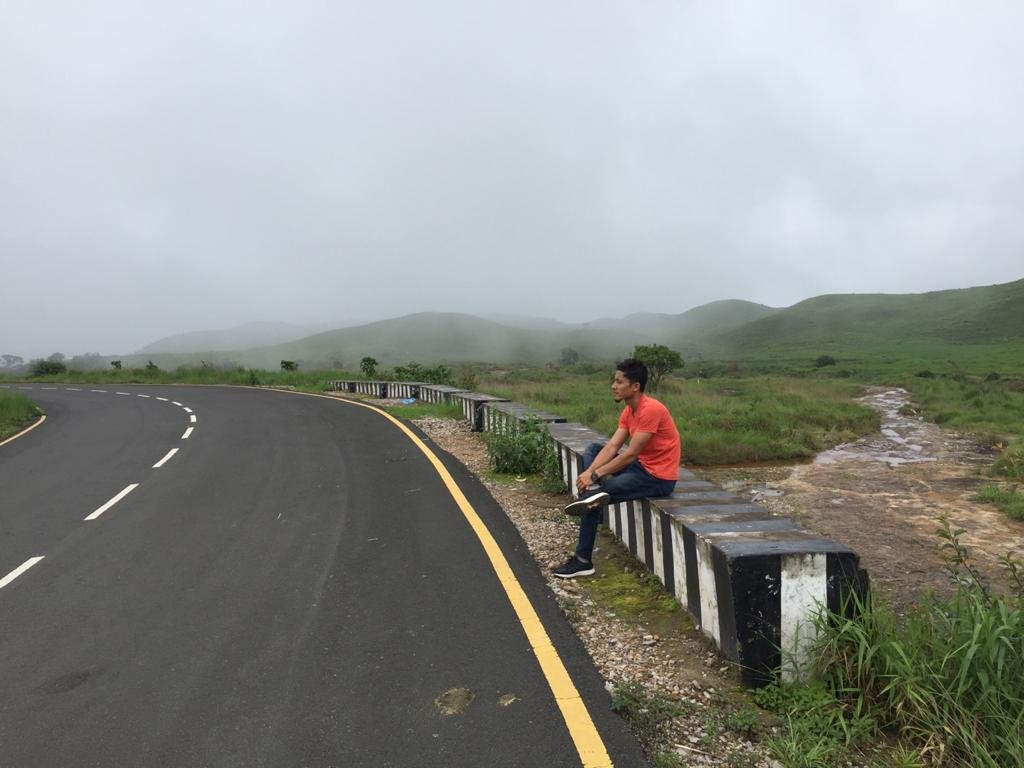
All other months have generally calm and comfortable weather all across North East. However, some places like Dzuko, Tawang, Mechuka, Ziro, Shillong generally have all year along cold weather.

How dangerous is it to visit North East India during raining season?
I would say it is not dangerous as long as you know the conditions and keep an update with the local news and weather conditions. Most of North Eastern parts are hilly region and no matter how hard you try, you can’t stop the nature. Suddenly, there will be floods and landslides in some parts of the road. If if there is a landslide, the authorities will immediately try to resolve it. This is why are need to keep track on local news and popular pages while visiting the North East India. Within hours, the authorities will clear the landslides.
It is no more dangerous than any other places. All you need to do is keep your news update and know what is happening around you. In some very remote areas you may need to walk on some parts of the roads while the cars are crossing it.
How dangerous is it to visit North East India during winter season?
The answer is same as how dangerous to visit during the rainy season. Just keep an update on the local news and adapt with it. In most cases you won’t face any problems. The roads to Tawang are slippery and the tires of bikes and cars are improvised with ropes to enable better performance. And everybody living in the area travels daily so you don’t need to worry. For a comfortable ride choose the months between March to Nov.
During winter, five minutes of your hands into the outside atmosphere, you won’t feel your hands anymore if you are in Tawang. The water in most part of Northeast will be like a thorn piercing into your body. Be ready for a waterfall off your nose. But if you are specially looking for this kind of adventure then you should definitely visit during December to February in Northeast India.
North Eastern states you should visit during summer season:
Meghalaya, Manipur, Arunachal Pradesh, Nagaland, Sikkim, Mizoram. Summer in these states will hardly reach 35 degree. But Assam and Tripura will strike up to 38-40 degree which is pretty bad. Border areas with Assam and Tripura are same but once you enter deep into these states, you will find a more generous summer season. Having said these, do not forget it is still summer season and you are completely off the hook. Be careful with mosquitoes, diseases and other general precautionary measures.
I have a detailed blog post about when is the best time to visit Shillong, Cherrapunji in Meghalaya. You can check out by following the link below.
Best Time & Month To Visit Shillong, Cherrapunji, Meghalaya
North Eastern states you should visit during winter season:
Manipur, Mizoram, Nagaland, Assam, Tripura. Don’t take me wrong for not including Assam and Tripura. Of course, you can visit the states that are not included in the lists. T ripura and Assam are bit hotter than other states while Sikkim and Upper part of Arunachal Pradesh are little colder . This doesn’t mean that you can’t visit the other states. I am only comparing in between the 8 sister states. Check out this post where I have covered other issues about safe visiting of North East India which includes 8 points you should know. If you have any other queries and comments please comment down below. Don’t forget to check out other posts.
So, in conclusion, the general best time to visit Northeast India is between the months of March to November. You can also visit in between December to February in places like Ziro, Tawang, Shillong, Dzuko valley to experience the icy weather and fun ( 🙂 ) adventures.
Related Posts
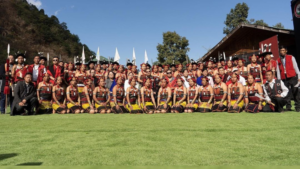
Hornbill Festival: A Cultural Kaleidoscope in the Heart of Nagaland
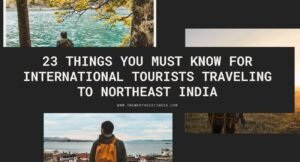
23 Things You Must Know For International Tourists Traveling To Northeast India
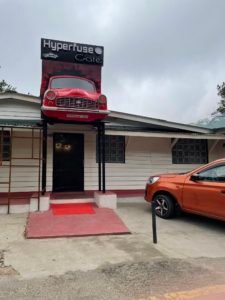
Trip To Jowai: 2 Nights 3 Days Itinerary
Pingback: Names and Capitals of North East States of India | The North East India
Pingback: Langol Peak Garden Originally Tlaang Lhung Bung - The New Tourist Attraction of Manipur | The North East India
Pingback: Best Time & Month To Visit Shillong, Cherrapunji, Meghalaya | The North East India
Pingback: 20 Things You Must Carry While Travelling To North East India | The North East India
Pingback: Is it safe to visit North East India? | The North East India
Thanks for the blog about north east India quick travel guide, for more details visit: [URL removed, contact us for advertising]
Pingback: 20 Things You Must Carry While Traveling To North East India - The North East India
Leave a Reply Cancel reply
Your email address will not be published. Required fields are marked *
Save my name, email, and website in this browser for the next time I comment.
This is a demo store for testing purposes — no orders shall be fulfilled. Dismiss

What Is The Best Time To Plan Your Trip To North-East India?
Northeast India is one of the perfect places to have a relaxing holiday and it is filled with some of the top places in India . It comprises 8 states which are Assam, Manipur , Meghalaya , Mizoram, Nagaland , Sikkim, Tripura and Arunachal Pradesh. Every state in the northeast is beautiful in its own way. The ultimate reason that the Northeast stays on the top places to visit in India is its uniqueness. Apart from the major tourist places, you also have many unexplored hill stations to unwrap in Northeast India . Here, you will be able to witness how magical the landscapes can be. What else can you do in the Northeast? You can dip your toes in crystal clear waters, fall in love with the greeneries and spot the amazing wildlife . This article will take you through the different experiences that you will get in different seasons and give you an idea about the best time to visit the best places in Northeast India.
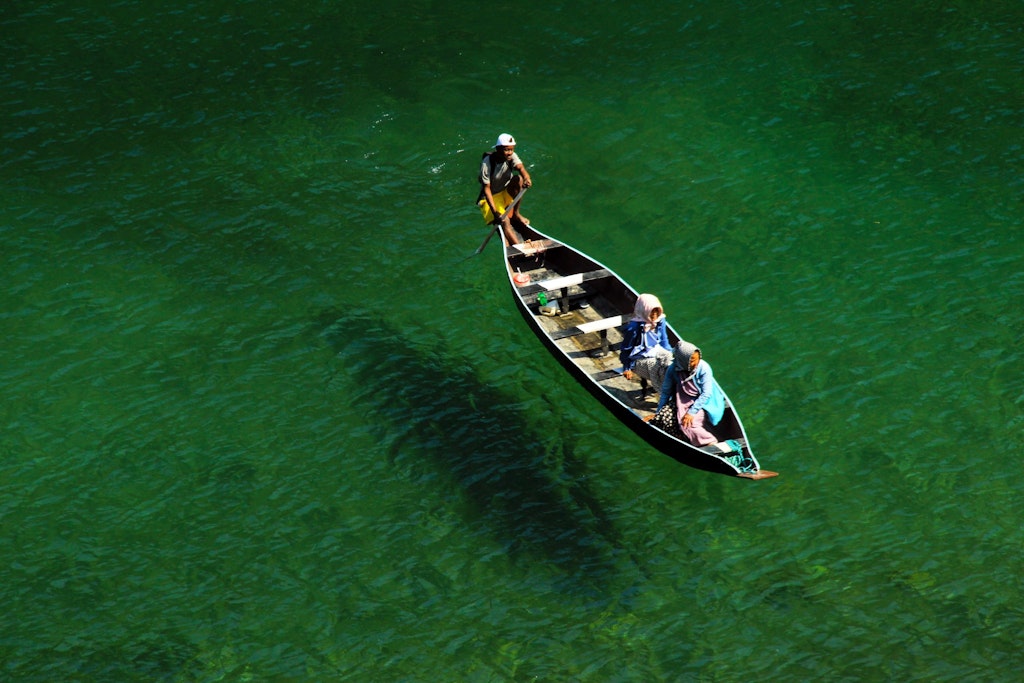
Best time to visit northeast India
The experience that you get at a place is completely dependant on the time you are visiting it. Though every place is worth visiting, you need to know when it can be seen in its full glory. When it comes to northeast India, it is best to visit between November and May. However, find below a few things that you need to know about different seasons before planning your trip to the Northeast:
The Northeast in winter
The northeast in summer, the northeast in monsoon.
What is it like to visit Northeast India in winter? If you’re okay to explore some beautiful attractions in biting cold, then northeast India between March and June is the perfect way to explore the place. Exploring the tribes, spotting wildlife, grabbing a cup of chai and rejuvenating your soul, are everything about visiting the Northeast in winter. You will realise the beauty of the northeast in winter by witnessing the breathtaking views of the snow-blanketed landscapes.
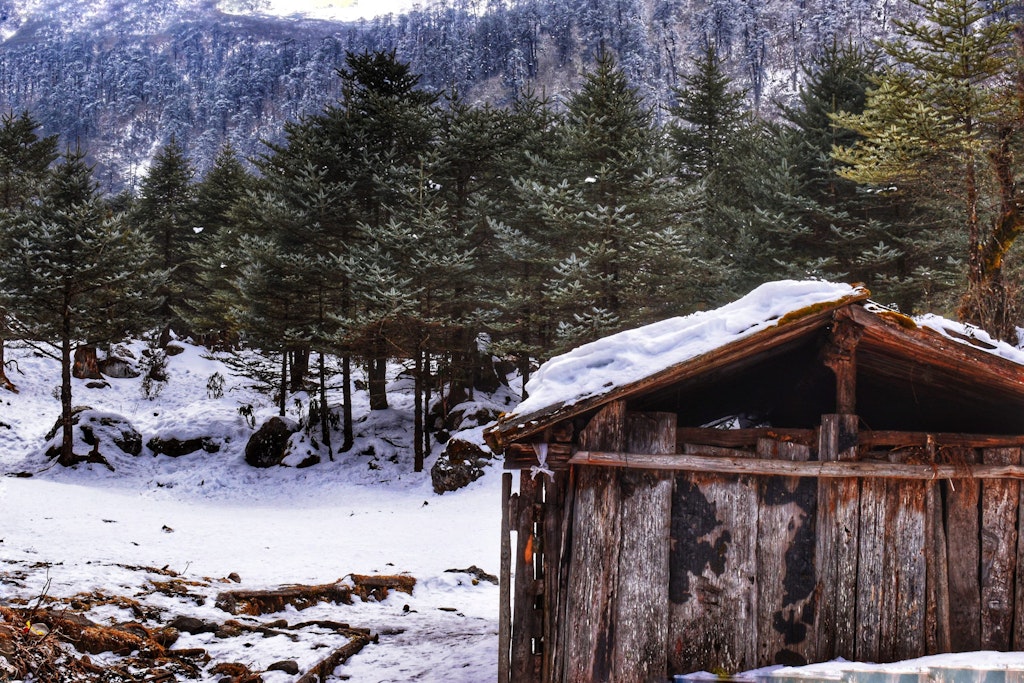
Temperature
The temperature in the northeast ranges between 0°C and 22°C during winter.
The weather will be as freezing as it can be. Every state in the Northeast experience biting cold during winter. However, Arunachal Pradesh and Sikkim, because of its high altitude, drop to sub-zero temperatures gifting us with some best views of snow-capped mountains and super beautiful landscapes. Lower altitude regions like Mizoram and Tripura experience a pleasant climate.
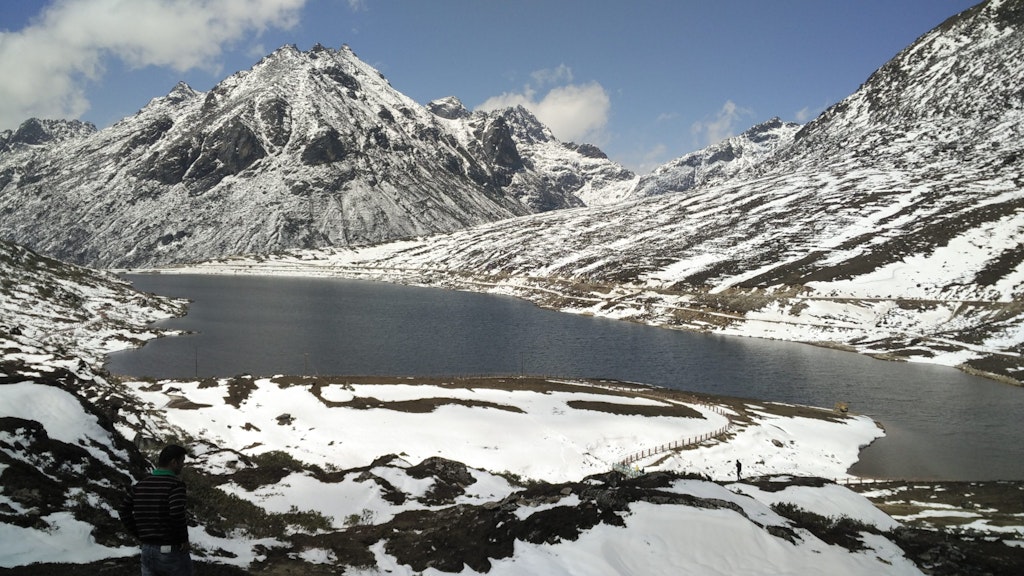
Why winter?
Winter is one of the best times to spot wildlife and take safaris. It is also said that the very famous Kaziranga National Park will be more thrilling during this season. One more thing to not miss is the Hornbill festival that will be taking place during winter. If you are up for enjoying a little snow on your vacation, then winter is the best time to visit Northeast India.
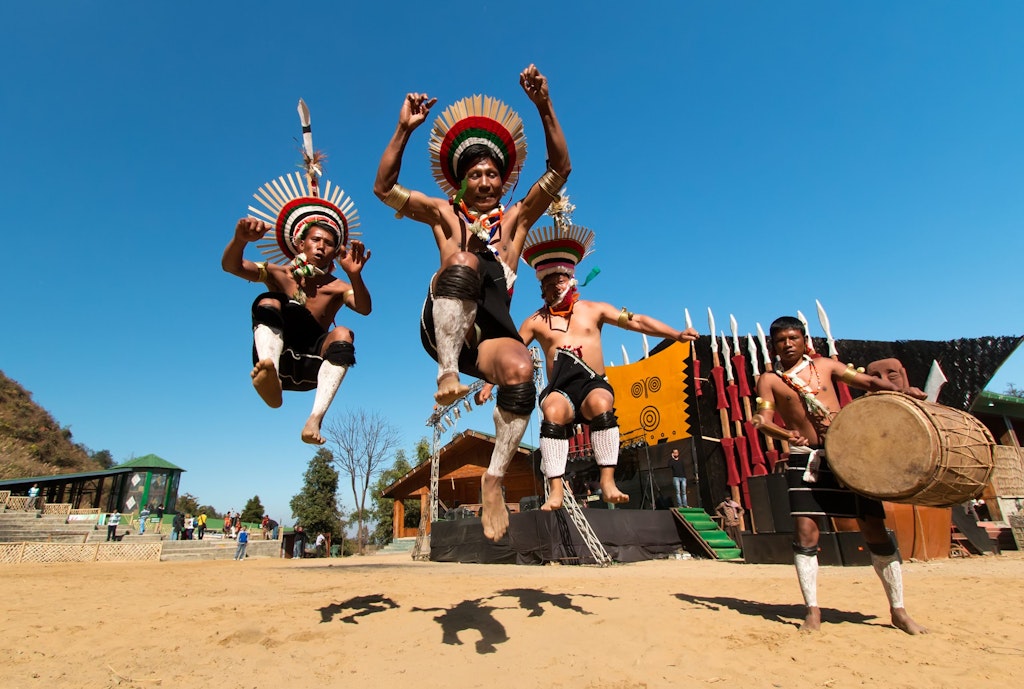
Tips to take a note of
- Make sure you pack things like woollen sweaters, gloves, comfortable shoes, socks and a winter jacket.
- Have some moisturizer and lip balm handy to avoid dry skin.
Planning a trip to the Northeast in summer? Here is something that you need to know. April to June marks the summer season in the northeast. No trip would be complete if you haven’t tried the adventurous activities at that place. If you want to experience an uninterrupted fun in nature’s lap with clear skies, then a trip to Northeast India in summer is a perfect choice for you!
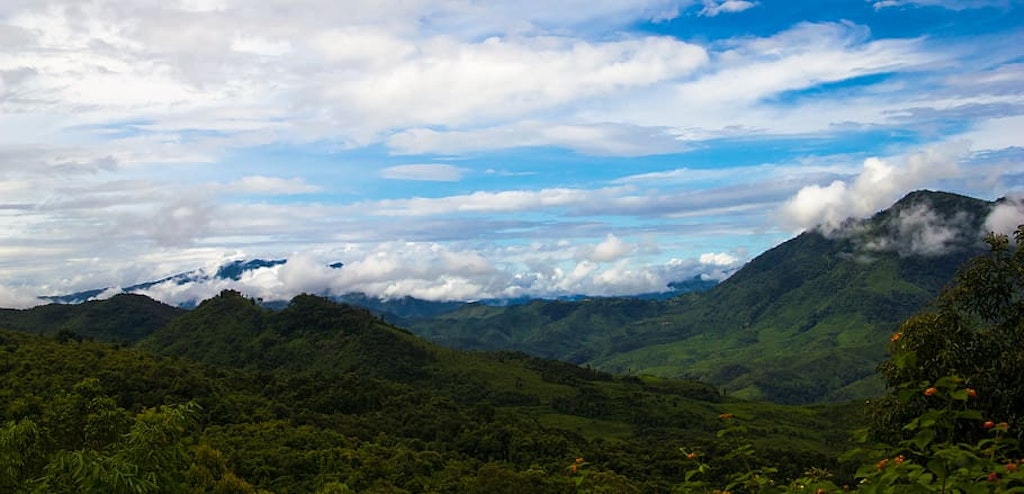
The temperature during summer ranges between 10°C and 38°C. However, depending upon the region, the temperature varies. It can either be too cold or too hot at times. Nevertheless, most of the states in the northeast experience a mix of both which would be nothing short of pleasant.
The weather can differ from region to region. Higher altitude regions experience friendly summers wherein lower attitude regions suffer from the scorching heat during this time. One more good thing about visiting the Northeast in summer is that the weather becomes pleasant and comfortable for sightseeing and trekking.
Why summer?
It will be an experience for a lifetime to enjoy some adventurous activities like trekking, hiking, mountain biking and kayaking amidst the beautiful mountains and clear blue skies. There are also a few festivals that you could take part in which showcases their unique tribal culture. Visit the northeast in summer if adventure is your idea of a perfect vacation.
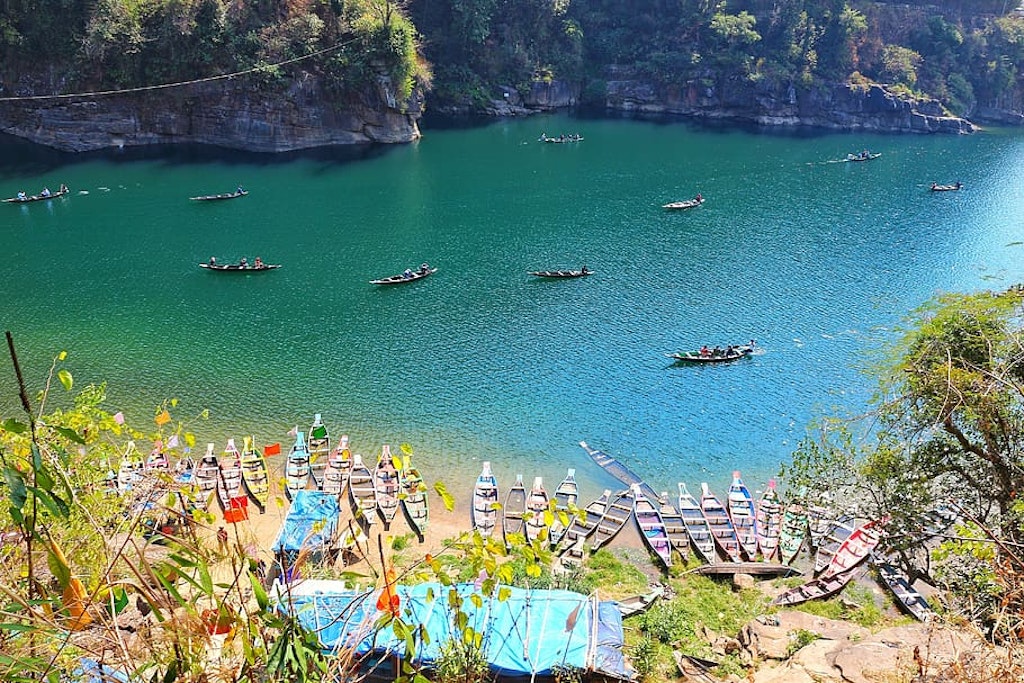
- Sunscreen, sunglasses and caps are must-carry items while travelling to the northeast in summer.
- When it comes to attires, pack some light cotton clothing. Still, it is better to carry sweaters as the weather becomes unpredictable at times.
During monsoon, the Northeast will experience moderate to heavy rainfall and temperature can vary from very cold to very hot. The hills, lakes, valleys, rivers, waterfalls and tea plantations turn all the more beautiful with pure rainwaters falling on them. Monsoon is the best time to visit northeast India if you want to witness the real green.
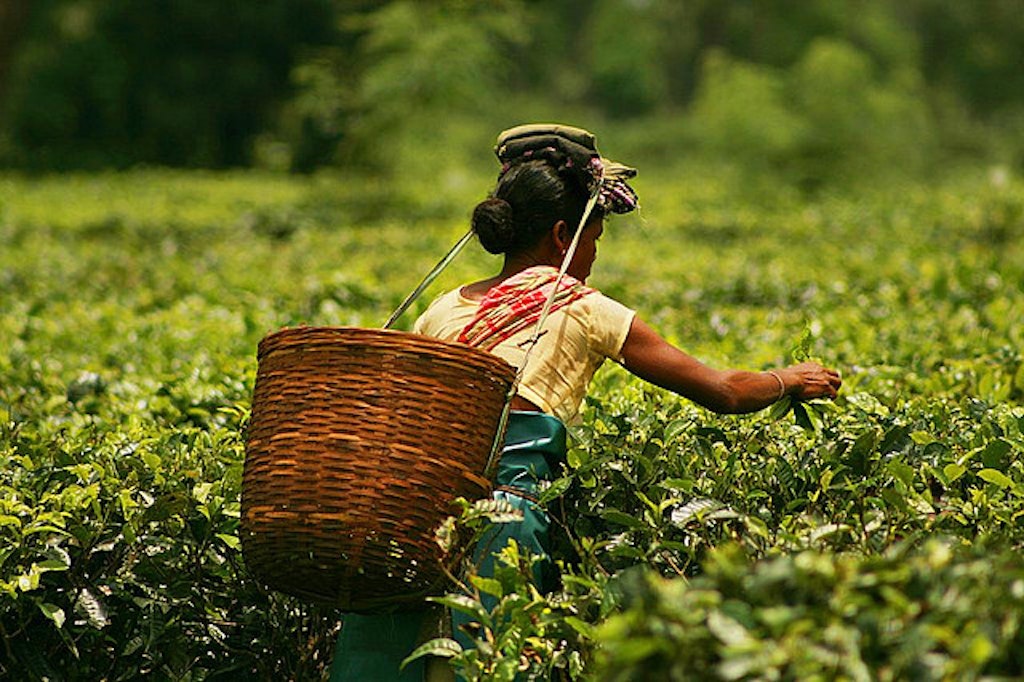
The temperature fluctuates between 9°C and 35°C during the monsoon. Though the temperature seems to be okay, there are chances of heavy rainfall at times. It is always better to have a weather application handy to check the weather before you start your day.
The weather can differ depending upon the region. The higher altitude regions remain cold while the lower altitude regions become balmy during this time. The monsoon brings pleasant weather along with the lush greeneries and some breathtaking views of the landscapes.
Why monsoon?
Though it becomes a not-so-good season to explore places, it is the delightful time where you can enjoy heritage bungalows, boutique hotels and the comfort of staying at enchanting resorts and homestays . It is the perfect time to enjoy scenic drives with the greeneries turning more green because of the rainfall.
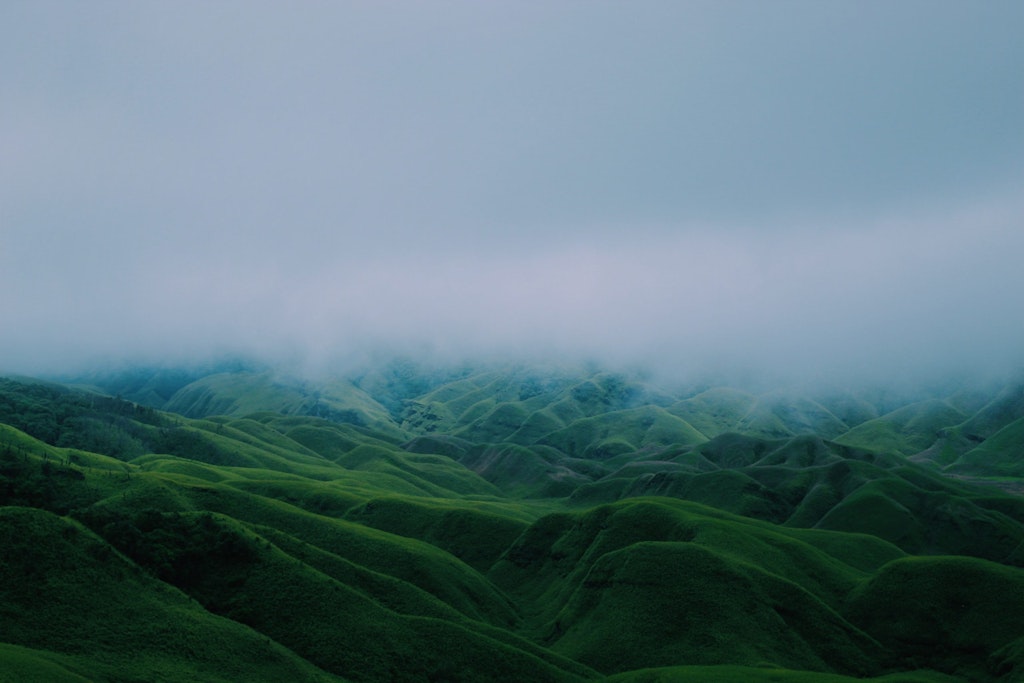
- Pack some mandatory things like umbrella, raincoats, sandals, mosquito repellent and most importantly a waterproof backpack, to protect yourself from the rain.
- Do carry some extra pairs of clothing.
Now that you know when to visit, isn’t it a step closer to your dreams of exploring Northeast India? Every season in the Northeast has something to offer to all kinds of travellers. If you have decided your best time to visit this magical land, head out to the website of Pickyourtrail to get some amazing packages to Northeast India . If you think a few things need to be modified, we will help you with customization of it and make sure you are given complete support throughout the trip via the Pickyourtrail application .
If you are looking for a perfect international trip, Pickyourtrail offers you the best International tour packages where you can customize your itinerary.
Preetha Manivelan
230 posts published., related itineraries.
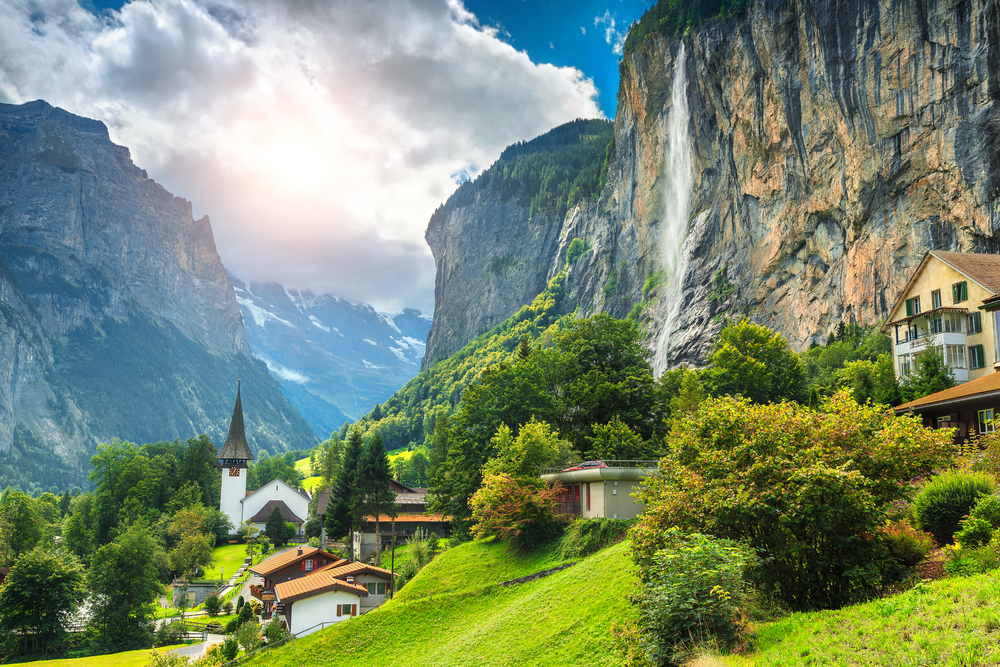
Relaxing 7 day Switzerland itinerary for the Honeymoon travellers
- Flights excluded
- 4 star accommodations
- 6 activities
- Private transfer
₹ 2,20,885
Starting price/person
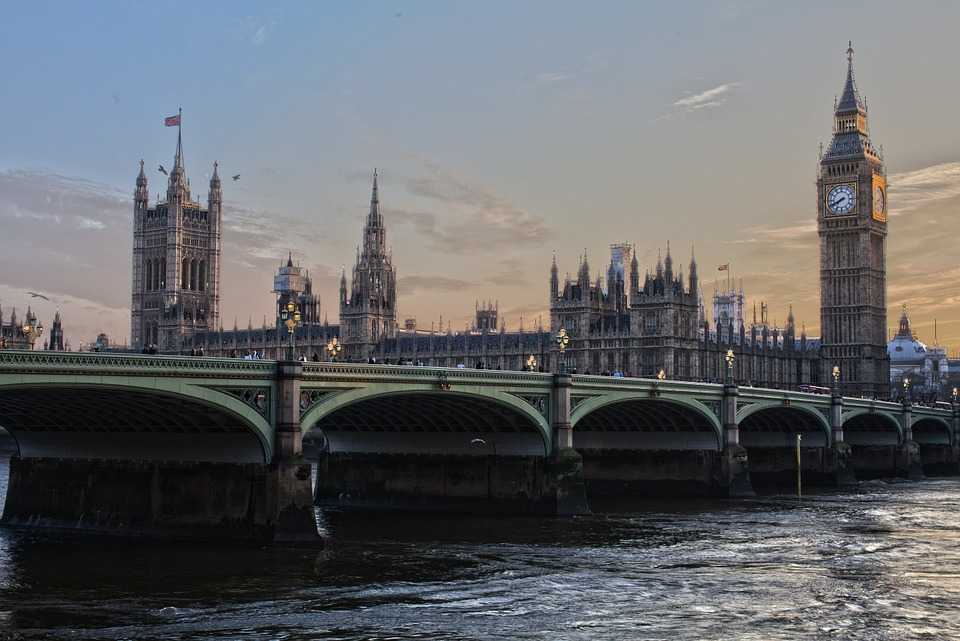
London Dreams: Stay in London and wander around for 6 night stay
- 3 star accommodations
- 7 activities
- Shared transfer
₹ 1,07,442
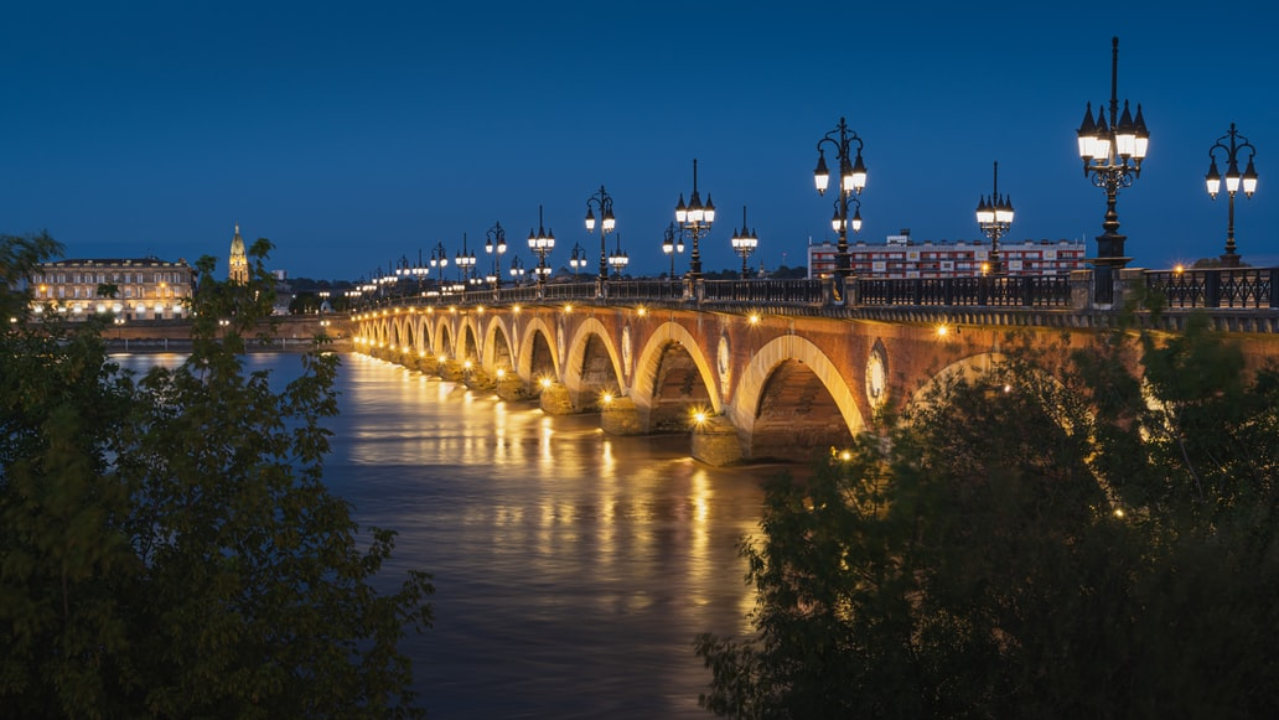
Beautiful 9 Nights France Tour Packages
₹ 52,649.
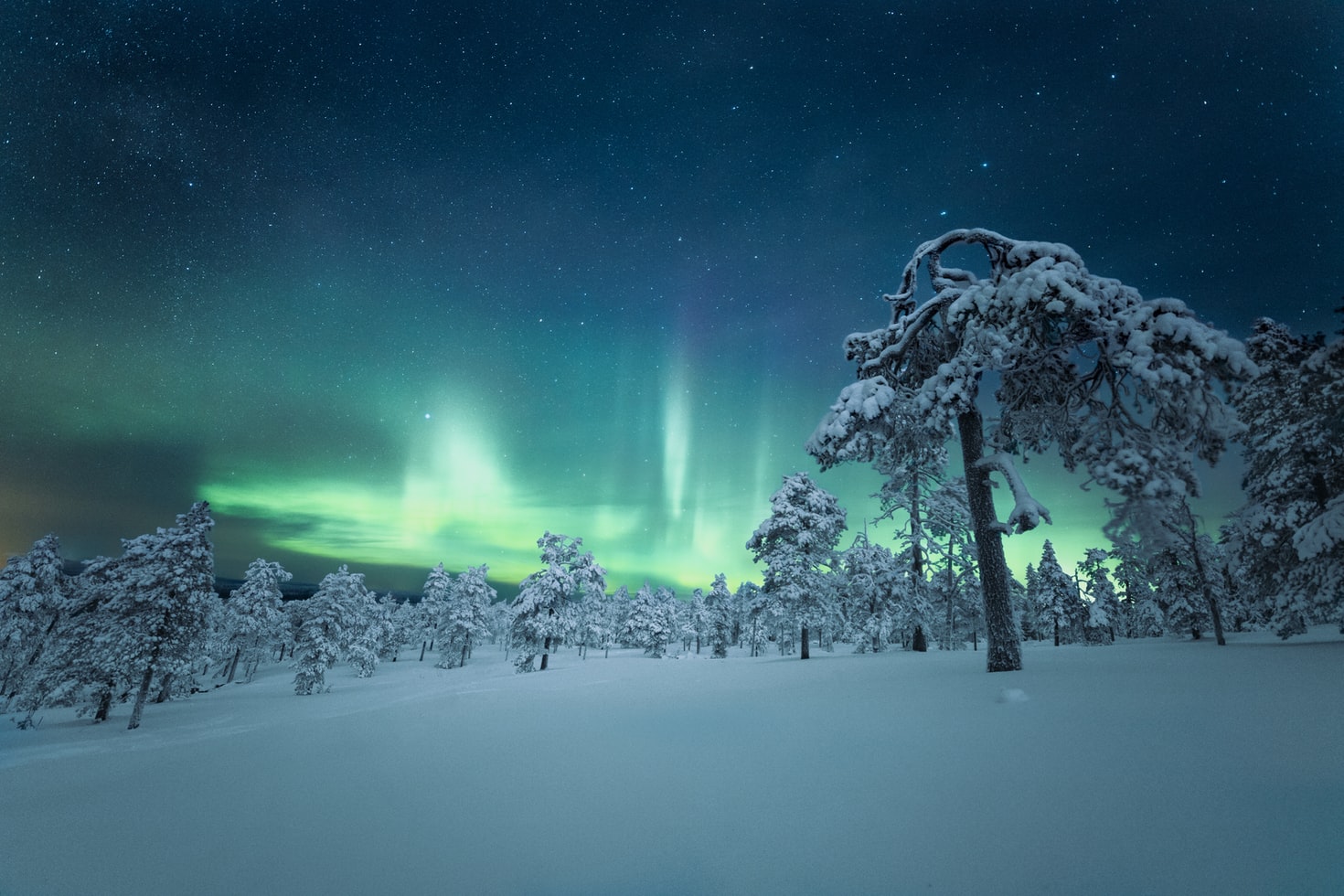
Stunning 6 Nights Northern Lights Packages
- 2.5 star accommodations
- 3 activities
- Transfers excluded
₹ 64,954
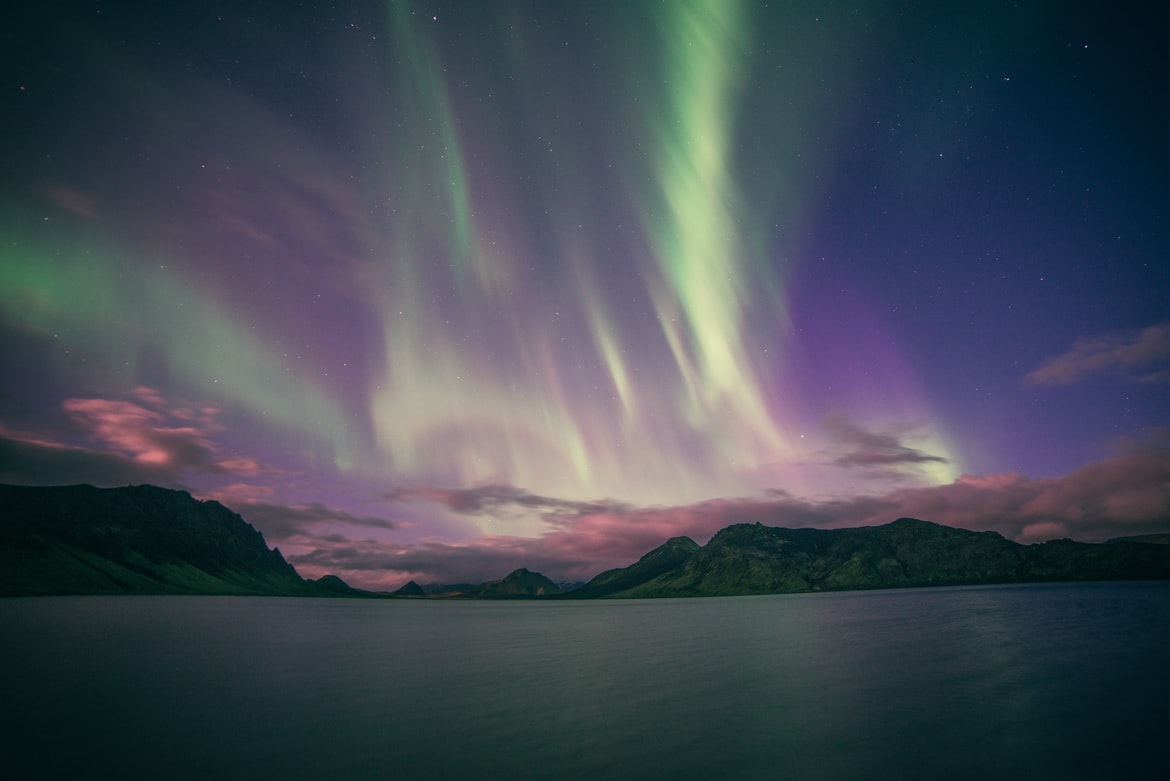
Fantastic 6 Nights Finland Northern Lights Tour Package
- 2 activities
₹ 69,369
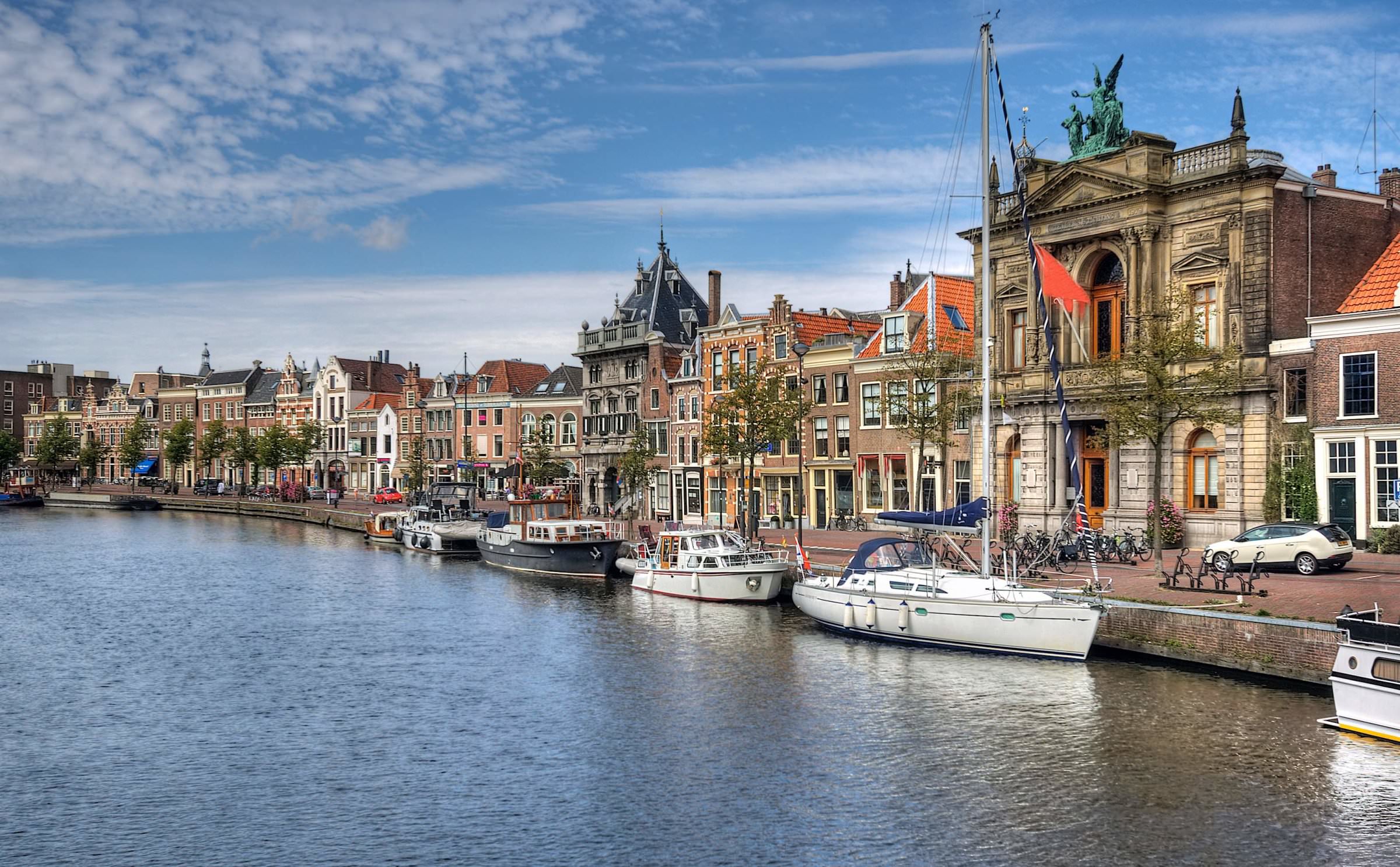
Amazing 10 Nights Netherlands Trip Package
- 2 star accommodations
- 9 activities
₹ 52,895

Magical 10 Nights Spain Tour Package
₹ 1,17,742.

Europe Tour Packages For 6 Nights
₹ 52,876.

Europe Trip Packages For 10 Nights
₹ 73,921.
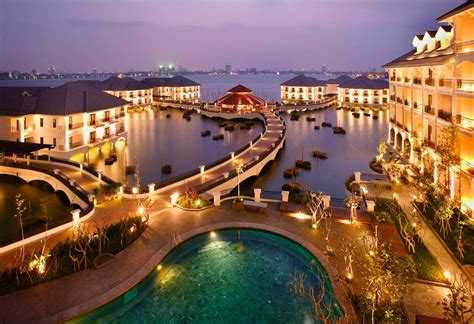
Romantic 8 Nights Bali and Vietnam Honeymoon Packages
- Flights included
₹ 99,947
Related posts, zero point in sikkim – the magnificent road to heaven and the marvel of india., living root bridges in meghalaya which are must visit in 2024, adventure sports in northeast india – get your adrenaline rushing, north-east states of india: the hidden beauty, winter in north east india – the sheer beauty of india’s unique landscapes, best time to visit cherrapunji – visit the land of rains at the right time, manali to spiti valley: travel guide – the guide you can rely upon on a trip, all you need to know about the magnificent caves in meghalaya, roing in arunachal pradesh – the hidden beauty of india, 7 nights 8 days assam – arunachal tour plan for a perfect vacation, monasteries in north east india – blast from the past, attractions in north east india – visit the wonderland.
Book a vacation completely online
Our community is growing fast
Sign up for exclusive PYT Club membership and access jaw-dropping deals before the rest of the world!
- Signup with Email
- Facebook community
- Telegram Community
Access exciting travel deals at best prices
- New Zealand
- South East Asia
- United Kingdom
- United States
- Switzerland
- Travelogues
- Travel News
- Guest Posts
- Write for us
When's the best time to visit North-East India?
By suzie on 28th february 2020, image gallery.
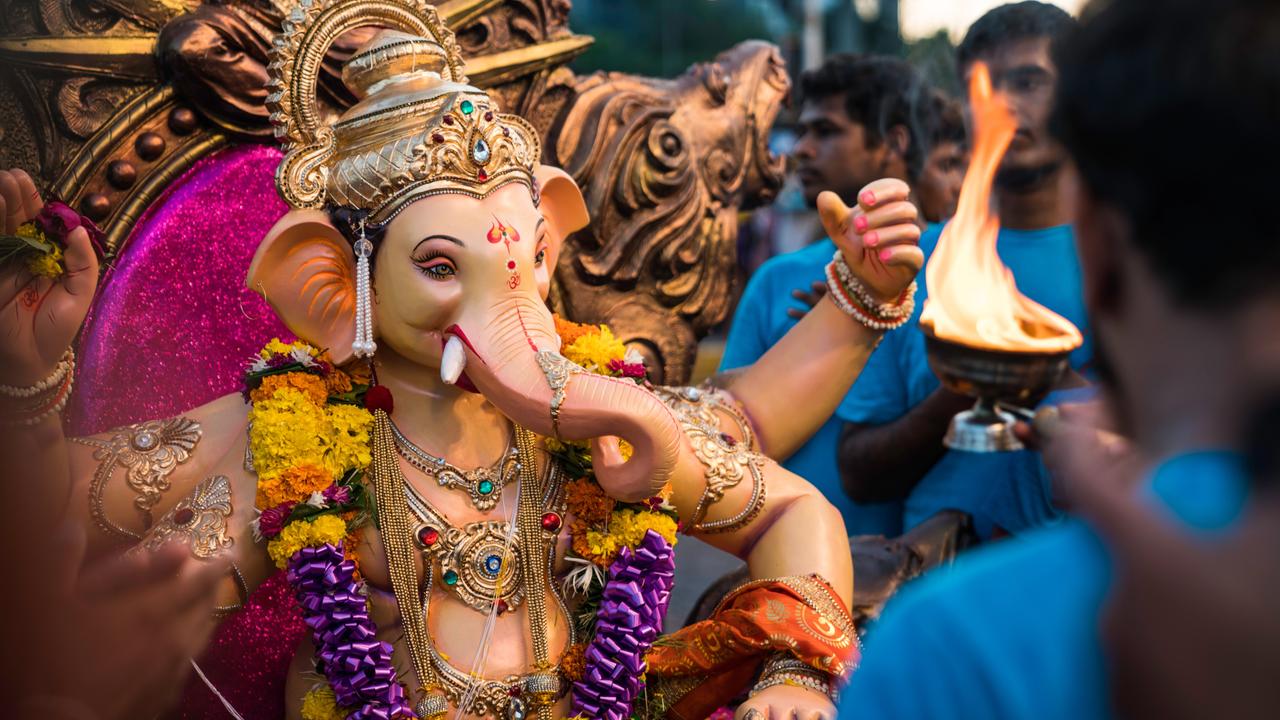
India’s vastness means there are diverse weather systems and microclimates to consider when choosing the best time to visit. In the country’s north-east regions, altitude can also affect the temperature. You may even want to bear in mind a variety of interesting festivals and the spiritual calendar! Our India Specialists share their expert insights into the best time to visit North-East India...
Weather and climate in North-East India

North-eastern India is a giant bowl, a floodplain fringed by mountains. Within it, the River Ganges and its tributaries meander all the way from Uttar Pradesh (where you’ll find Lucknow and Varanasi) to West Bengal (Kolkata). Around it, mountains stretch up into the Himalayas, taking in famous tea-growing regions such as Darjeeling and Assam, and remote tribal areas such as Nagaland.
Overall, the climate in the lower region is moist and subtropical, with hot humid summers from March to May, and cool winters in Jan & Feb. The average temperature at sea level sits between 25-27.5 degrees Celsius. Head up into the mountains and the range drops to 22.5-25 — great for a refreshing break from the subtropics, especially when you factor in those freshly brewed pots of Darjeeling!
The most important season for travel-planning is monsoon, from June to September, which can limit access and make things uncomfortable.
The best time to be in Kolkata, Varanasi and Lucknow

Visitors in the Ganges bowl are likely to be heading to historic Kolkata, spiritual Varanasi and the splendid architecture of Lucknow. The best time to see them is between November and March, when the days are hot and dry, and the skies clear.
Higher altitudes

Leave the Ganges to climb into the north-east, and you’ll find yourself in the Himalayan ‘foothills’, amidst temperate mountainous landscapes that are perfect for growing tea. Darjeeling is a favourite place to retreat from the heat, and the weather here is generally settled, although it can be cloudy and wet during monsoon season. Bring layers, and prepare for cold weather during January and February.
Monsoon season and April-June in North-East India

Although there’s something romantic about the idea of India during the monsoon, in the north-east it becomes very wet, with torrential rainfall and powerful thunderstorms. Conditions are hardly ideal even for looking around temples and streets, let alone hiking in the countryside.
The monsoon proper spans from mid June to the middle of September, but from April the climate starts gearing up, and the north-east of India can become uncomfortably hot. Prepare for 40 degrees Celsius during the day, and sticky nights that are likely to have you yearning for cooler climes. Head to hill stations such as Darjeeling, where it’ll be cooler with lovely hiking conditions, at least until June, when cloud and rain grow more likely.
School holidays

If you’re hoping to take the kids to India, you’ll be better off doing it over the Christmas holidays, or in February, if your kids have two weeks off at half term. North-east India’s monsoon season coincides with school summer holidays in Europe and America, so it’s not ideal for a family summer holiday. If you really want to visit Asia in July or August, there are plenty of alternatives — our Destination Specialists can help you decide.
Festivals and celebrations

With strong roots in farming and Himalayan Buddhism, far north-east India has a calendar packed with colourful festivals and seasonal celebrations. Losar marks the Tibetan new year, and spans the first two or three weeks of February in the north-easternmost regions, while Sikkim’s Losoong festival is an energetic new year celebration with archery competitions, dancing and drinking. Selective Asia’s Sara recently attended the Hornbill Festival in Nagaland, which takes place each year during the first half of December. The event brings together all the different tribal groups of this remote state, to celebrate their culture & traditions with dance, food, handicrafts and various competitions. Sara found it to be an impressive (and very photogenic!) experience.
In June, Assam’s Ambubachi Mela draws devotees from across India to venerate the mother goddess and practise tantric rites, while in Uttar Pradesh you can attend popular festivities such as Holi (March) and Dewali (November). West Bengal celebrates thirteen festivals a year, including Christmas — which is celebrated with grand illuminations and plenty of cake — the elaborate Hindu feast of Durga Puja (October), and Eid (in May) which is marked with particular grandeur in Kolkata.
Beyond Wild Places
Your guide to the wilder side of life
The Ultimate Travel Guide to Northeast India
Northeast India is perhaps the country’s most underrated and incredible adventure. It’s a region that is so often overlooked by travellers because of its complicated past and its highlights are rarely promoted on any travel platform or guide. However, it’s a unique slice of Asia that is home to fascinating tribes, beautiful and varied landscapes and attractions that you can’t see anywhere else.
With limited information available online or in guide books, this is a detailed post on everything you need to know about travelling in Northeast India, including the places to add to your itinerary and how to get around.
If you’re up for an adventure like no other, then keep reading to find out why you should go to Northeast India and what to expect if you do.
Disclaimer: This post contains affiliate links which means I get a commission if you buy a product through my link at no extra cost to you. By doing so, I can keep this blog going and continue to create helpful guides for you. Read more: Privacy Policy
About the Northeast region of India
The Northeast region of India is an oddly shaped piece of land wedged between Myanmar, Bangladesh, Bhutan, China and Nepal and connected to India by a skinny corridor of West Bengal state. For a long time the region was off limits to tourists, as its precarious security situation left India’s central government struggling to control and unite the different tribes and ethnic groups.
It’s a part of the country that has been characterised by violent independence movements led by insurgent groups, drug trafficking, foreign incursions and border disputes over time. It’s also home to varied cultures and religions, from the Christian-majority Mizos and Nagas to the Buddhist Monpas in Arunachal Pradesh, as well as many tribes who still practise animism. For these reasons, the region’s seven states, known as the Seven Sisters, are India’s least visited and often most misunderstood.

Why you should go to Northeast India
I could list a hundred reasons why you should go to the Northeast, but I’ll try and summarise it for you here. Exploring this region is a true adventure and although the words ‘off the beaten track’ get overused these days, Northeast India is the epitome of what that truly means. It’s the India that most people don’t know exists. It’s far less crowded and hardly visited by foreigners and the people that inhabit the region are very different.
Moving from one state to another in the Northeast, the ethnic groups, religion, language and culture changes quite dramatically. Even within the states themselves, the individual tribes differ from place to place. The whole region is so rich in culture and tradition despite taking up such a small size on the map.
Regardless of how small the region appears, it can take months to get around to all of the areas. The landscape, and sometimes climate, is so challenging that infrastructure is limited and travelling from one place to another takes a hundred times longer than expected.
It’s certainly not for the faint hearted and I wouldn’t recommend you go if its your first backpacking trip or first time to India. From the winding mountain roads that make any stomach hurl, to the food delicacies like smoked beef heart. From the rural villages where boys carry rifles over their shoulders to the cities which get locked down when a protest breaks out. From being crammed in the back of a shared jeep for eight hours to no transport turning up at all for multiple days straight. I’m not lying when I said it was a true adventure.
However, if you’re prepared for all of this, and, if meeting remote tribes and travelling in isolation for weeks gets you excited, then the Northeast may just be the best travel destination in Asia.

When to go to Northeast India
The Northeast can be visited all year round. The main months people visit are between October and May . However, the cold winter months from December to February make some parts difficult to visit such as in Arunachal Pradesh, Sikkim and Nagaland. If you bring warm weather gear though, you should be fine.
The rainy months are from May to September , but for most of the region this hardly affects travel. Except, Meghalaya which is one of the wettest areas on earth, so expect rain for days on end in the wet season there.
Festivals in Northeast India
Many of these states also have fascinating cultural festivals, which are good to time your visit around. The most interesting of these festivals are:
First day of the lunar Tibetan calendar – Losar (Tibetan New Year) in Sikkim and Arunachal Pradesh
14th April – Bohag Bihu (New Year) in Assam
5th July – Dree Festival in Arunachal Pradesh (particularly Ziro Valley)
September – Ziro Music Festival in Arunachal Pradesh
Second week of November – Wangala festival in Meghalaya
1st – 10th December – Hornbill Festival in Nagaland
December – Lossong (start of harvesting) in Sikkim

Best places to visit in Northeast India
When it comes to deciding on where to go, the seven states all have their challenges and merits and it really depends on how much time you have and what your main interests are in travelling there.
At the moment, the most visited of the seven states are Assam and Meghalaya. The rest still remain off the radar for most people and hardly any foreigner would be able to recognise the attractions or highlights in the others. I spent over three months covering all seven of the states, plus Sikkim, and I can say that they all boast plenty of sights to see.
Assam is the largest of the states and is probably the most similar to the rest of India in terms of culture, people, religion and food.
It’s the most well known of the Seven Sisters thanks to its huge tea production, but Assam also has some worthwhile sights. Kaziranga National Park is a favourite for most foreigners, however, Majuli Island on the mighty Brahmaputra River is an underrated highlight. It was once the world’s largest river island and is home to unique neo-Vaishnavite satras.
Read next: How to Get to Majuli Island

Meghalaya has risen of late as an up and coming destination in India because of its picturesque living root bridges. Deep in the jungle of the Khasi Hills is where you can hike to these root bridges made by the local Khasi people and they have become the sort-of poster child for the entire Northeast region.
You can hike to villages in the dense jungle and stay in homestays completely cut off from technology and modern luxuries. On the other hand, its capital, Shillong, is also one of the most trendy and popular cities in the region.
Read next: How to Get to Nongriat and the Living Root Bridges
Arunachal Pradesh
The last frontier of far eastern India with a precarious border to China, Arunachal is an incredibly wild, yet beautiful state. It’s home to the second-largest Buddhist monastery in the world at Tawang, which is worth all the effort of getting there, and the snow-capped mountains mean the Himalayas are not too far away.
It’s also home to fascinating tribes in the Ziro Valley, which along with Nagaland offers one of the most unique cultural experiences in the region.
Read next: How to Get to Tawang Monastery

The real tribal state of the Northeast, Nagaland is known for its fearless and still traditional tribes that inhabit the lawless border regions near Myanmar. Its rolling hills are difficult to navigate with the limited infrastructure but the rewards of spending time with some of the Naga tribes is unforgettable.
The Konyak tribe is the most well-known with villages around Mon welcoming tourists to experience some of the remaining ancient culture.
Read next: How to Get to Longwa Village
This was once considered India’s most dangerous state and, although it still sees regular protests, it has some incredibly beautiful landscapes to explore. The most striking attraction is Loktak Lake, the world’s only floating body of water and national park. The people are also incredibly welcoming and friendly, despite their national reputation and I enjoyed my time there immensely.

This small state actually boasts quite a few significant sights plus a relatively well-organised tourism department with accessible information and government lodges. At the same time, it’s also one of the least visited states in all of India and you’ll most likely not see another foreigner.
The carved faces in the rocks at Unakoti are worth seeing, plus the beautiful architecture of the Neermahal at Melaghar and the grand palace in the capital Agartala reminded me of Rajasthan without the crowds.
Perhaps the most isolated of the seven states, Mizoram is difficult to reach by road but the green, lush rolling hills makes all the long travel days seem worthwhile as the views are spectacular. It doesn’t have much in terms of sights but the people are friendly and it’s one of the only places in India where you can still see completely untouched nature.
Read next: A Travel Guide to Mizoram and Tripura

Often added on to the group of seven states in the Northeast is Sikkim . Although divided from them by a part of West Bengal, its different culture and turbulent history have led to many considering it an extra sister to the Northeast states.
Sikkim was once a mountain kingdom until it became a part of India in 1975. It has a strong Buddhist culture and many descendants of Tibetans live in the sparsely populated villages. Most of the state is designated national park, home to the third highest mountain in the world, and it’s been a completely organic state since 2016.
Read next: A Travel Guide to Sikkim
Safety and security concerns
Although the Northeast was once considered off limits to foreign travellers, it’s certainly much safer now to explore. To be honest though, the insurgent groups seeking independence, the drug trafficking across international borders, street protests and border disputes are all ongoing issues in the region.
Still, as a foreigner, you will seldom notice any of this, other than significant military presence in some areas. The locals will repeatedly tell you how safe it is. Many of them are sick of the central government and others labelling the region as unsafe or unstable and I was treated with the utmost respect and care by everyone I dealt with in my time there.
Protests, which do occur occasionally, are mostly in Manipur but also sometimes in Mizoram, Nagaland and Assam. They are often politically motivated and directed at the central government. They are generally peaceful and sometimes lead to strikes when everything comes to a standstill and people don’t open their businesses for a day or two. This is never targeted at foreigners or tourists, though, so don’t be alarmed, it can just be inconvenient to travel plans sometimes.
Drug trafficking is a major issue, particularly on the Myanmar border. However, generally as a tourist you would never encounter or see this, even if you visit some of the Naga villages like Longwa (although you will likely see drug use though).
The border region with China in Arunachal Pradesh is especially precarious, and technically, both countries do not agree on the borderline. China has made incursions there in the past, and you will notice a heavy military presence and many checkpoints on the main roads. This is why a permit is still needed to visit the state. However, unless a sudden move by China was to happen, the area has been relatively peaceful for some time now.

Regional politics
Politics in the Northeast is an extremely complex affair and I couldn’t possibly summarise it here and nor do I claim to fully understand the region’s politics. However, there are a few things I will note because they were significant issues that local people frequently engaged in conversation with me.
Corruption is a common political issue across all of India but in the Northeast many people brought it up with me in conversation. It’s not necessarily worse than in other states, it just often enrages people on top of other grievances that they have with the central government.
Independence struggles are still alive and well in most of the states in the Northeast. In particular, Mizoram was where I had people openly express there wishes to be separated from India. In fact, in one shared jeep ride from Lunglei to Aizawl, a man spent hours explaining to me the history of Mizoram in order to demonstrate to me that they did not belong with India.
Citizenship has recently become one of the biggest political issues in India with Modi’s controversial Citizenship Bill. While I was in Manipur, for example, the entire state shut down for two days in protest to the Bill. It’s likely to be the biggest grievance of the Northeast states in the future, although it’s unlikely the central government will make any changes.

Religion in Northeast India
Religion is an interesting feature of Northeast India. For such a small area of the subcontinent, it’s religious makeup is so varied and complex, perhaps more than anywhere else in the country.
Hinduism still dominates overall, but only by a small margin and certainly less so than other parts of India. Hinduism is the major religion in only Assam (with a huge Muslim ‘minority’), Sikkim (although the Buddhist influence is quite stark there) and Tripura.
Arunachal Pradesh is mostly Christian , although it’s also well known for its Buddhist population who live around Tawang.
Manipur is very divided between Christianity and Hinduism , with almost an equal number of both.
On the other hand, Nagaland, Mizoram and Meghalaya have a large majority Christian population, who are also very devout. You’ll find that in these three states, Sunday being a ‘rest day’ in the Christian religions is taken very seriously. You won’t be able to travel anywhere, you won’t be able to eat anywhere and you certainly won’t find any people in the streets unless they are going to church. Okay, that might be slightly exaggerated, but when I was in Kohima the capital of Nagaland on a Sunday, it was very close to this. I saw no vehicles, every shop had their roller door shut and the only place I could eat in the city was at KFC! So plan travel days accordingly.
There are also still many tribes who practise animism to a certain degree. This is perhaps one of the most fascinating aspects of the region, as many of these tribes have either turned to religion rather recently after the work of missionaries or developed a sort-of mixed beliefs system.

Female travellers in Northeast India
Female travellers shouldn’t be concerned about travelling here any more than they do in other parts of India. In fact, I found as a solo female that people were very welcoming and friendly towards me, perhaps even more so than other parts of the country. It might have something to do with the various religions and different cultures that can be found in the Northeast, but I certainly never felt in danger because of my gender.
In fact, people were extremely helpful in general and I often had people approach me in the streets to offer help or ask if I was okay. In the Northeast, people are genuinely kind and rarely expect money in return, which was refreshing. I think it largely came down to the fact that because the area sees much fewer tourists they are desperate to prove that the region is safe for us to visit.
In saying that, the usual travel precautions should be taken, particularly in the large cities like Guwahati and Shillong where you’ll likely find some men staring or saying rude comments to female travellers. It pays to be aware of where you are and cautious of arriving anywhere at dark, unless you have accommodation pre-arranged. In general, however, crime is not a huge issue there, although I would still be careful of your personal belongings, as you should anywhere.
It might be interesting to note, that for female travellers visiting Meghalaya and particularly Cherrapunji and the Khasi Hills is fascinating. The Khasi tribe is traditionally matriarchal and it’s a refreshing and interesting experience to witness this different culture in India. I highly recommend it.
In terms of clothing, I would keep it relatively modest and similar to what you would wear anywhere in India. I never showed my legs in the Northeast and always had them covered with either pants or a skirt. I found leggings were perfectly acceptable when hiking around the Khasi Hills and I often wore a t-shirt on warm days. A scarf is always handy for when you want or need to cover up a bit more.

Travel permits for Northeast India
Gone are the days that you need to apply for annoying permits for most of the Seven Sister states. As of 2020, there is only one state left that still requires a permit and that is Arunachal Pradesh. For the other states, having a valid Indian visa is all you need.
Arunachal Pradesh permit
For Arunachal Pradesh, foreigners are required to get a Protected Area Permit (PAP) . This can be obtained from the Deputy Resident Commissioner Office of Arunachal Pradesh in Guwahati, Assam or Kolkata, West Bengal. I got mine at the Deputy Resident Commissioner Office in Guwahati. It was a fairly painless process and you simply need to answer a few questions about the purpose of travel and where you intend to go. They also require a photocopy of your passport and visa. It’s not cheap though and it costs around 3500 rupees as of 2020.
Note that solo travellers are only permitted to visit Tawang, Dirang, Bomdila and Ziro Valley in Arunachal Pradesh. So, when applying as a solo traveller do NOT mention if you have plans to travel outside of these areas. If you want to travel away from these places, you’ll have to find at least two other foreigners to form a group to apply for a permit together.
Sikkim permit
For visiting Sikkim , foreigners require an Inner Line Permit (ILP) for most of the state and a Protected Area Permit for visiting North Sikkim and border regions. You can apply for an ILP online here or at one of the government-approved offices in Darjeeling, Siliguri, Kolkata and New Delhi.
I got mine in Darjeeling at the Deputy Commissioner Office and its a simple process which can be done on the spot. You need to bring a couple of passport photos and photocopies of your passport and visa. The ILP is free.

International borders
The borders in Northeast India are quite precarious and heavily guarded. The Northeast area is bordered with China, Nepal, Bhutan, Myanmar and Bangladesh, with the China-India border in Arunachal Pradesh particularly disputed.
Before crossing into India through one of these border crossings, you should check first if you can cross with an e-visa or whether you need to have an official visa processed through an embassy or consulate. For example, the Myanmar-India border at Moreh-Tamu required me to have a proper Indian visa from my consulate at home and a Frenchman with an e-visa was denied entry.
IMPORTANT: Please note that the information below about border crossings is as of February 2020. Immigration requirements and border crossings can change frequently so it’s best to check up to date and most recent information on official websites if possible, before heading to a border.
It’s certainly not the easiest part of the country to cross overland into other countries but it is possible. I crossed from Myanmar to Manipur in Northeast India at the Moreh-Tamu border crossing. There is also a crossing between Myanmar’s Chin state and Mizoram in Northeast India at Zokhawtar-Rikhawdar, but the terrain and limited or almost non-existent public transport in that area would make it a more difficult choice.
Read next: How to Cross the Myanmar-India Border
To cross into Bangladesh , most foreigners will need a pre-arranged visa from a consulate or embassy as most crossings do not issue visas on arrival (although this changes often). People have reported getting visas in Agartala in Tripura state, or otherwise, Kolkata would be your next best option in eastern India. The Akhaura border crossing is just 3km from Agartala and is the best option for the Northeast region as there are regular trains from Akhaura to Dhaka on the other side.
There is also another border crossing into Bangladesh from Meghalaya called Tamabil, which is only 2km from the town of Dawki in Meghalaya. It’s not as popular for tourists because its close to coal and rock mines meaning that the border is mostly full of trucks.
It is surprisingly possible and easy to cross into Bhutan from Northeast India, as long as you have everything organised. As a foreigner, you must be on an organised tour approved by the Bhutanese government prior to arriving in the country. There are a few nationalities with exceptions such as Indians but generally, this rule applies to everyone.
As part of the tour you can request to cross the borders but you must be met by your Bhutanese guide at the border crossing. There are two land borders between Bhutan and Assam in Northeast India at Samdrup Jongkhar and Gelephu.
The border crossing into Nepal from India is likely to be the easiest out of all the other country options as visas can be arranged on arrival for most nationalities in Nepal. One of the most common border crossings in eastern India into Nepal is from Siliguri at Panitanki-Kakarbhitta. I used this border crossing in early 2019 and it was a breeze. Although this is technically in West Bengal, it’s easily accessible from Guwahati in Assam or Gangtok in Sikkim.
Read next: How to Cross the India-Nepal Border
As far as I know, the border crossings with China are closed to foreigners. The Arunachal Pradesh border is heavily disputed and China considers it part of southern Tibet, so there is no cross border activity between India and China there.
The Sikkim and China border at Nathula Pass in northern Sikkim is one of only three open trading posts between the two countries. However, it is not allowed to be visited by foreigners, although it’s a popular tourist attraction for Indian nationals.

Money and budget
The Northeast states use the Indian Rupee like the rest of the country. However, you’ll find that your budget will be slightly more compared to the rest of India. With a very limited tourist infrastructure around, especially for budget travellers and backpackers, hotels remain the only official accommodation options, of which choices can be limited and prices are high (even when quality is not). A standard, cheap single room goes for around 1000 rupees or AUD$20. I paid this amount time after time for many places and it seems to be a standard for cheap hotels.
In saying that, you can sometimes find cheaper options by walking around and asking directly at reception desks because a lot of hotels are not listed on sites like Booking.com . I paid as little as 400 or 500 rupees by going into a random hotel not listed online. At the same time, I was often in places where I couldn’t find anything cheaper than 1500 rupees or AUD$30, so your budget certainly won’t be like Rajasthan where you can get a dorm bed for 200 rupees (AUD$4) for example.
On a more positive note for budget travellers, food is as cheap as other states in India so you can find a good meal like a thali for about 100 rupees (AUD$2).
Transport is another slightly more expensive factor about the Northeast, simply because you often have very limited choices and sometimes the only option being a shared jeep which is more than a public bus or train. Saying that, in Tripura and Assam you can use the train network and find tickets for as little as 100 rupees (AUD$2).

The official national language in India is Hindi, but you’ll find a host of other languages within the area with some estimates declaring that there are over 200 languages between the seven states. Official languages amongst the states include English, Assamese, Mizo, Khasi, Garo, Bengali and Nepali.
However, you’ll find that a lot of people speak English, especially those who are university educated or amongst the younger generations. I had no problem getting by, although you’ll find shared jeep drivers, taxis and rickshaw drivers often speak little or no English and the same with many local restaurant staff. But basic words will be understood and most people are happy to try their best to help.
Internet and SIM card
Unlike the other far north in Kashmir where a different SIM is required, a normal Indian SIM card will work relatively well in the Northeast (although naturally in the remote areas it will be limited coverage). It is generally accepted that the best SIM to get in India is Airtel and you can pick one up in any of the official Airtel offices which are usually in the major cities. Unofficial phone shops will likely not issue a foreigner a SIM because of the paperwork involved, however, if you ask around you may find someone who will do it for you.
Otherwise, WiFi can be found in most hotels throughout the region. However, if you are interested in going to places like Tawang in Arunachal Pradesh or Majuli Island in Assam, then I would recommend you get a SIM so you don’t have to rely on WiFi.

Transport in Northeast India
Transport in the Northeast is fairly limited when compared to other parts of India. Buses and shared jeeps will be your only way of getting between most places.
The national train network mostly comes to an end in Guwahati, Assam, with the train station there a huge national hub serving many of the big cities in the rest of the country. However, it does continue to other cities in Assam and down into Tripura and I would highly recommend using it there.
Other than that, there are the state-run government bus companies which operate between most major cities and towns. They generally run to a timetable and you can purchase tickets the day before or on the day from the counters at the main bus stations.
In the Northeast, these buses are generally old, run-down and extremely slow, with the exception of Assam which has newer buses and more frequent services. However, overall the bus travel experience in the Northeast is quite memorable and certainly… an experience.

Shared jeeps
The best option for transport, and which you’ll likely have to use quite often if you plan on reaching some more remote areas, is the shared jeeps, often referred to as sumos. They are four-wheel drives that fit three people in the front, four people in the middle and four people in the back, and when I say ‘fit’, I really mean squash. If you want to have a half comfortable ride, I recommend trying to secure the front seats next to the driver, or window seats in the middle section. The back is notoriously the worst seats to get.
These jeeps tend to go to most places and congregate around a parking area or garage where you’ll also find counters that you can buy tickets from. Depending on the journeys, they usually release tickets the day before (or sometimes earlier) and it’s always best to purchase at least the day before if you want to get a decent seat.
The tickets usually quote a departure time and then a time when you have to be at the parking lot ready to board, which is usually 30 minutes before departure. Of course, this is either adhered to or not, it really depends on the driver! Sometimes they leave on time, other times they’ll leave two hours late or they’ll wait until the jeep is full which could be even longer. You’ll get the hang of it!

Food in Northeast India
The food in the Northeast is not really anything to write home about. Although India is known for its incredible food, the Northeast is not particularly known for its cuisine. You can find thalis in Assam and on many roadside restaurants where the shared jeeps stop, although they can be rather basic and just include rice, dahl and a veg curry.
In the major cities like Shillong and Guwahati you can find cuisine from all over India, including some good South Indian restaurants.
You can certainly try some interesting food in the region though. For example, Nagaland is known for its extremely spicy food, often with boiled meat as the main base. I also tried smoked beef heart in Longwa village at my homestay family, so you can be as adventurous as you like there.
Majuli Island is well known for its red rice and I had delicious red rice thalis at the local restaurants there. In Arunachal Pradesh and Sikkim, Tibetan food is a big favourite with momos and soup found in most restaurants. In the Khasi Hills, I had rice with interesting vegetables from the jungle that I didn’t even know exactly what they were.
It’s best to be open to trying whatever is available as some of the small towns have very limited supplies.

Accommodation
Accommodation options are generally limited to hotels, as hostels are not a ‘thing’ in the Northeast. You can also find some family-run guesthouses which can be a good experience.
However, my favourite kind of accommodation and which certainly led to many of my most memorable experiences in the Northeast was homestays . There are definitely some great homestay initiatives in the region which I would highly recommend if you want to get the most out of the experience and immerse yourself in some of the most fascinating tribes and people you’ll find in Asia. They generally can’t be found on Booking.com, although that is starting to change as more tourists come to the region.
Some of the best places to try homestays include:
- Nongriat in Meghalaya
- Loktak Lake in Manipur
- Longwa Village in Nagaland
Pin this post

Share this:

Best Places to Stay in Leh, Ladakh for All Budgets

A Travel Guide to Exploring Mizoram and Tripura

10 Best Things to Do in Srinagar, Kashmir

A Guide to Hiking the Markha Valley Trek
[…] Read next: The Ultimate Travel Guide to Northeast India […]
[…] next: The Ultimate Travel Guide to Northeast India or Ultimate North India Itinerary to Kashmir, Ladakh and Himachal […]
Leave a Reply Cancel reply
Discover more from beyond wild places.
Subscribe now to keep reading and get access to the full archive.
Type your email…
Continue reading
Best Time To Visit North East India
Best Time: Winter Read More
Winter is the best time to visit North East India
Brahmaputra Valley Semi Evergreen Forests
Best time to visit, eastern himalayan broadleaf forests, eastern himalayan subalpine coniferous forests, india–myanmar pine forests, top places in north east india.

Cherrapunji
Nearby Regions

Get the best offers on Travel Packages
Compare package quotes from top travel agents
Compare upto 3 quotes for free
- India (+91)
*Final prices will be shared by our partner agents based on your requirements.
Log in to your account
Welcome to holidify.
Forget Password?
Share this page
Travel Itineraries | Luxury Travel | Travel Tips
15 days in North East India | A Travel Guide and Itinerary

Jack Kerouac in his book On the Road , says, “There was nowhere to go but everywhere, so just keep on rolling under the stars.” Traversing through majestic mountains and lustrous valleys in the middle of nowhere while admiring the flawless creations of nature seems like an idea, too good to be real for now. But it is wise enough to find respite from mundane schedules by making a virtual tour of destinations in your bucket list and plan for future travel.

North East India is known to be in the bucket list of many discerning travelers. The alluring beauty of nature and rich culture intertwine to make the North East a top pick for many. The eight states of Arunachal Pradesh, Assam, Manipur, Meghalaya, Mizoram, Nagaland, Tripura and Sikkim constitute the North East region in India.
The vas t region with countless idyllic travel destinations requires you to spend months there to be able to explore the region well but in reality, this is not something everyone can possibly do. But setting aside 15 days in a year to head to the rather unexplored part of India is something doable. Hence, I am compiling this 15-Day Travel Itinerary comprising of 3 states in the North East – Assam, Meghalaya and Arunachal Pradesh.
If you are someone who had always wished to wander through the winding roads in the North East and jump into the pools of hidden waterfalls but never found a perfect itinerary to make the best out of your available time, this itinerary is for you. Go ahead to read and plan your next trip to the North East.
How to reach Shillong?
Where to stay in shillong, where to eat in shillong, how to reach cherrapunjee, where to stay in cherrapunjee, nohkalikai falls, mawsmai caves, arwah caves, how to reach nongriat, where to stay in tyrna, how to reach tezpur, tezpur to kaziranga, where to stay in kaziranga, how to book a jeep safari, where to stay in tezpur, how to reach dirang, where to stay in dirang, dirang dzong, dirang monastery, explore dirang on foot, how to reach tawang, where to stay in tawang, things to do in tawang, how to reach bomdila, where to stay in bomdila, things to do in bomdila, how to reach guwahati, where to stay in guwahati.
Day 14 : Explore Guwahati
Day 15 : Fly out from Guwahati
North East Itinerary – In brief
Tips to remember while planning the trip, share this:.
A detailed 15-day Travel Itinerary for North East
Day 1 : Guwahati to Shillong
To start your journey in the North East, you’d have to fly to Guwahati in Assam, which serves as the base for almost all routes.
- Hire a vehicle from Guwahati Airport or Guwahati Railway Station to Shillong. It would ideally cost you about INR 2000 for a drop off at Police Bazar, Shillong or your Hotel.
- You can also hop onto a shared sumo/taxi from the airport or railway station which would cost about INR 300. If you do not find shared vehicles there, you can head to Paltan Bazar in Guwahati from where you’d easily find shared vehicles for Shillong.
- You will also find buses for Shillong from ISBT, Beltola in Guwahati.
- The journey is approximately 3 hours long.
Backpacker’s Hostel : Silver Brook
Home-stays : Mid Pine Homestay
Hotels : Windermere Inn | Hotel Polo Towers | Rockski Boutique Bed and Breakfast | The Loft Executive Inn
Dylan’s Cafe | ML 05 Cafe | Cafe Shillong
Tango Restobar and Lounge | Deja Vu | The Evening Club

If you manage to reach Shillong by afternoon, you can easily take a short tour of the city. Hire a local cab to visit Elephant Falls and Shillong Peak, which are within 15 kms distance from the central part of the city. Ward’s Lake is right in the heart of the city and you may stop by to spend some quiet time by the lake.

In the evening, take a stroll in the Police Bazar area and check out the amazing cafes and restaurants in the area.
Day 2 : Shillong to Cherrapunjee
- Private cabs can be booked from the main market area, known as Police Bazar.
- There are shared vehicles available too which are available from Bara Bazar Area . Usually these are Tata Sumos or Altos that ply between Shillong and Cherrapunjee. Cherrapunjee and Sohra are the same places. Do not get confused if the taxi drivers are calling out for passengers for Sohra.
- It takes about 2 hours to travel the distance of 52 kms.
Homestays : Goshen Homestay | Aisha Guest House | Shalom Guest House
Hotels : Coniferous Resort | Polo Orchid Resort | Sulawado Resort
Things to do in Cherrapunjee
Make sure you start early from Shillong so that you may reach Cherrapunjee by first half of the day. You may hire a local cab to take you around the famous spots in Cherrapunjee. Here’s a list of things you can do at Cherrapunjee:
Visit the tallest plunge waterfall in India, Nohkalikai Falls , which has a height of 350 metres. There is an entry gate from where you can reach the mouth of the waterfall by following the trail. The view point of the waterfall is about 4-8 kms from Cherrapunjee, depending on where you start your journey from.

Take a tour of Mawsmai Caves , located about 6 kms away from Cherrapunjee. The cave is made of limestone and is home to unique flora and fauna. Once you enter the cave, you are only allowed to walk up till 150 metres inside the cave and the rest of the cave is not open for visitors.
Arwah Caves is a hidden gem in Cherrapunjee. This cave does not have well demarcated trails and thus, it is advisable to take a guide along with you. You need to take a detour from the main road and cover a muddy patch of road to reach Arwah Cave. Before you reach the entrance of the cave, you’d find a beautiful bridge. You would spot limestones and fossils inside the cave. A visit to Arwah Cave would be an adventurous activity. But considering the fact that you only have one day to visit all these places, you might have to pick one between Mawsmai and Arwah Caves as they are located in the extreme opposite locations outside Cherrapunjee.
Day 3 : Cherrapunjee – Tyrna – Nongriat – Tyrna
Start your day early as you have to trek the most talked about Living Root bridge of Meghalaya in Nongriat on this day.
- Take a private taxi from Cherrapunjee to drop you at Tyrna , the starting point of the trek.
- It would cost you about INR 500 or a little more for this distance.
- From Tyrna Village , your downward hike for Nongriat starts .
- It is advisable to take a porter if you have a heavy rucksack. A porter would charge INR 500 a day.
- It usually takes about 2 hours for the downward hike. But you may finish the hike faster depending on your speed.
After crossing many suspension bridges and root bridges along the forest trail, you’d reach one of the major highlights of Meghalaya, the Double Decker Living Root Bridge. Only when you see the marvelous creation, you’d know how beautiful and powerful nature can be, if utilised well. Sit by the natural pool and soak in all the energy of the forest.

You can also ask your guide to take you to the Rainbow Waterfall , located a short hike away from Nongriat village. There are also a number of gorgeous natural pools which are untraceable and only known by the locals. If time permits, pay a visit to these naturals pools to make your day even more exciting.
By afternoon, start your upward hike back to Tyrna. The upward hike may take a longer time. Reach back to the starting point and stay at Tyrna, to get an experience of the rural side of Meghalaya.
Delight Homestay | Royal View Resort
Day 4 : Tyrna to Shillong
On the fourth day of your trip, head back to Shillong and spend a day in the Scotland of the East.
- Travel to Cherrapunjee from Tyrna in a reserved cab , following the same route.
- From Cherrapunjee, you can hire a vehicle for Shillong or take a shared vehicle .
Upon reaching Shillong, spend the day to explore the famous spots of the city if you had missed them on the day of your arrival.
Day 5 : Shillong – Tezpur – Kaziranga
This will be a long day on the roads as you head back to Assam from Shillong. To proceed with your journey to the North East, you’d need to head to Tezpur in Assam from where you will further head to Kaziranga National Park.
- The first and the most comfortable way to travel to Tezpur from Assam is to reserve a vehicle. But it will cost you a whopping INR 5000-6000. If you are traveling in a group and would not want to compromise on comfort, you may choose this option.
- There are bus services between these two places. The buses would take about 7 hours to cover the distance and the schedule can be checked and tickets can be booked on the Assam State Transport Corporation ‘s website .
Tezpur to Kaziranga is a 40 kms journey that takes about 1.5 hours. It’s best that you move to Kaziranga from Tezpur and spend the night there because the safaris start very early in the morning. You need to spend a night in a nearby homestay or resort in order to make it to the morning safaris, which are most preferred. Staying in a cottage or homestay in Kaziranga will also give you a taste of the Assamese culture and daily life.
- You will find Assam State Transport Corporation Buses from Tezpur to go to Kaziranga.
- You can also reserve a cab to drop you off till your accommodation this being a short distance. It will make your travel easier.
You can put up in the cottages that are run by the Kaziranga National Park. But do note that they are more on the expensive side for solo travellers. Works fine if you are in a group.
You can also opt to stay in a cottage near the National Park, which are more budget friendly. Some options are listed here:
Dhanshree Resort | Kaziranga Florican Lodge | Kaziranga Resort
End the day and get some good sleep as you reach your destination as the day starts very early the next day.
Day 6 : Excursion to Kaziranga National Park
Kaziranga National Park, well known across the country for being home to the one-horned rhino is one of the Best National Parks of India. Not only the one-horned rhino, but you can also spot Royal Bengal tigers, swamp deer, wild water buffaloes and Asian elephants in this UNESCO World Heritage Site. Spread over 430 square kilometers, Kaziranga National Park houses unique flora and fauna.

There are two ways you can take a tour around in this place. The first is an Elephant Safari and the other is a Jeep Safari. An Elephant Safari starts as early as 5:30am in the morning and you need to book them a day prior to when you want to go for the safari. The slots for Indians are way too less than the number of slots reserved for foreigners. Also, not many people personally prefer Elephant Safaris on grounds of morality. But even if you want to, you may not get a chance at this because of the one day prior booking policy.
The best way to explore the Kaziranga National Park is to opt for a Jeep Safari which has many slots, even in the afternoons. Please note that Kaziranga National Park is only open during the months of November to April so plan your travel accordingly if you don’t want to be disappointed at the last moment.
- The tickets can be booked from the counter on the same day on first come first served basis.
- The Safaris are about 2 hours long. You can check the schedule of the Jeep Safaris beforehand.
- You cannot book a seat but will have to book the entire Jeep and pay an extra amount for cameras. If you are traveling solo, the best is to wait and join another group and split the cost.
- An entire Safari costs between INR 1550-2750. There are different price ranges for different circuits. For cameras, you need to pay INR 100 extra per camera; INR 200 for foreigners.
- From your stay, you will need a vehicle to drop you at the starting point of the Safari. You can ask your hosts to arrange for this and they’d be glad to help you out.
If you take a morning safari, you will have ample time to head to the Kaziranga National Orchid and Biodiversity Park . The biggest Orchid park in the North East belt in India, this park hosts 500 varieties of wild orchids, 132 species of fruits and vegetables, various species of bamboo, cane and other plants.
After a tour of the Orchid park, you can head back to Tezpur from Kaziranga and spend the night in Tezpur.
Homestays : The Bhowmick’s Bungalow
Hotels : Hotel Gateway Tezpur | Hotel Palazzo Prime | Dayal Residency
Day 7 : Tezpur to Dirang
Dirang is a picture perfect town in West Kameng District in Arunachal Pradesh, often chosen as a transit point by traveler. Dirang is quite unexplored till this point of time probably because its counterpart, Bomdila is known more in the travellers circuit. Surrounded by tall mountains, beautiful monasteries and crystal clear river waters, a stop at Dirang would be the best way to start your trip to Arunachal Pradesh.
- There won’t be shared cabs specifically meant for Dirang but you can hop onto one going to Tawang and get down at Dirang.
- Shared Sumos are found at ASTC bus stand in Tezpur and they leave around 6am. Check for the Tata Sumo Counter for Tawang as you reach there. Make sure you reach well ahead of time to find yourself the best seats, else you will end up stuck at the last row with no legroom for this long journey.
- The shared Sumo fair for Tawang from Tezpur is usually INR 750 per person . Dirang would cost you lesser than that. But post pandemic, the costs are expected to go higher.
- A reserved vehicle from Tezpur to Dirang would cost somewhere around INR 8000 . If you are in a group, you may opt for this as you won’t be compromising on comfort.
- The distance is about 200 kms and it takes around 6 hours to cover.
J L Homestay | Pemaling Lords Inn Homestay | Tenzing Dolma Homestay | Keeduk Inn
After having completed a long and bumpy ride, take rest in your hotel/homestay.
Day 8 : Explore Dirang
Even though Dirang has gained popularity only among travelers only in the recent years, there is a lot to explore in this quaint village. One day is never enough to explore the place to the fullest. Still, something is better than nothing so you can utilise the day to the fullest and go around and breathe the fresh air of this surreal destination, your first stop in Arunachal Pradesh.
Things to do in Dirang
Visit Dirang Dzong located on the banks of Dirang Chu (river), an outstanding remnant of the rich cultural history of Arunachal Pradesh. It is a small village with a few houses that are more than 500 years old. Dirang Dzong also has a prison which dates back to 9th century. Walk through the houses and alleys and interact with the locals to know more about the ancient architecture, traditions, art and culture. It is located about 3-4 kms from the main town of Dirang. You can take a local cab but the distance is walkable if you are comfortable walking.
Originally known as the Thupsung Dhargye monastery, Dirang Monastery is a rather new monastery and recently renovated. The monastery is surrounded by manicured gardens and the view from here is serene. Spend an hour at this place to experience tranquility. It is located right in the heart of Dirang.
There is no better way to explore a place than to explore the place on foot. Walk around the town, the river banks and drink tea with the locals. You will know a lot more about the history and culture than what the internet tells you about a place.
Day 9 : Dirang to Tawang
- The shared sumos start very early in the morning. Talk to your hotel/homestay management to find out if you can book a seat the previous way. There is no straightjacket formula to traveling in public transports in the North East.
- The shared sumos would cost around INR 450 from Dirang to Tawang and travel time would be around 6 hours.
- You can also join other groups if they are booking a private vehicle and share the expenses.
- Ask the driver to stop at Sela Lake for tea. That way you get a glimpse of the splendid Sela Lake.

Dondrub Homestay | Hotel Tawang Heights | Hotel The Oak | Hotel Tawang Centre Point
Spend the evening strolling around the town of Tawang or head to Dharma Coffee House for a cup of hot chocolate.
Day 10 : Explore Tawang
To explore the various places in Tawang, the only option is to book a local cab for sightseeing. If you are traveling solo, you would probably have to join another group. But there is no issue if you are in a group. In the local taxi stand, you will find local drivers who conduct these Bum La Pass, Sangetsar Lake, P T Tso Lake sightseeing trips. You will need a permit from the Office of the Deputy Commissioner in Tawang District to visit Bum La Pass . But not to worry, the driver can arrange that for you easily. Make sure you make this arrangement right on the day you arrive. A full day trip will cost you between INR 5000-6000.

- Visit the Tawang Monastery , the largest monastery in India and the second largest in the world. Situated at a height of 3000 metres, this three stories monastery is postcard perfect and one of the main highlights of your trip to Tawang.
- Visit the historically significant Urgeling Gompa , the birthplace of the 6th Dalai Lama.
- Head to Tawang War Memorial , which commemorates the martyrdom of 2140 Indian soldiers of the Indo-China War.
- Explore the popular Bumla pass , located at an altitude of 4633 meters in the Indo-China border.
- Stop by Sangetsar Lake, more famously known as Madhuri Lake after a Bollywood movie starring Madhuri Dixit was shot here. A walk around the lake will be enough to refresh your mind and soul.
- Visit the P T Tso Lake , another famous spot in this circuit. With crystal clear waters and mountains on all sides, you will find this lake a rejuvenating escape.
Head back to your hotel/homestay and rest in the evening.
Day 11 : Tawang to Bomdila
This day holds a long journey for you. The shares Sumos for Bomdila leave very early in the morning and hence, you’d have to be prepared to leave early.
- Hop onto a shared Sumo from Tawang.
- It takes between 7-8 hours to cover this leg of the journey, depending on the conditions of the road.
- The fare for a seat in a shared vehicle is around INR 600.
- Reserved Vehicles would cost about INR 10000 (Xylo/Innova).
Holiday Hills | Hotel Tashi Den | Doe-Gu-Khil Guest House
Spend the day rest of the evening strolling around the streets of Bomdila or stay back at your hotel/homestay.
Day 12 : Explore Bomdila
Bomdila is another transit point apart from Dirang, between Tezpur and Tawang. Bomdila is known more and opted by the travelers because of its easy accessibility with other places. Situated amidst lofty mountains and home to beautiful monasteries, Bomdila truly deserves the attention of the travelers. There are many things you can do in this quaint town. Some of the places of interest are listed here.
- Head to the highest view point of Bomdila, RR Hill to witness a unparalelled views of Bhutan and Tibet.
- Visit the gorgeously built Bomdila Monastery . Built in 1965, this monastery is divided into three segments, the Upper Gompa, the Middle Gompa and the Lower Gompa. The Upper Gompa is situated on a steep mountain slope and is the biggest among the three.
- Hire a vehicle and head to Eagle’s Nest Sanctuary, located 20 kms outside the town. It is a great spot for bird watchers.
- Head to the apple orchards of Bomdila and pack some apples for your journey backwards.

Day 13 : Bomdila – Tezpur – Guwahati
- There are two possible ways to reach Guwahati.
- You will find direct buses that go to Guwahati but they are extremely long and tiring. A 15 hours of journey through the bumpy roads would be no less than a pain. But you may still opt for this if you are used to traveling in buses.
- The alternative option is to break the journey at Tezpur . First take a Shared Jeep to Tezpur that’d cost you INR 350 . From Tezpur, you may either take another Sumo or get onto an ASTC bus towards Guwahati. Take a seat in the front of the bus and it will be quite a comfortable journey.
TRAVEL TIME:
Bomdila to Tezpur – 4.5 hours
Tezpur to Guwahati – 4.5 hours
(It is always best to keep some buffer time and not having anything booked in advance)
Backpackers Hostels : Gibbon Backpackers Hostel | Cupidtrail Backpacker’s Penthouse
Mid-Ranged Stays : Magnolia Inn | The Riverside Lodge | Hotel The Kalyaniz
Luxury Stays : Vivanta Guwahati | Radisson Blu Guwahat i | Novotel Guwahati
After a long day of travel, retreat to sleep early as you approach the last day of your trip.
Though the itinerary starts from Guwahati, you technically do not get to spend a day in Guwahati, often considered a gateway and junction to travel to all other destinations in the North East region. It is thus advisable to dedicate a leisurely day to explore the city at your own pace. There would be no checklists to follow or rush to visit all possible points. Just take a walk, spend the afternoon at a cafe or engage in some shopping at Fancy Bazaar or The Maati Centre .

But if you are still keen on visiting some popular spots in the city, you may head to Assam State Museum or stargaze at Guwahati Planetarium.
If you want to add on a few extra days to the itinerary and explore some more places in Assam, you must check these 6 jaw-dropping locations in Assam that should be on your list.
Fly out or take a train back from Guwahati with bag full of memories.
Day 3 : Cherrpunjee – Tyrna – Nongriat – Tyrna
Day 4 : Tyrna – Cherrapunjee – Shillong
Day 6 : Excursion at Kaziranga National Park – Transfer to Tezpur
Day 13 : Bomdila -Tezpur – Guwahati
- It is best to travel in the months of November to early December or March-April . The itinerary covers high altitude destinations like Tawang and you would not want to get stuck due to excessive snowfall during winter months or landslides in monsoon.
- Traveling to Arunachal Pradesh requires an Inner Line Permit which maybe applied online and obtained beforehand. The fee is INR 100 for Indians and is valid for 30 days.
- You will be on the roads on almost every day of the trip. It is advisable to carry water bottle and dry fruits so that you can stay hydrated and have something to munch on.
- Please avoid carrying snacks in plastic packs . Most of these locations are in remote places and they do not have a recycling system. If at all you produce plastic waste, carry them till Guwahati and dispose them at Guwahati .
- Always keep some buffer time when you travel in public transports . You never know what unforeseen circumstances may arrive.
- Reach the booking counters well before time so that you may find the front seats in the Tata Sumos . If possible, book both the seats so that you can travel comfortably.
- Respect the culture of the locals and thank them for every service.
Also, check these articles if you want to travel further to other places in the North East:
- 5 Offbeat Destinations in Meghalaya
- A 10-Day Travel Itinerary to experience Community Tourism in Sikkim
- 7 Day Arunachal Pradesh Itinerary
- A Comprehensive Travel Guide for Nepal
- A Guide for spending 2 days in Pokhara
- A 7-Day Travel Itinerary for Bhutan
- Thimpu City Guide
- 10 Offbeat Himalayan Destinations in West Bengal
- 7 Day Meghalaya Travel Itinerary

Also, if you like reading the content I create and curate, I will be really thankful if you could take a moment to
LIKE | COMMENT | SHARE and SUBSCRIBE
Also, if you’re on Facebook, I would love to have you as a part of
the Eat Travel Live Repeat Travel Community
Subscribe via Email
Enter your email address to subscribe to theETLRblog and receive notifications of new posts by email.
Email Address
Hailing from the foothill town of Siliguri, Michelle takes keen interest in storytelling, through words and photographs. Having a home so close to the mountains is what she considers a gift. A law student and freelance content writer at present, she often takes time out to travel to the mountains and pen down her experiences. She believes in giving back to the community through volunteering in local projects and strongly supports community tourism.
Leave a Reply Cancel reply
Your email address will not be published. Required fields are marked *
Sign me up for the newsletter!
Notify me of follow-up comments by email.
Notify me of new posts by email.
This site uses Akismet to reduce spam. Learn how your comment data is processed .
- Kale by LyraThemes.com.
Privacy Overview
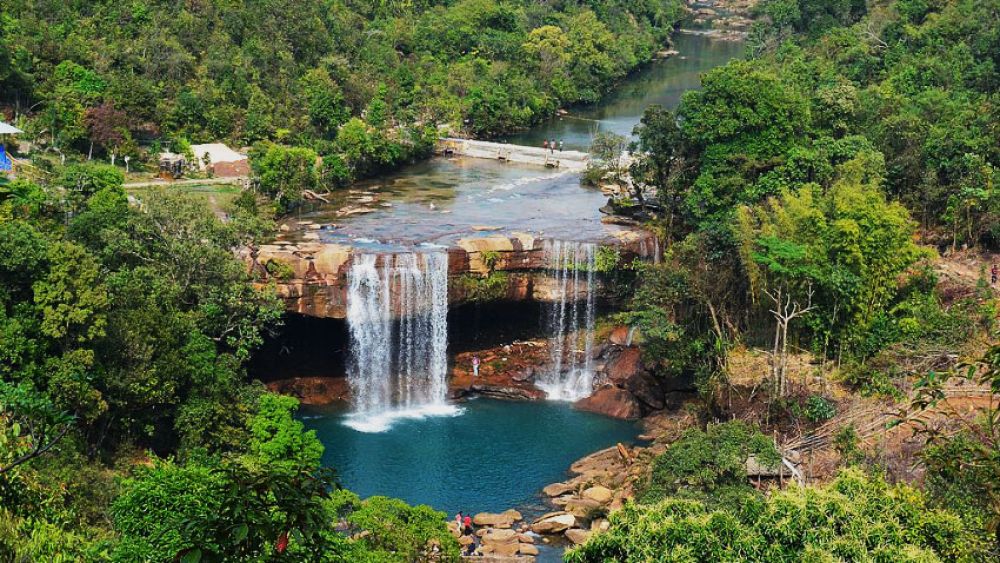
- North-East India
- Arunachal Pradesh
- View all 8 places
- Things to do
- Best time to visit
- Tourist Map
The North East region of India, comprising of the seven sister states – Assam, Arunachal Pradesh, Meghalaya, Tripura, Mizoram, Manipur, and Nagaland, along with the Himalayan state of Sikkim, is renowned for its breathtaking landscapes, diverse culture, and unique biodiversity. Deciding the best time to visit depends largely on what you want to experience. However, the most favorable period to explore this region is during the months of October to April .
Autumn (October to November)
The post-monsoon period of October and November is characterized by clear skies and the lush greenery from the monsoon season, which makes it an ideal time for sightseeing and trekking. The famous festivals like Durga Puja in Tripura and Ziro Music Festival in Arunachal Pradesh take place during this time.
Winter (December to February)
Winters in North East India are quite pleasant with cool temperatures, making it perfect for those who wish to avoid the more intense cold typical of northern states. This season also hosts several festivals such as the Hornbill Festival in Nagaland and the Tawang Festival in Arunachal Pradesh.
Spring (March to April)
Spring blossoms in North East India are a sight to behold. With moderate temperatures and the natural world coming to life, this is a beautiful time to visit wildlife sanctuaries like Kaziranga National Park in Assam and enjoy the exquisite flora.
While the period from October to April is ideal, traveling during the monsoon season from May to September can be challenging due to heavy rainfall causing landslides and travel disruptions, but the region holds a unique charm during this time as well with its lush green landscapes and cascading waterfalls.
Places to visit in North-East India
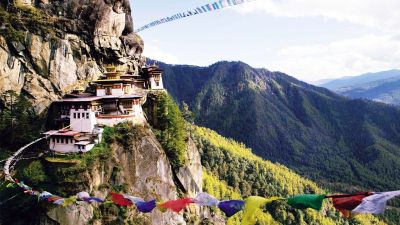

- Best Time to Visit India
Best Time to Visit North East India
North East India comprises eight states namely Assam, Arunachal Pradesh, Manipur, Meghalaya, Mizoram, Nagaland, Sikkim, and Tripura. These incredible states boast awe-inspiring landscapes, crystal clear blue waters, verdant greenery, and unexplored hills. It attracts a large number of tourists from all over the world throughout the years but still, every place has an ideal time to visit while every season has something in its pocket to give to different kinds of travelers. The best time to visit North East India is from October to mid-May.
Here we have discussed the best time to go to the Northeast and the different seasons with what they offer to the visitors. Take a look.
North-East India in Summer (March to June)
The temperature in North East India varies according to the region and elevation of the place. It goes from cool to scorching accordingly. The temperature lies within the range of 10°C to 38°C. The high-altitude regions of North East India such as Arunachal Pradesh, Sikkim , Nagaland, and Meghalaya have a mean summer temperature between 15°C to 20°C. Summer is the best time to travel North East India if you are planning a tour to the northern parts of the states.
The weather becomes pleasant and comfortable for sightseeing and trekking . While the plains of North East India suffer from the scorching heat during this time. It is advisable to carry cotton clothes, sunscreen, sunglasses, and water bottles if you visit the plains of Assam. And carry woolens for the hill stations.
North-East India in Monsoon (July to September)
North East India receives moderate to heavy rainfall and temperature varies from cold to hot. In the higher altitude region, the temperature becomes chilly while in the equatorial regions it remains balmy. The monsoon brings lush greenery, enchanting views of the landscapes, and pleasant weather, which is the perfect season to visit northeast India for nature lovers.
The exquisite beauty of North East India increases many folds during this time. The hills, lakes, valleys, rivers, waterfalls, and plantations shimmer with emerald beauty. Monsoon is North-East India's best time to visit to experience the lush and plush of the region. It is advisable to carry an umbrella and raincoat to enjoy the tour.
North-East India in Winters (October to February)
The weather during the winter season in North East India varies from chilly to biting cold in the regions of the states. On average, the temperature remains between 12°C and 22°C. But the higher altitude regions such as Sikkim and Arunachal Pradesh receive heavy snowfalls and the temperature drops to sub-zero. While in the plains of North East India which includes Assam, Tripura, and Mizoram experience chilly and pleasant weather during this time. There is no doubt that winter is the best weather to visit in North East India.
The snow-blanketed places look so breathtaking during winter that makes it the best time to travel to northeast India. North East India hosts a few famous festivals which include the Hornbill Festival , Ziro Festival, and Majuli Raas Mahotsavam. Carry your thermals, winter jackets, beanie, moisturizer, and lip balm with you.
Recommended Tour Packages
Subscribe Our Newsletter for get latest updates


- North East & East India Travel Guide
Northeast India & East India Travel Guide
Northeast India and East India, two regions of extraordinary geographical diversity and cultural richness, welcome you to embark on a captivating voyage. From the lush green landscapes of Assam in the north to the Bay of Bengal in the east, these regions offer a mosaic of experiences for intrepid travelers.
Explore Northeast India & East India – A Tapestry of Geography and Culture
From the pristine beauty of the Himalayas to the serene beauty of the Brahmaputra River, Northeast India and East India are a treasure trove of diverse landscapes. They’re home to a rich mosaic of cultures, languages, and traditions that have thrived for centuries.
Northeast India & East India – The Eastern Enchantment
The northeastern and eastern regions offer an enchanting mix of natural wonders and cultural diversity. Explore the tea gardens of Assam, trek through the lush landscapes of Sikkim, or experience the rich biodiversity of the Sundarbans in West Bengal.
Northeast India & East India – The Historical Heritage
Delve into the historical treasures of these regions, where echoes of the past resonate through time. Marvel at the ancient temples of Odisha, explore the architectural wonders of Kolkata, or immerse yourself in the rich tribal heritage of Nagaland.
The Cultural Kaleidoscope
Northeast India and East India are cultural hubs, with cities like Guwahati, Kolkata, and Bhubaneswar offering a blend of tradition and modernity. It’s a region where you can witness ancient rituals and contemporary lifestyles coexisting harmoniously.
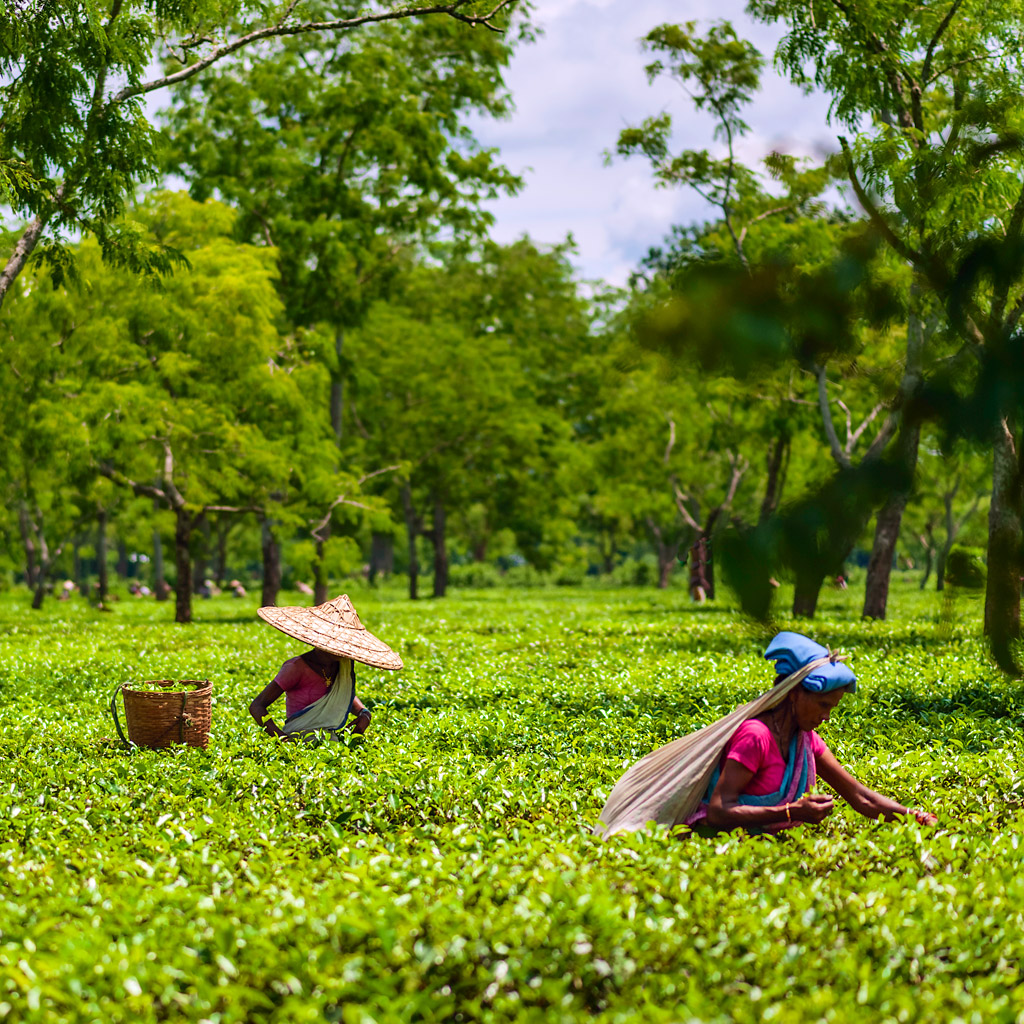
Vacation Packages By State

Assam Vacation
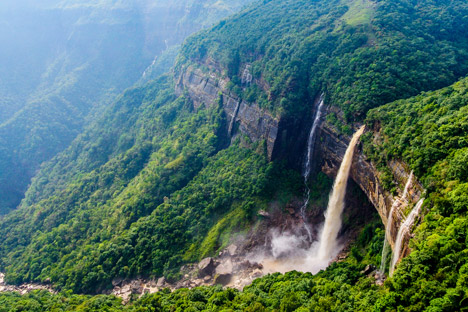
Meghalaya Vacations
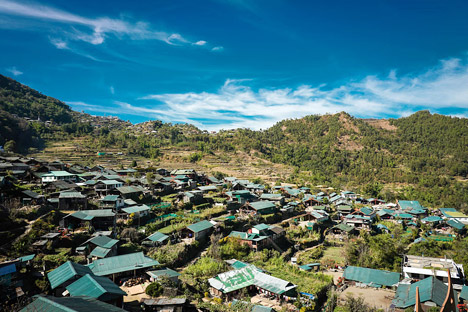
Nagaland Vacations
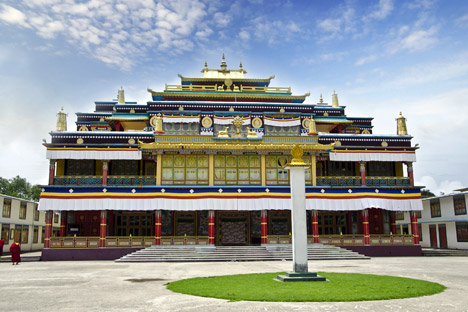
Sikkim Vacations
Travel guide by best time to visit.
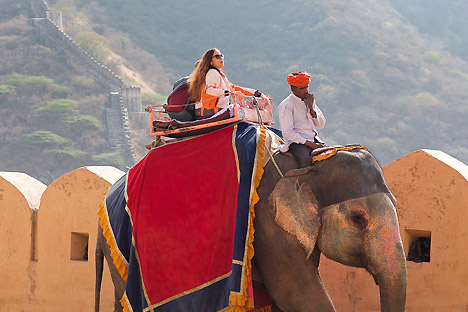
Best Time to Visit India in January

Best Time to Visit India in February

Best Time to Visit India in March
Travel guide by experiences.

Adventure Vacation

Yoga & Ayurveda Vacation

Cruise Vacations

Family Vacation Packages
What are the must-visit destinations in northeast and east india.
Explore the serene landscapes of Northeast India, including Meghalaya’s living root bridges and Assam’s tea estates. In East India, discover the cultural richness of Kolkata, the temples of Bhubaneswar, and the historical city of Varanasi.
When is the best time to visit Northeast and East India?
ortheast India experiences a different climate from East India. Learn about the ideal seasons for travel, from the monsoon-free months to the festival seasons, in our regional weather guide.
What are the unique cuisines of Northeast and East India?
Delight your taste buds with diverse Northeastern cuisines like Assamese, Manipuri, and Sikkimese dishes. In East India, savor Bengali sweets, Odia delicacies, and Bihari specialties. Explore our food guide for a culinary journey.
How can I explore the diverse cultural heritage of Northeast and East India?
Discover tribal traditions in Northeast India and explore the ancient temples and historical landmarks in East India. Our cultural exploration guide provides insights into the rich heritage of both regions.
Are there any offbeat destinations worth exploring in Northeast and East India?
Uncover hidden gems and lesser-known destinations for a unique travel experience in both Northeast and East India. Our offbeat travel section highlights undiscovered treasures.
What are the famous festivals celebrated in Northeast and East India?
Immerse yourself in the cultural celebrations of festivals like Bihu in Assam, Hornbill Festival in Nagaland, and Durga Puja in West Bengal. Our festival calendar details the dates and traditions.
What are the famous wildlife sanctuaries and natural attractions in Northeast and East India?
Encounter diverse flora and fauna in wildlife sanctuaries like Kaziranga in Assam and Sundarbans in West Bengal. Explore our wildlife guide for nature enthusiasts.

VIDEO
COMMENTS
Peak Season - If wanderlust is what you're craving, then North East India during the golden months of March to June is the best time to visit. These ever-blooming days are ideal for exploring the tribes, trails and teas of this magnificent region. Shoulder Season - October to February. Low Season - July to September. Travel Seasons.
The North East from October to March. Winter comes over the hills of North East India at the end of October and lasts till the beginning of March. Although certain regions experience harsh winters, yet, certain places are worth visiting during these months. The temperature during the daytime might fluctuate between 12℃-22℃, and as night ...
The best time to visit North East India is outside the monsoon, which affects the region from June to September; June is the wettest month. Then, it's a case of checking the weather in the states you plan to visit; as this is such a large area, temperatures and climates vary. There can be a difference of over 10°C between the foothills of ...
Best Time To Visit North East India. Owing much to its stunning location wherein North-East India shares its borders with the neighbouring countries of Tibet, Bhutan, Bangladesh, and Myanmar, the whole region is dominated by hills and mountains to a large extent.
What is the best time to visit North East India? The best time to visit the northeast region is from October to mid-May. This is the dry period though you can get occasional showers in this time as well. Due to its varied geography, the temperature of the region varies drastically depending on the altitude. The northern part is influenced by ...
Best Time to Visit North East India. Generally, the best time to visit Northeast India is during the summer, but it mostly depends upon the places you wish to cover during your trip. The temperatures vary high according to the region and elevation of the place. The high-altitude region of Arunachal Pradesh, Sikkim, Nagaland, and Meghalaya have ...
Loktak Lake, one of the largest inland bodies of water in India, is one of the most memorable highlights of the Northeast States. Just an hour from Manipur's capital, Imphal, the landform is known as the 'floating lake' due to the presence of phumdis, large masses of vegetation that float on the lake's surface.
Winter season is also an ideal time for your visit to northeast India if you want to explore Kaziranga National Park and experience the cultural extravaganza at the Hornbill Festival. Average day temperature in the region during winter months: Ranges between 12 degree Celsius to 22 degree Celsius. Average night temperature in the region during ...
Northeast India is a land of mesmerizing beauty, rich cultural heritage, and breathtaking landscapes. Every different season has its own beauty. In this comprehensive guide, we will delve into the three distinct seasons of North East India and provide insights into the best time to visit based on weather, experiences, and local festivities.Table of content:Best season to visit Northeast India ...
The best time to visit North East India is between October and April. Due to heavy monsoon rains at other times, traveling becomes very difficult and possibly dangerous due to the possibility of landslides. Also, these months mark the winter season in the higher parts of the Himalayas, so, it will be pretty cold there. Interestingly, December ...
The summer season from March to May is quite bearable North East India region as the temperature does not soar much high. However, the humid weather can be a little disturbing for it makes you sweat a lot. Nevertheless, it is one of the best times to visit the northeast. Some states witness abundant rainfall even in summers like Assam and ...
So, in conclusion, the general best time to visit Northeast India is between the months of March to November. You can also visit in between December to February in places like Ziro, Tawang, Shillong, Dzuko valley to experience the icy weather and fun ( ) adventures. Best time to visit North East India is it safe to visit north east india in ...
Monsoon is the best time to visit northeast India if you want to witness the real green. Image Credits: Google Images. Temperature. The temperature fluctuates between 9°C and 35°C during the monsoon. Though the temperature seems to be okay, there are chances of heavy rainfall at times.
India's vastness means there are diverse weather systems and microclimates to consider when choosing the best time to visit. In the country's north-east regions, altitude can also affect the temperature. You may even want to bear in mind a variety of interesting festivals and the spiritual calendar!
The Akhaura border crossing is just 3km from Agartala and is the best option for the Northeast region as there are regular trains from Akhaura to Dhaka on the other side. There is also another border crossing into Bangladesh from Meghalaya called Tamabil, which is only 2km from the town of Dawki in Meghalaya.
Best Time to Visit. The most ideal time to visit the India-Myanmar Pine Forests is between October to March when the temperature stays between 11 - 21 degree celsius and the weather is soothing and just perfect. The valley glows green and present a beautiful sight. Summer season lasts only for two months between March to April and the weather ...
The biggest Orchid park in the North East belt in India, this park hosts 500 varieties of wild orchids, 132 species of fruits and vegetables, various species of bamboo, cane and other plants. After a tour of the Orchid park, you can head back to Tezpur from Kaziranga and spend the night in Tezpur.
Northeast and East India are renowned for their stunning natural beauty, rich history, and cultural diversity. These regions beckon travelers throughout the year, offering a unique and captivating experience each season. Whether you're in search of misty mountains, serene beaches, or vibrant cultural celebrations, the best time to explore Northeast and East India varies by season.
Discover The Ideal Season To Visit North-East India For An Unforgettable Experience. Learn About The Weather And Attractions That Make North-East India A Must-visit Destination Year-round. ... and unique biodiversity. Deciding the best time to visit depends largely on what you want to experience. However, the most favorable period to explore ...
The high-altitude regions of North East India such as Arunachal Pradesh, Sikkim, Nagaland, and Meghalaya have a mean summer temperature between 15°C to 20°C. Summer is the best time to travel North East India if you are planning a tour to the northern parts of the states. The weather becomes pleasant and comfortable for sightseeing and trekking.
North East & East India travel guide offers information about the region's tourist attractions, festivals, historical wonders, and best time to visit. ... When is the best time to visit Northeast and East India? ortheast India experiences a different climate from East India. Learn about the ideal seasons for travel, from the monsoon-free months ...
The North East of India comprises of seven sister states, and are an amalgamation of natural beauty and cultural richness. Verdant mountain ranges intermingled with spectacular dense forests, weaving through Buddhist stupas and monasteries, meandering roads, glacial lakes, and a climate to die for. ... this is the best time to visit the ...